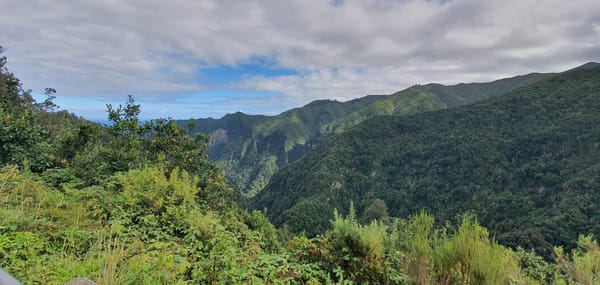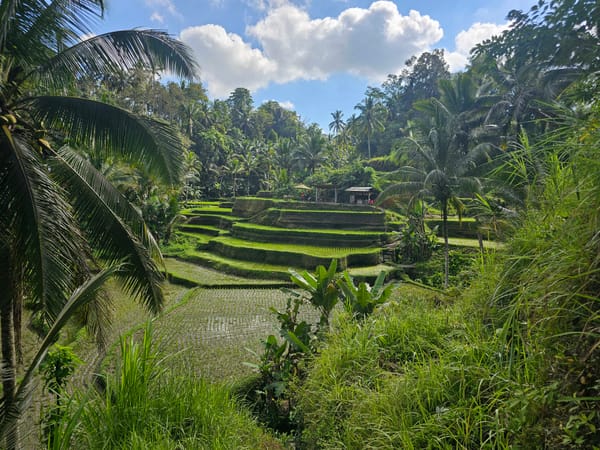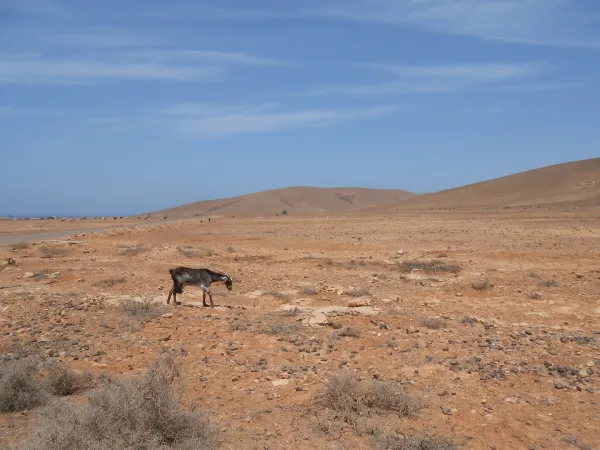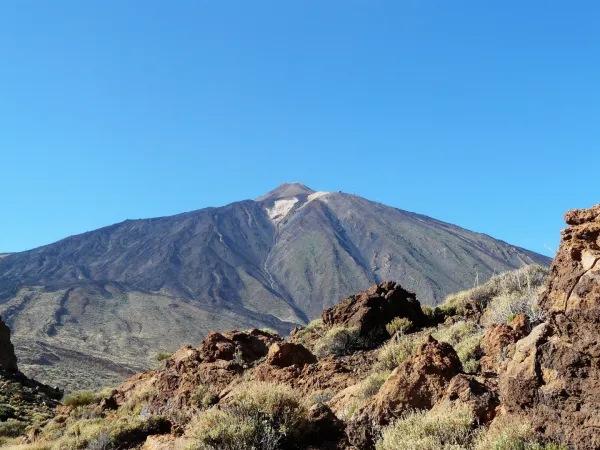Egypt
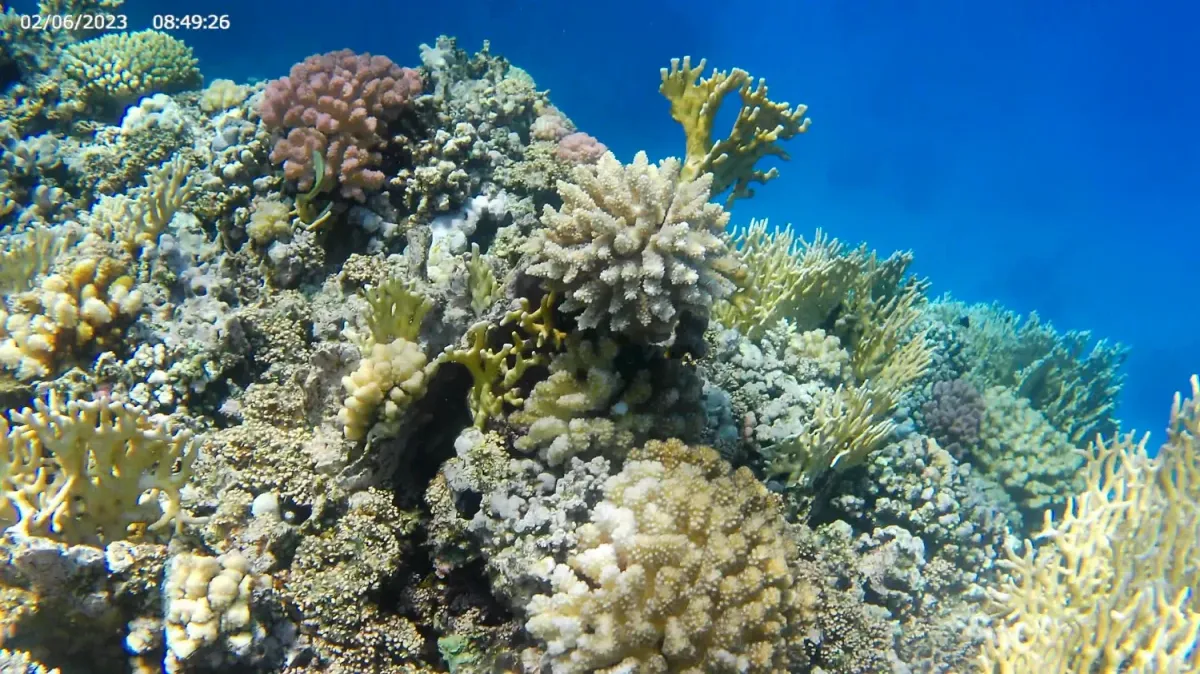
June 2023 10 days
This time, it was a standard holiday with a few main goals: #reef #snorkelling #dugong #ValleyOfTheKings #TheEgyptianMuseum.
We booked a flight and hotel package, as it was the best option. The charter flight with Enter Air took us from Warsaw to Marsa Alam, including 20kg of checked baggage and a small carry-on.
Marsa Alam Airport (MMA) is very small, so everything went quite smoothly.
Marsa Alam is an excellent option if you’re looking for beautiful sandy beaches, vibrant sea life, fantastic reefs, azure waters, peaceful deserts, and enclosed resorts far from mass tourism. It’s also still possible to reach Luxor and Cairo from here.
The Three Corners Fayrouz resort ticked all our boxes – far from everything except the sea! It has a beautiful house reef accessible from a long wooden jetty, plenty of space on the beaches, a vast area for evening walks, a diving centre, and the nearby Marsa Mubarak Bay.
The resort is a 15-minute drive from the airport, 10 minutes from Port Ghalib Marina, and 20 minutes from Marsa Alam. It’s an enclosed resort—quite large but very safe. While it’s impossible to walk to nearby locations, there are regular buses to Port Ghalib, and taxis are reasonably priced. On-site, there’s a pharmacy and a few shops (prices reflect the hotel’s standard, but it’s good to know you’re covered in an emergency).
One pleasant surprise was the separate VEGAN food section, and, as expected, the food was delicious—especially the freshly baked pita bread 🌱.
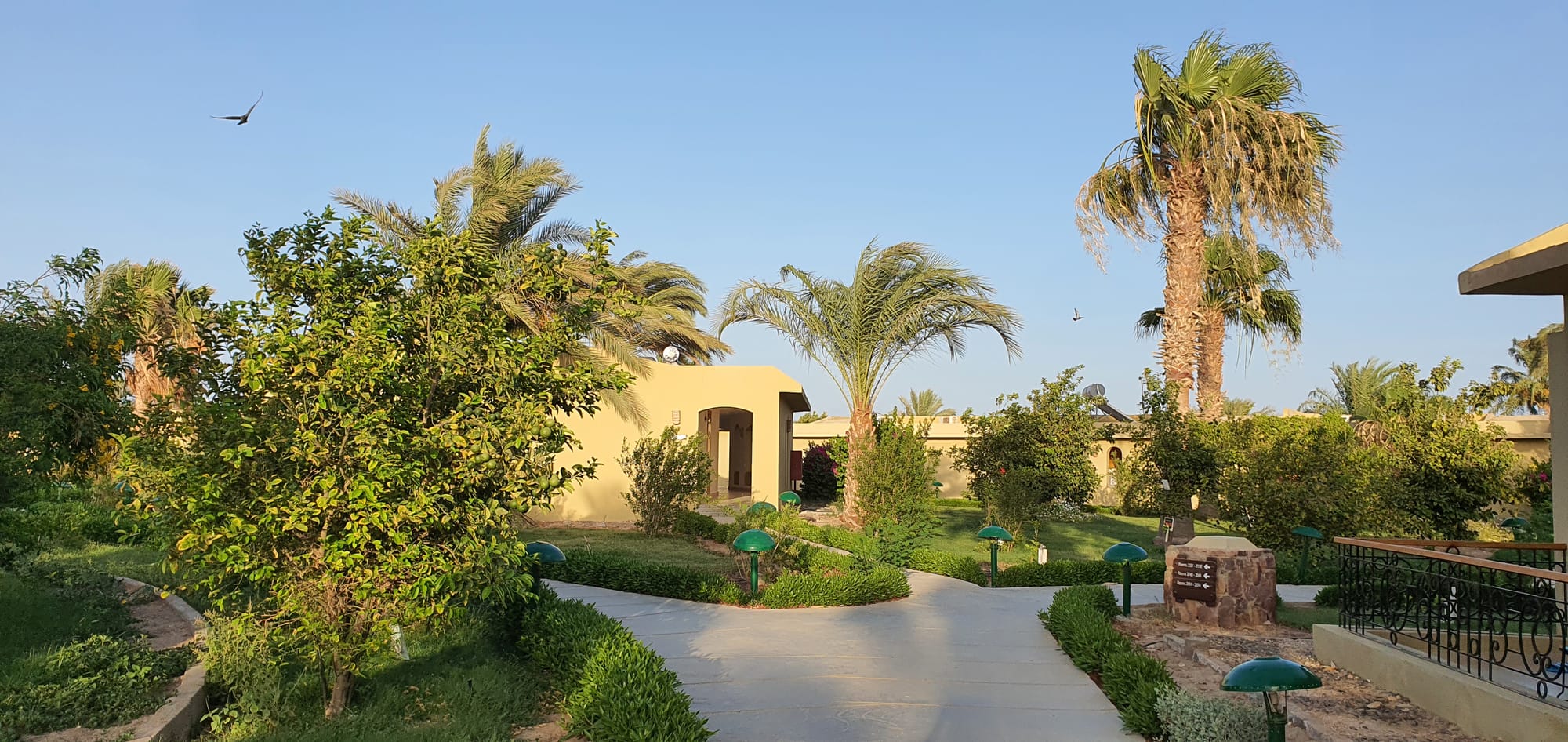
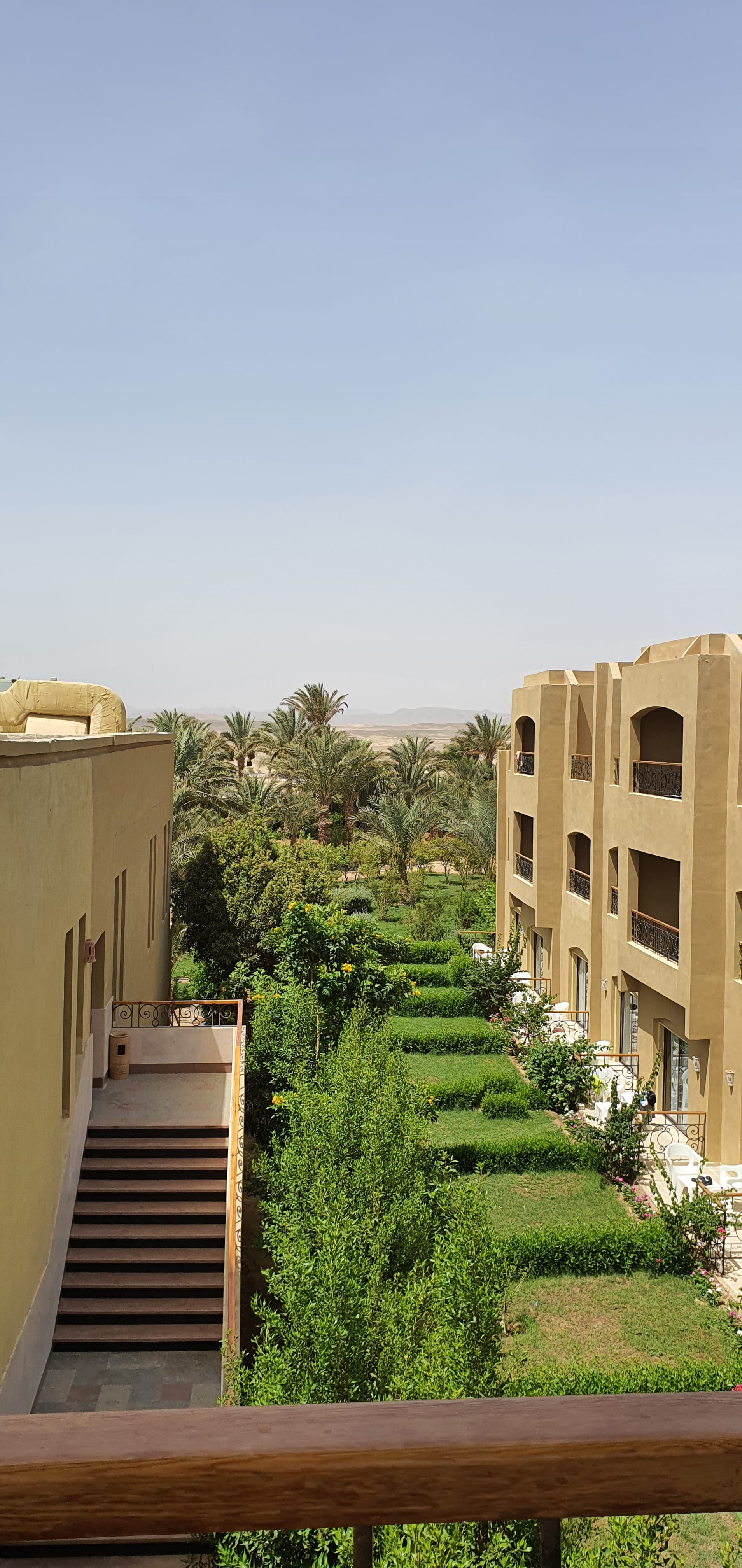
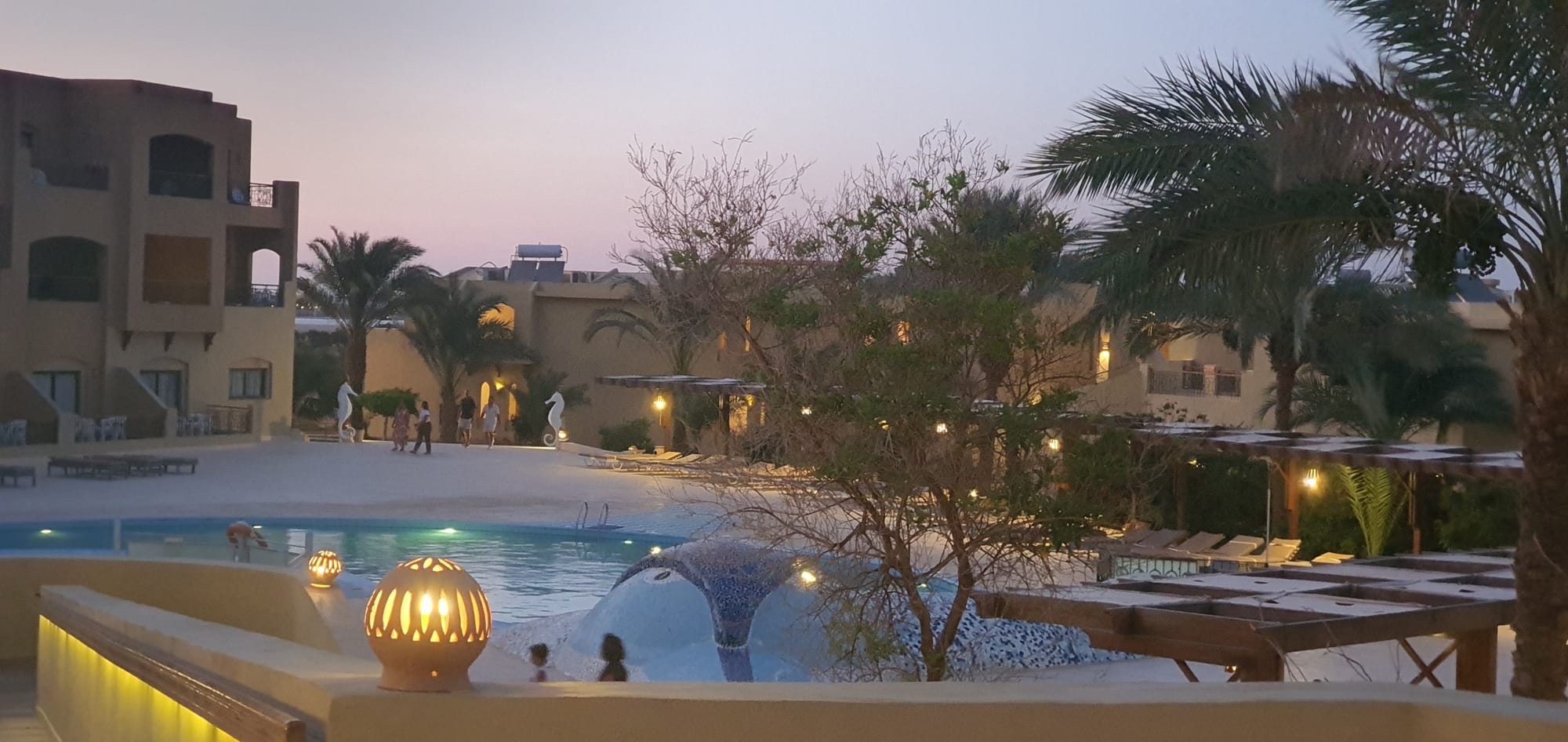
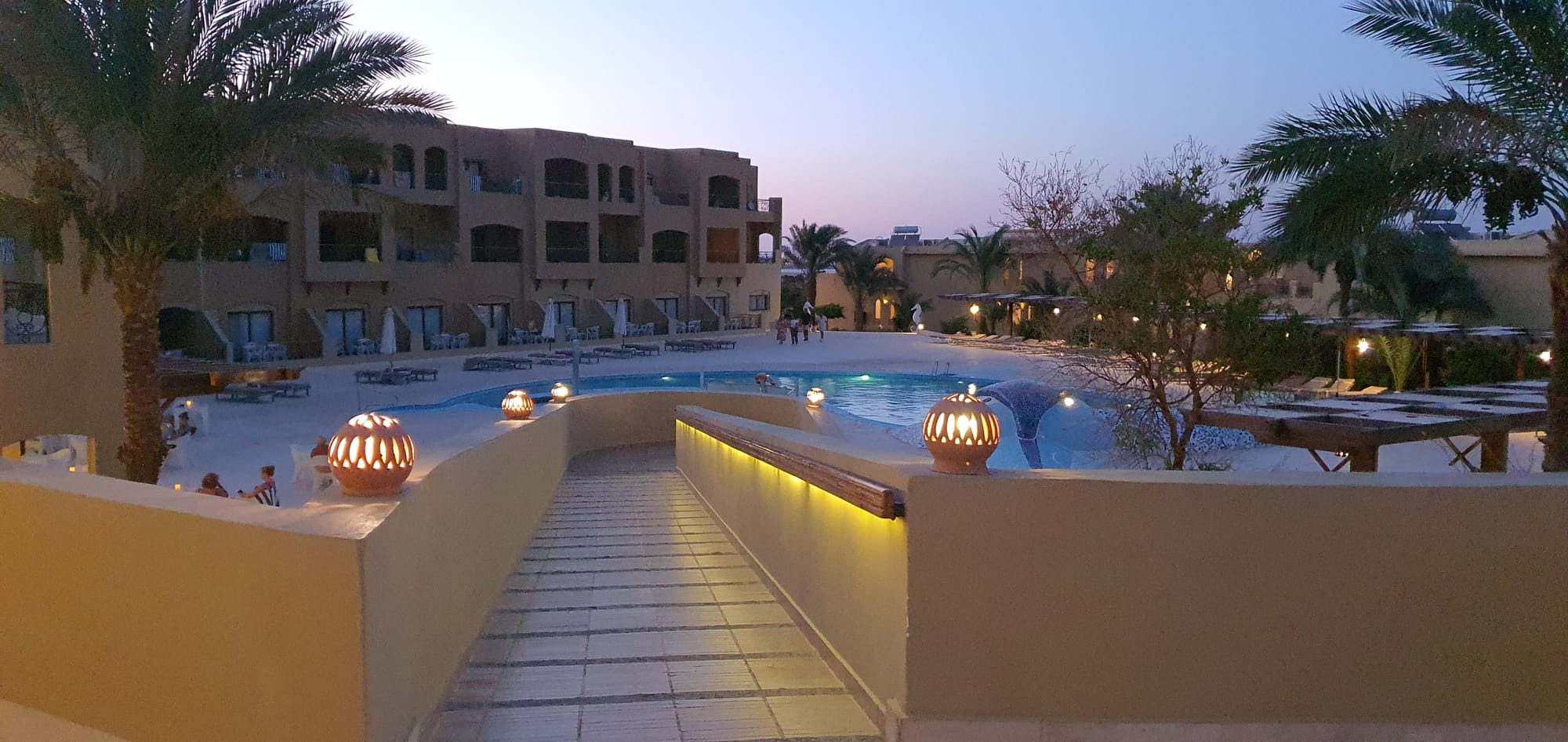
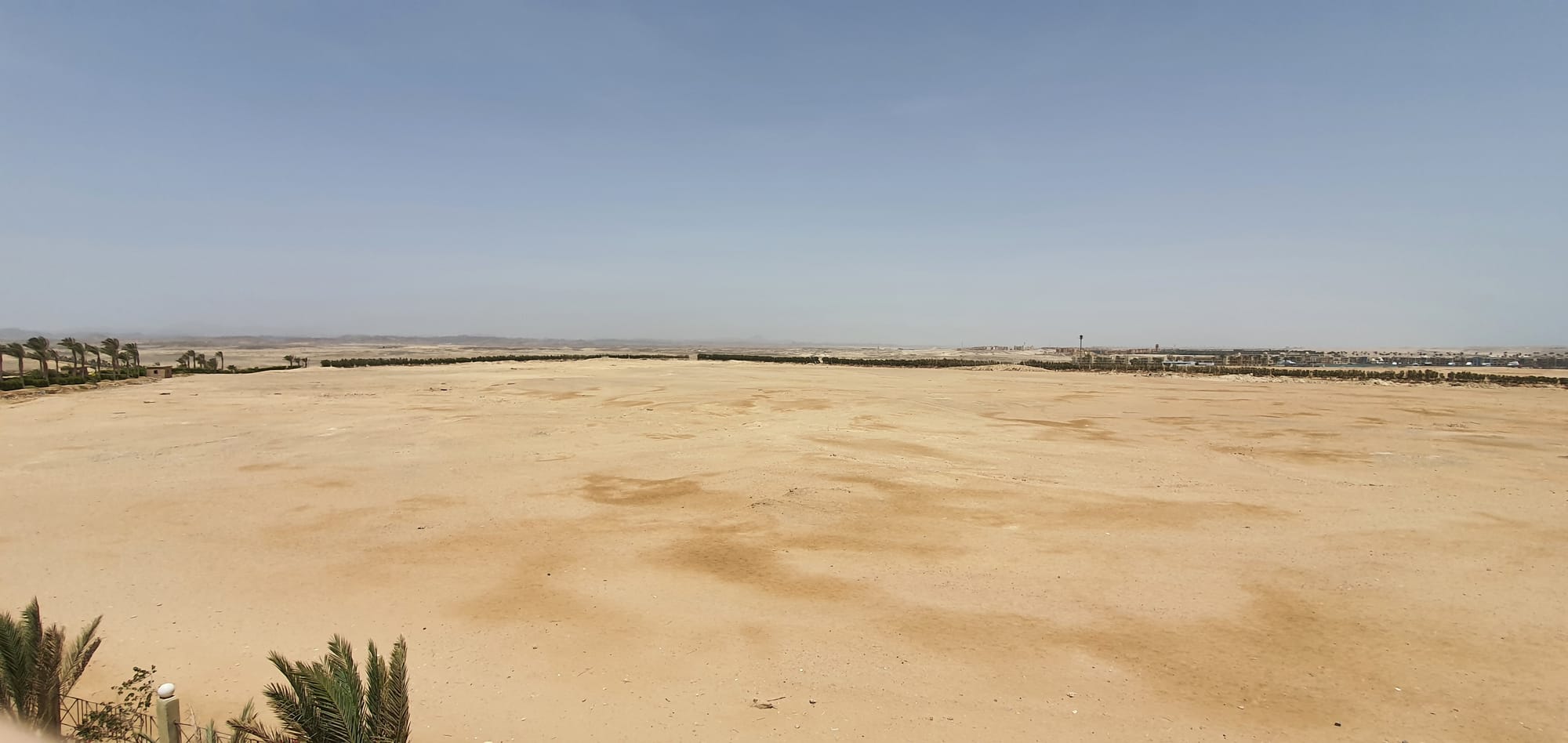
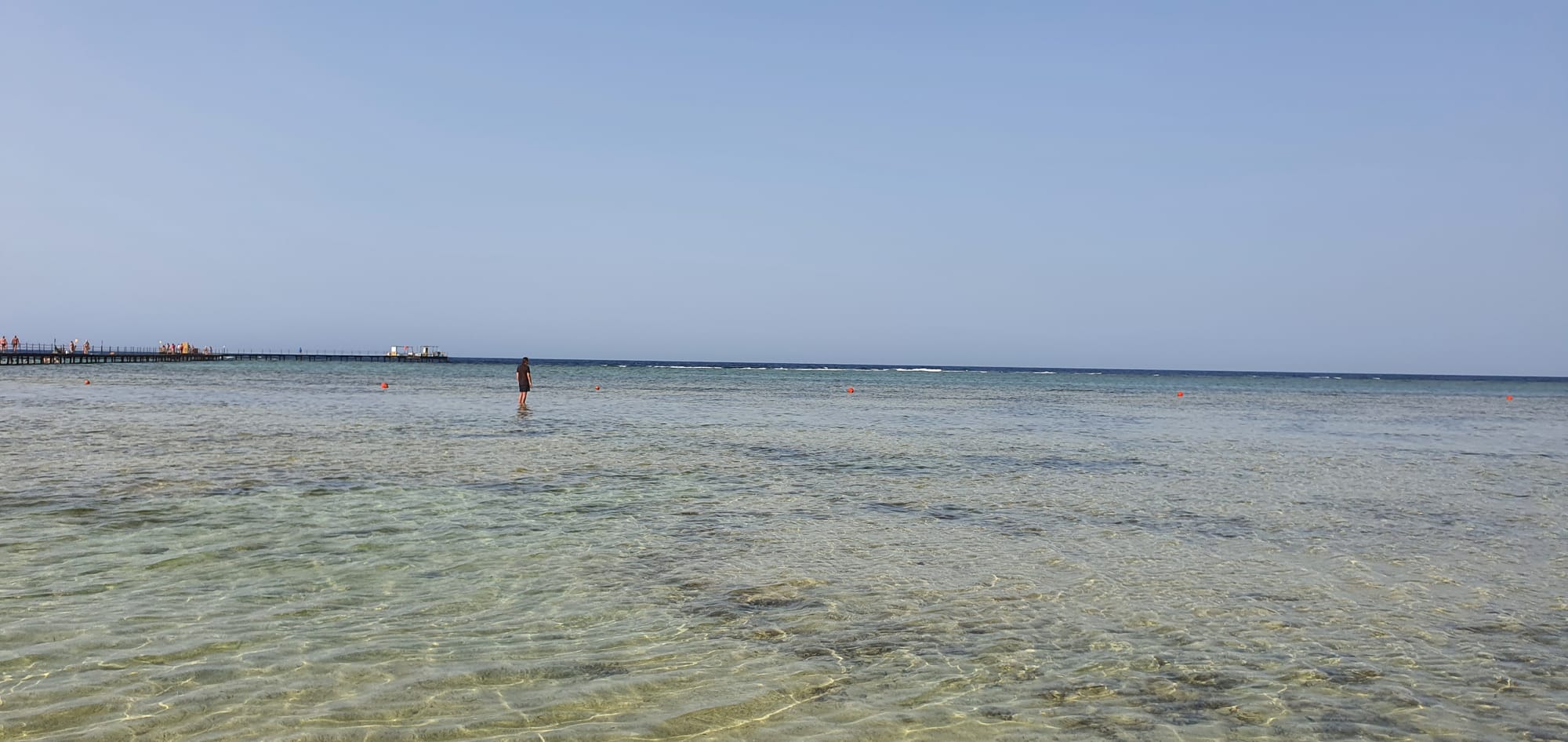
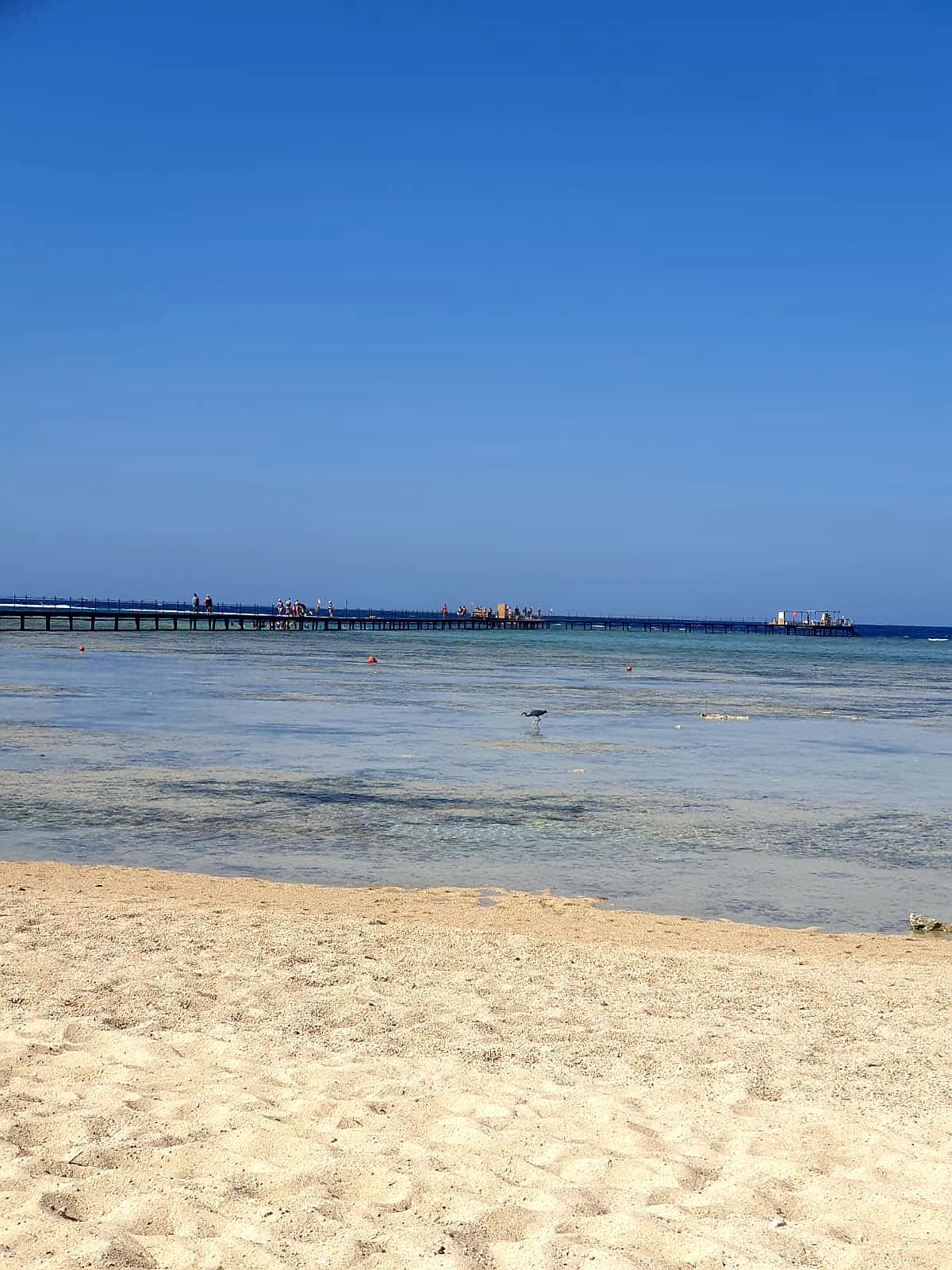
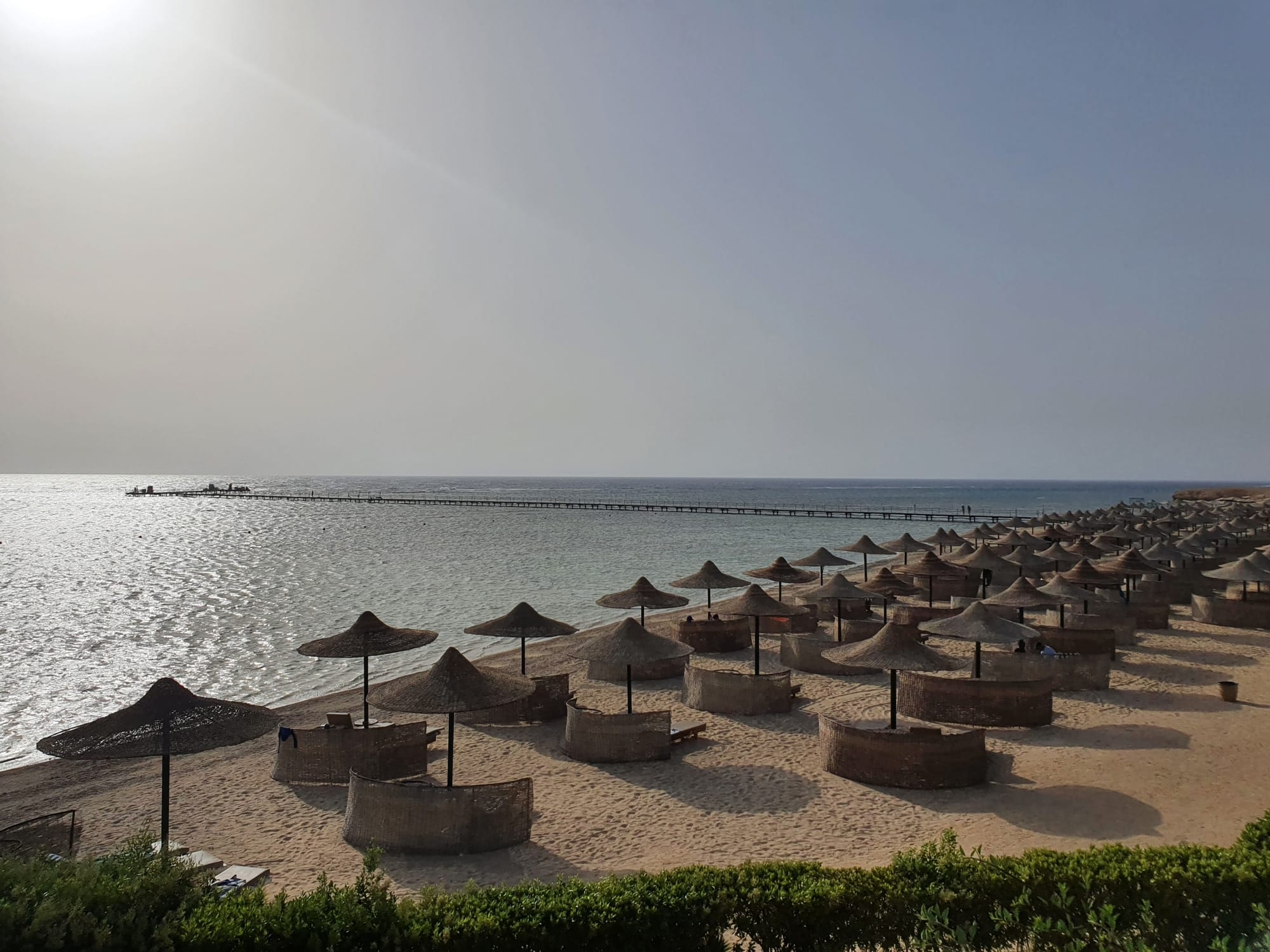
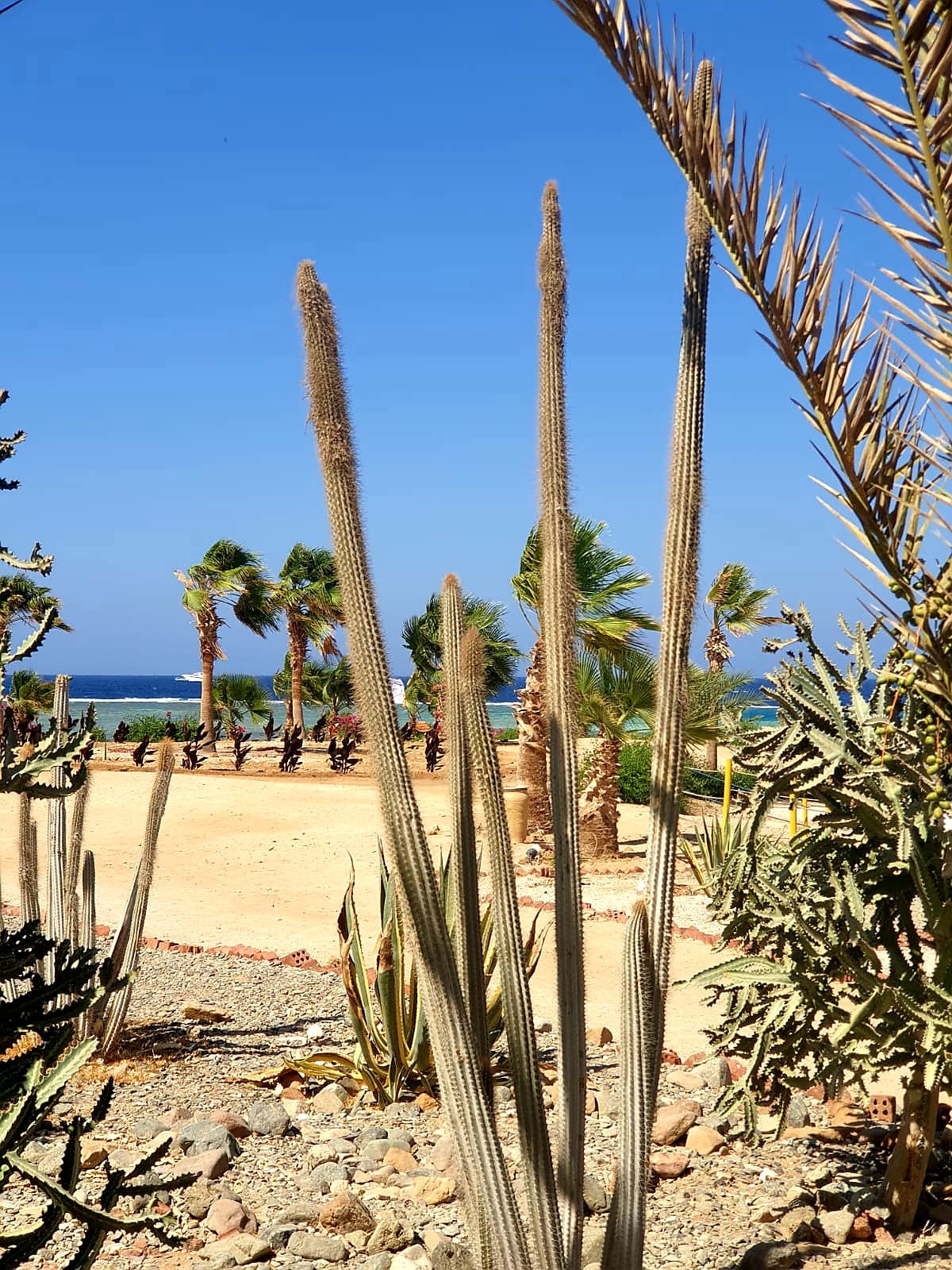
The House Reef: Fayrouz Reef
Unfortunately, the section of the reef close to the beach is dead. While it’s still great for fish watching, there are only a few corals left. Despite information boards at the hotel reception, on the beach, and in the information booklets in every room, some tourists simply do not care.
Do Not Stand or Walk on the Seabed! Every step damages the reef! There is plenty of space to stand near the beach in a designated sandy-bottom area located at the middle of the jetty entrance. It’s simple: do not stand or walk on the reef.
Use safety jackets! Safety jackets keep your body at the surface, making it harder to accidentally go too deep and damage the reef with your feet. Yes, they might feel uncomfortable and make swimming a bit harder, but when snorkelling, they make it easier to observe sea life, take photos and videos, or simply float and enjoy the view without effort.
Entry to the reef is via a wooden jetty. First Entrance (Middle of the Jetty) leads to a shallow lagoon full of fish. It’s a safe place for kids to snorkel and swim, and it’s usually popular with families. Unfortunately, this spot is not monitored by guards, so people often walk or stand on the seabed, causing damage.
Second Entrance (End of the Jetty, Left Side) leads to a lagoon teeming with beautiful corals and fish. The lagoon is small, but its edge quickly slopes into very deep waters. Third Entrance (End of the Jetty, Right Side) is primarily used by divers. It leads to a slope descending to a depth of up to 10 metres.

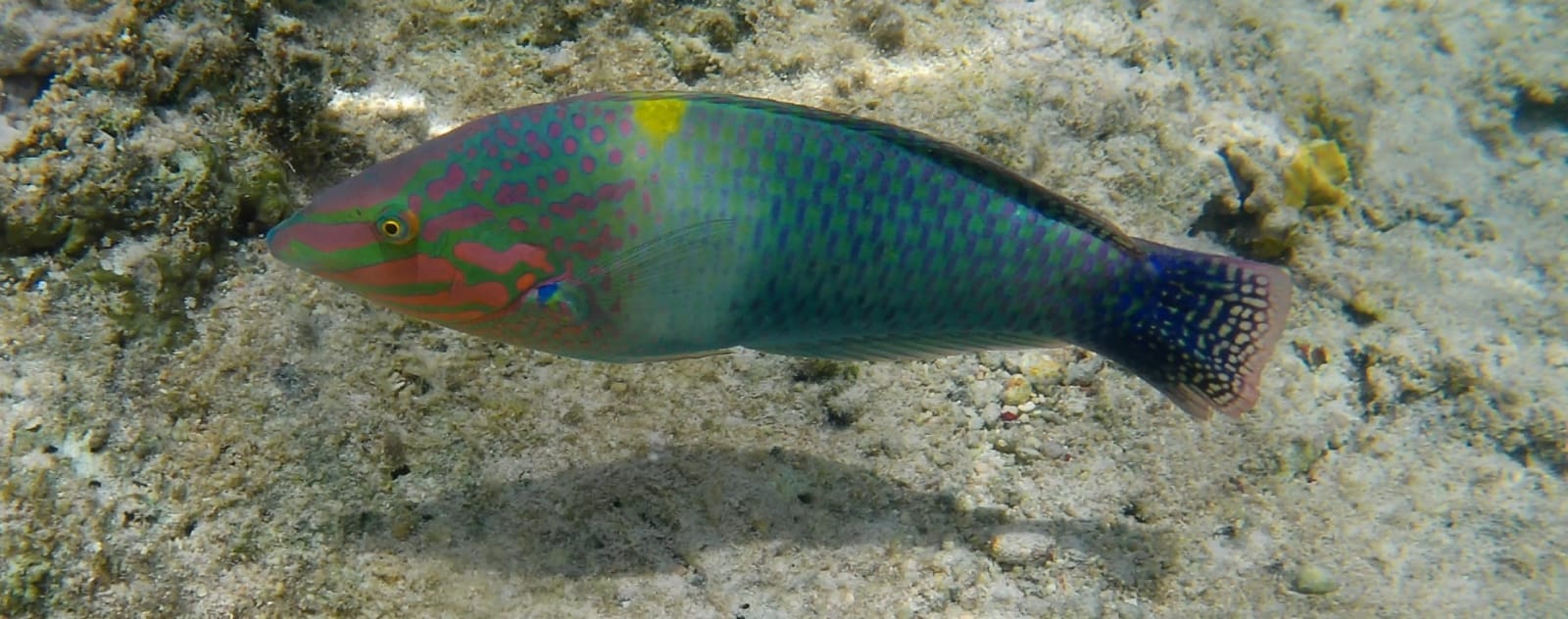
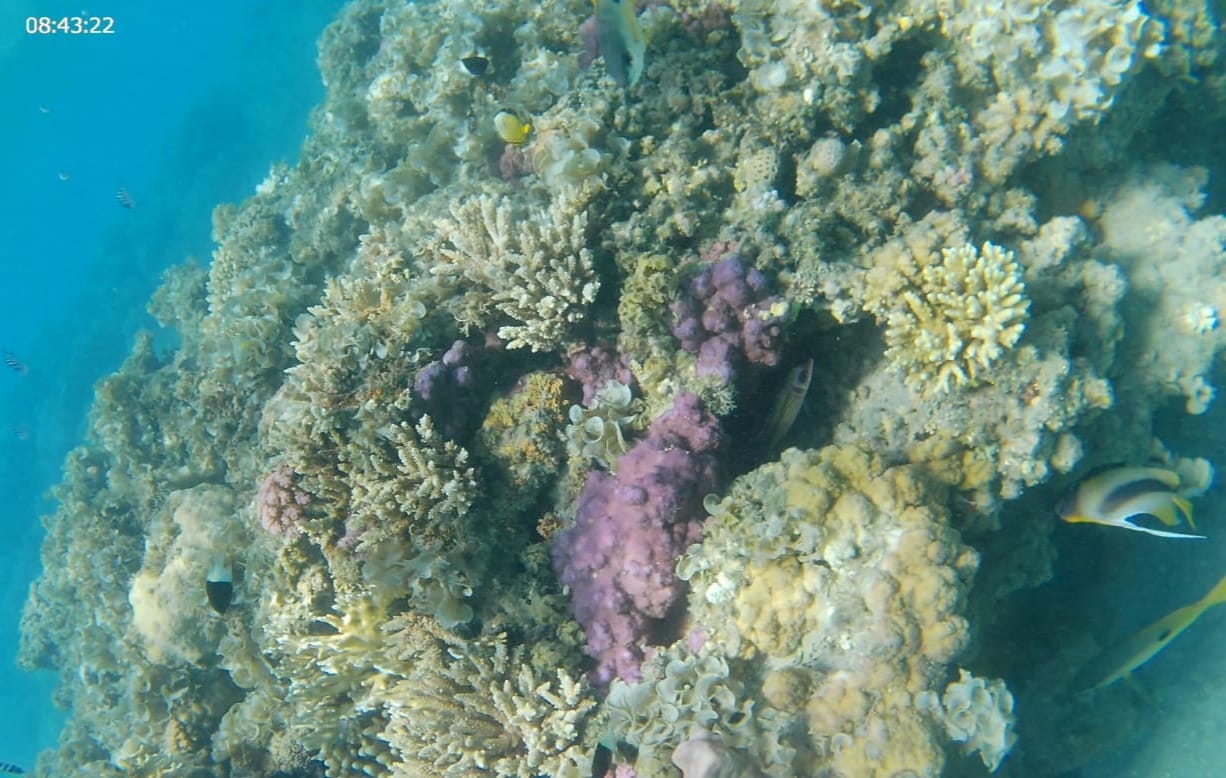
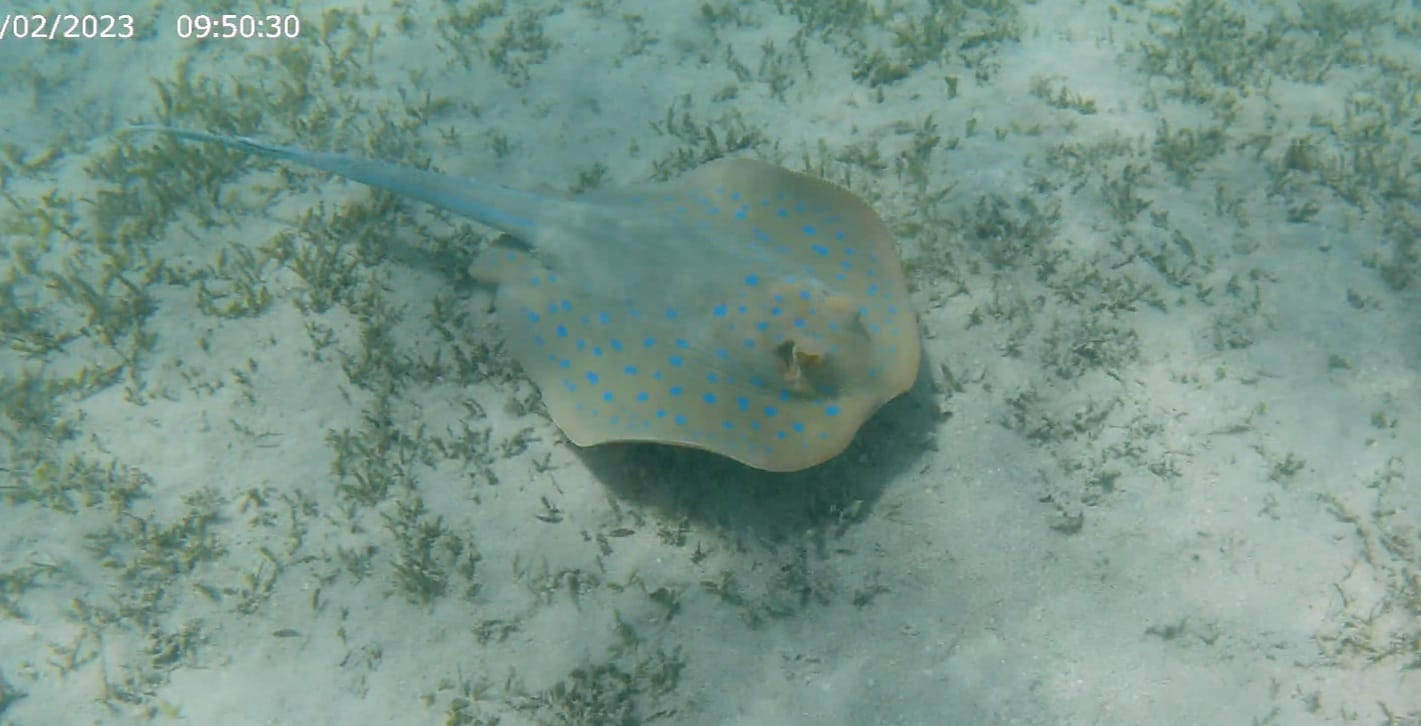
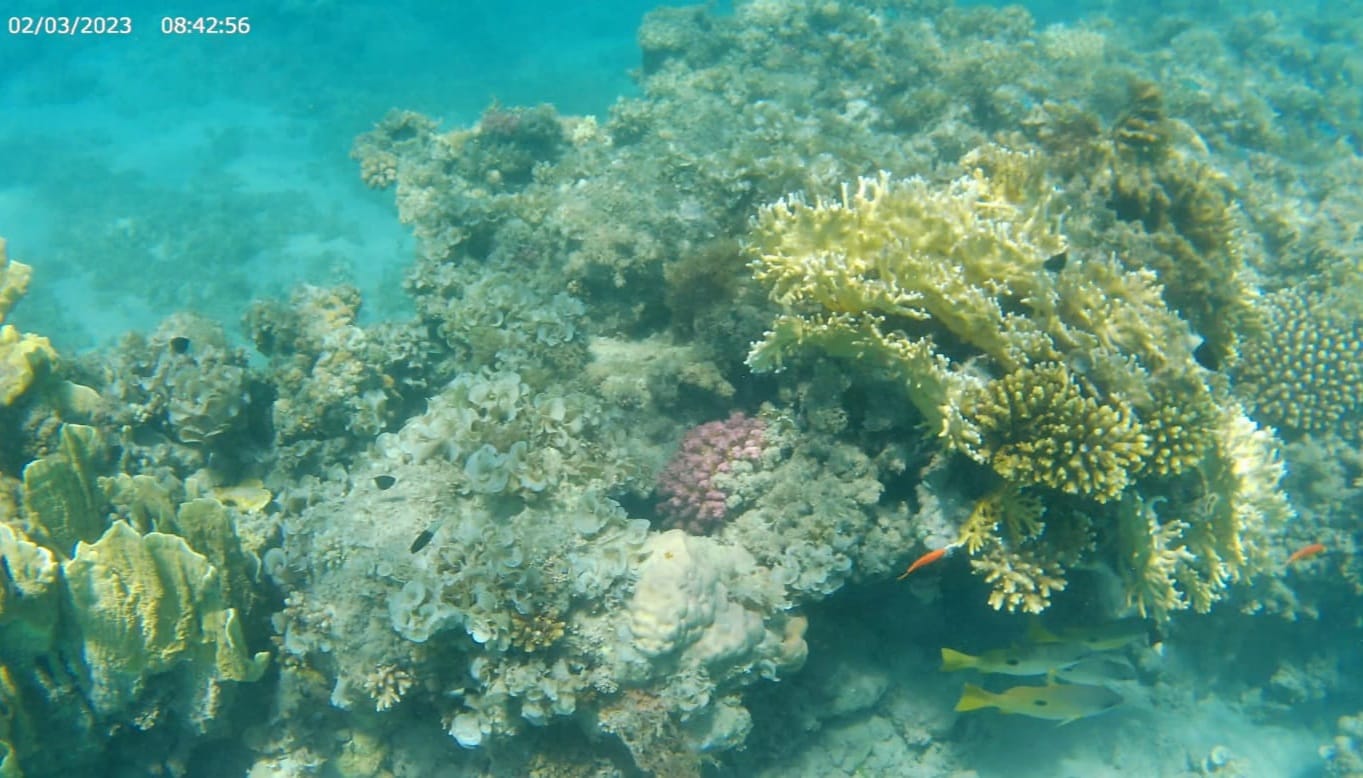
Diagonal butterflyfish / Red Sea raccoon butterflyfish Chaetodon fasciatus
Sohal surgeonfish Acanthurus sohal
Klunzinger’s wrasse Thalassoma rueppellii (Endemic to the Red Sea)
Cowtail stingray Pastinachus sephen
Bluespotted ribbontail ray Taeniura lymma
Red lionfish Pterois miles
Elegant unicornfish Naso elegans
Red Sea bannerfish Heniochus intermedius (Endemic to the Red Sea)
Regal angelfish Pygoplites diacanthus
Marsa Mumbarak Bay
Dugong
Dugong ‘is one of four living species of the order Sirenia, which also includes three species of manatees. It is the only living representative of the once-diverse family Dugongidae‘
more info: https://en.wikipedia.org/wiki/Dugong
We discovered that Marsa Mubarak, a small bay, is the best place to spot a dugong. Apparently, there used to be two, but now only one remains, feeding there regularly unless disturbed by tourist boats. The bay is a 10–20-minute walk from the beach of the Three Corners Fayrouz hotel. You can book a hotel near the bay, such as the Iberotel Costa Mares or Jaz Amara. However, neither looked nice, and both are quite expensive.
Iberotel Costa Mares or Jaz Amara– both didn’t look very good and both are rather expensive. The reef is nothing like the one in Three Corners Fayrouz but instead there are turtles everyday and dugong from time to time. The reef is accessible from boat and the path from Three Corners Fayrouz, the middle part of the bay is seagrass bed – the source of food for turtles and dugong. To meet the turtles you don’t need to be fit swimmer to see the dugong you need to swim a little bit further.
To see the dugon you need to get to the water very early 5am – 7am he knows that he needs to be ready to run away after 9am. From 9am the bay becomes invaded by tourists from the tourist boats, they’re usually gone by 5pm. The tourists behaviour is appalling!
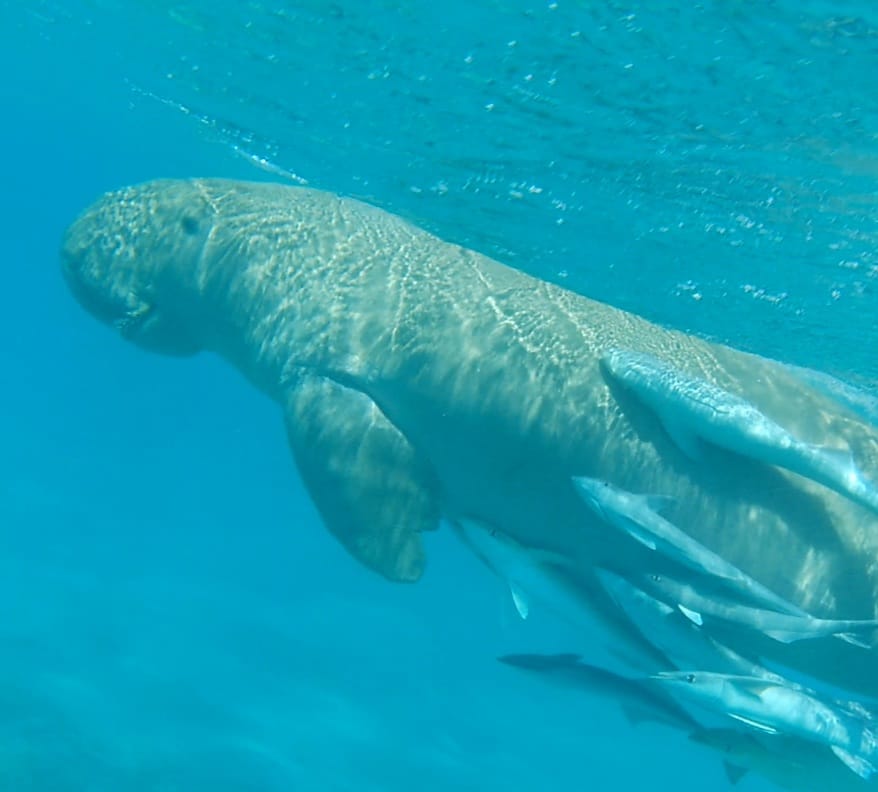
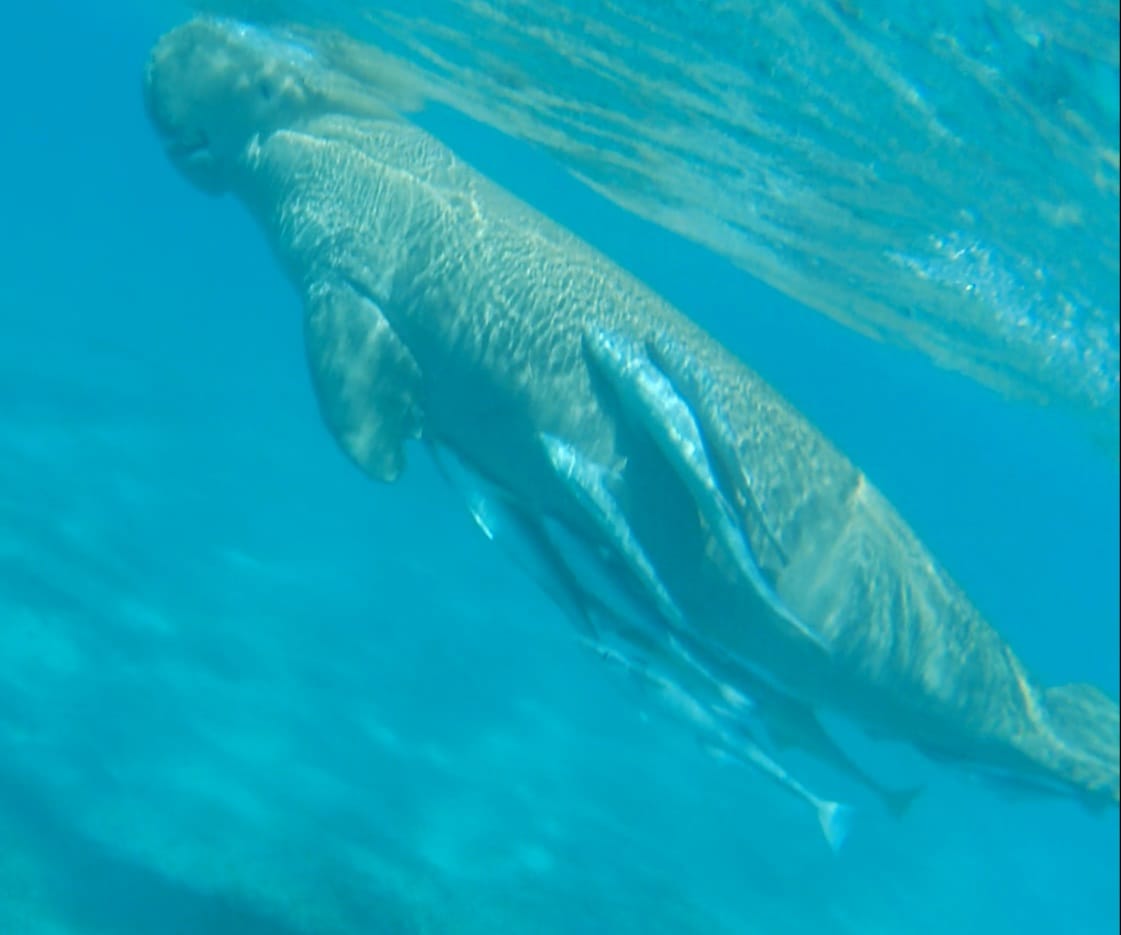
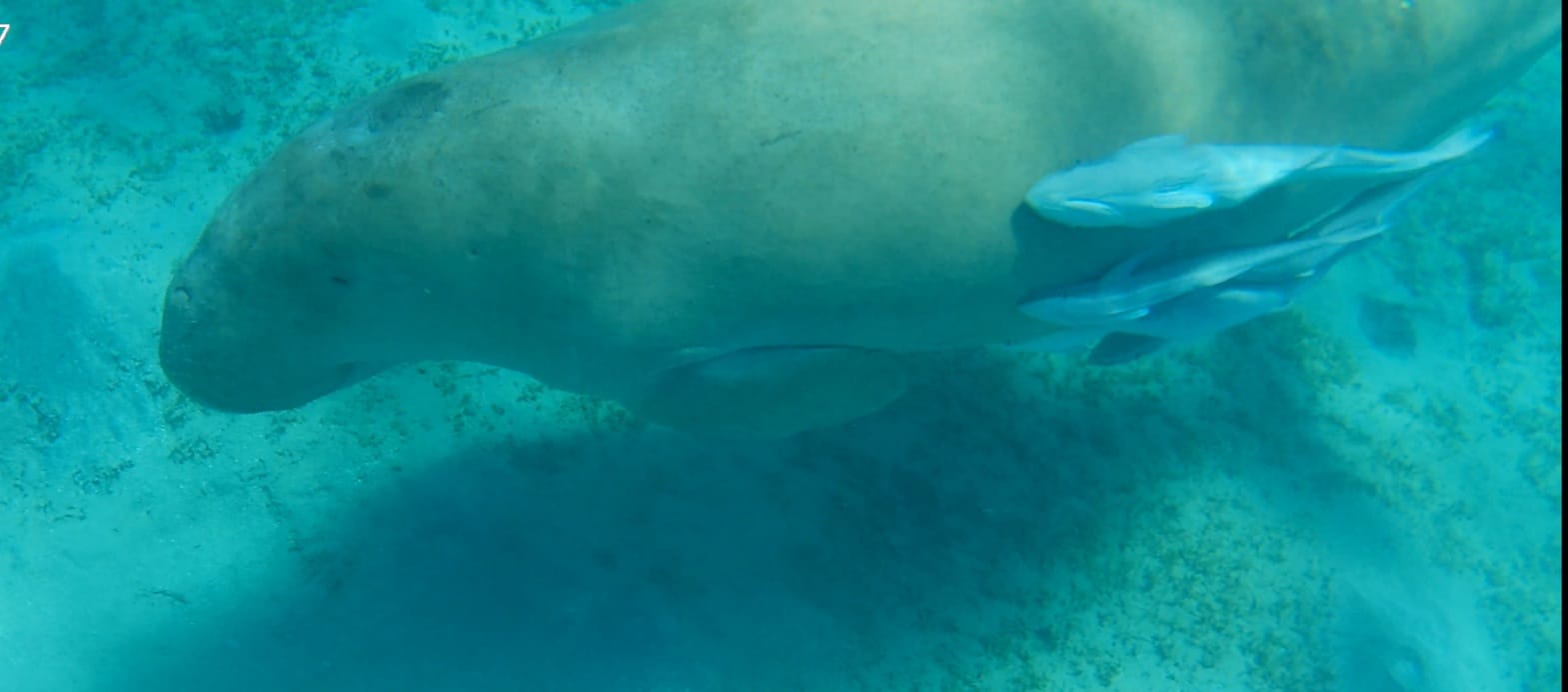
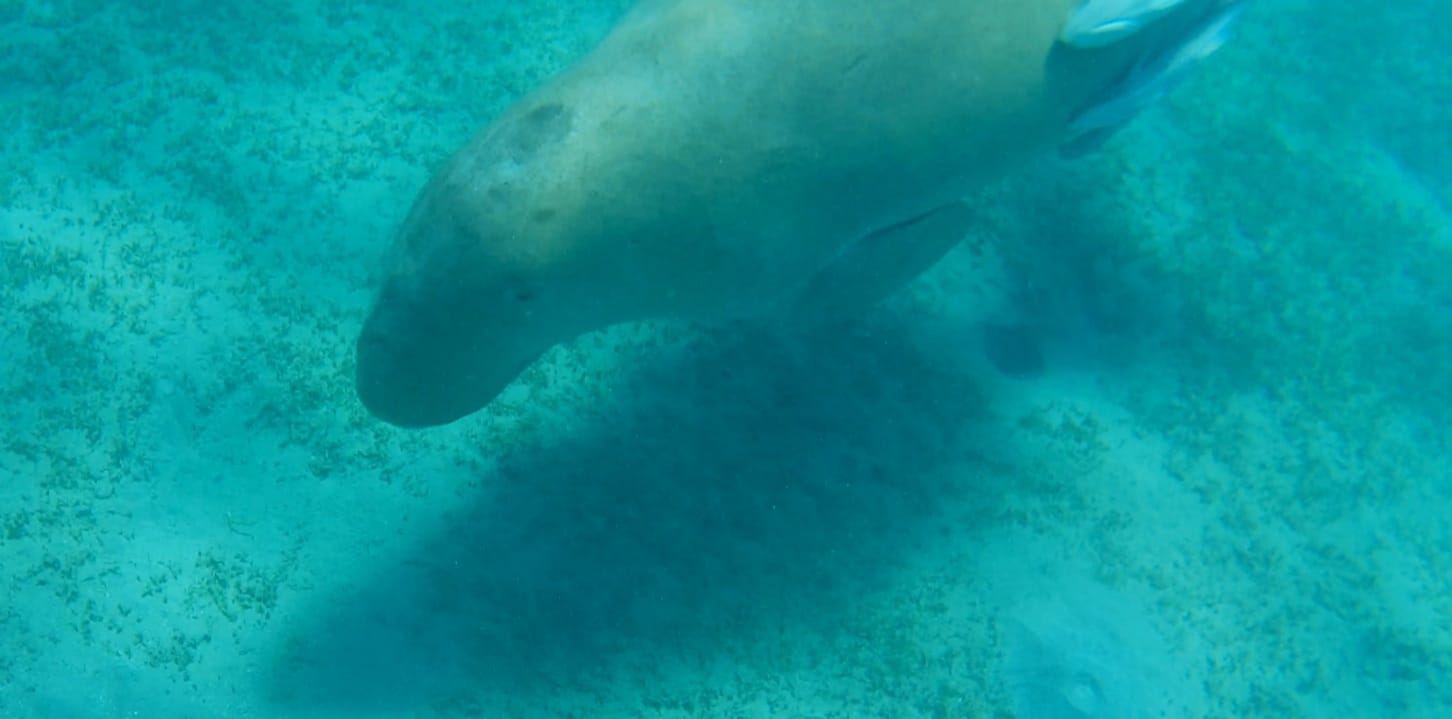
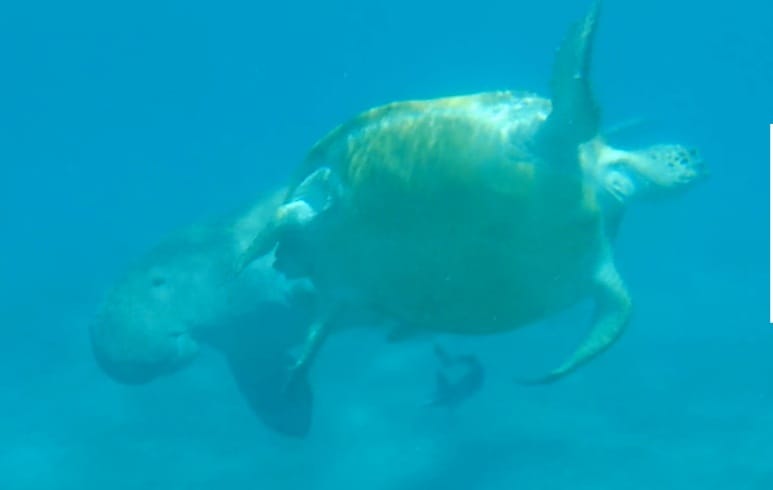
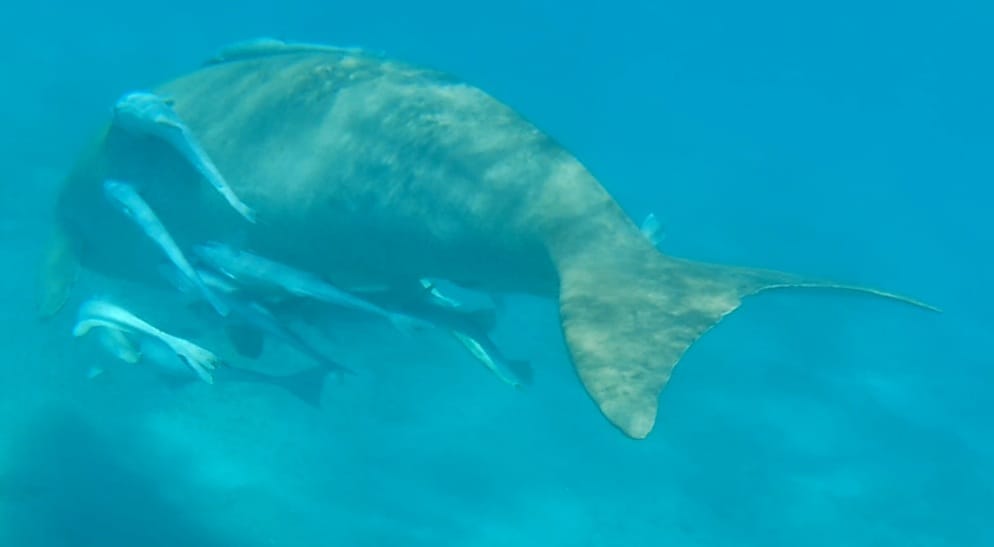
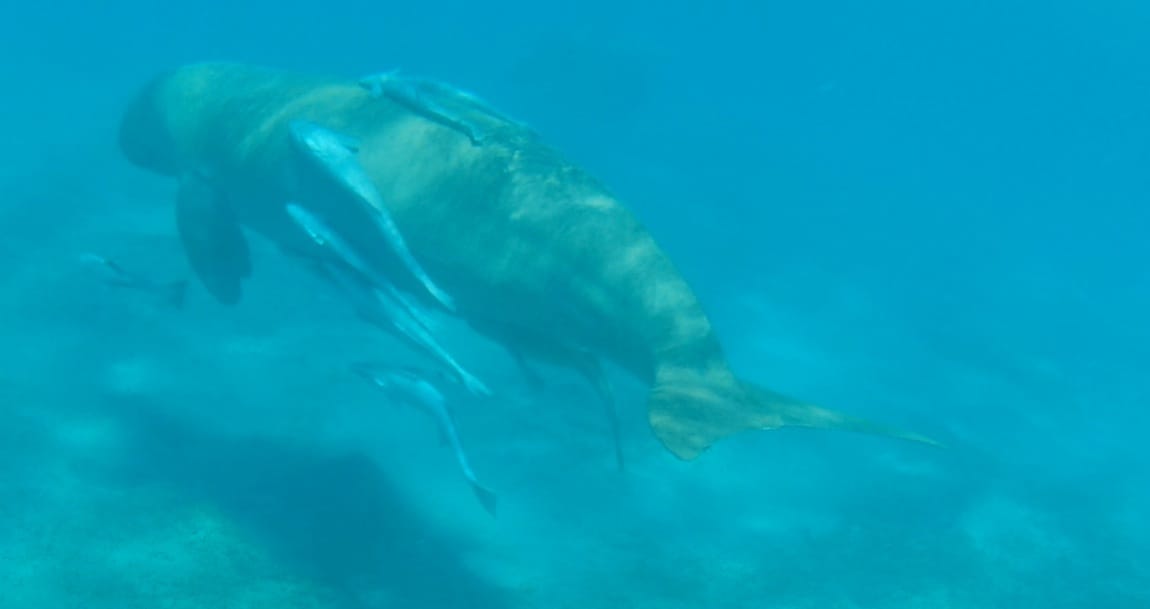
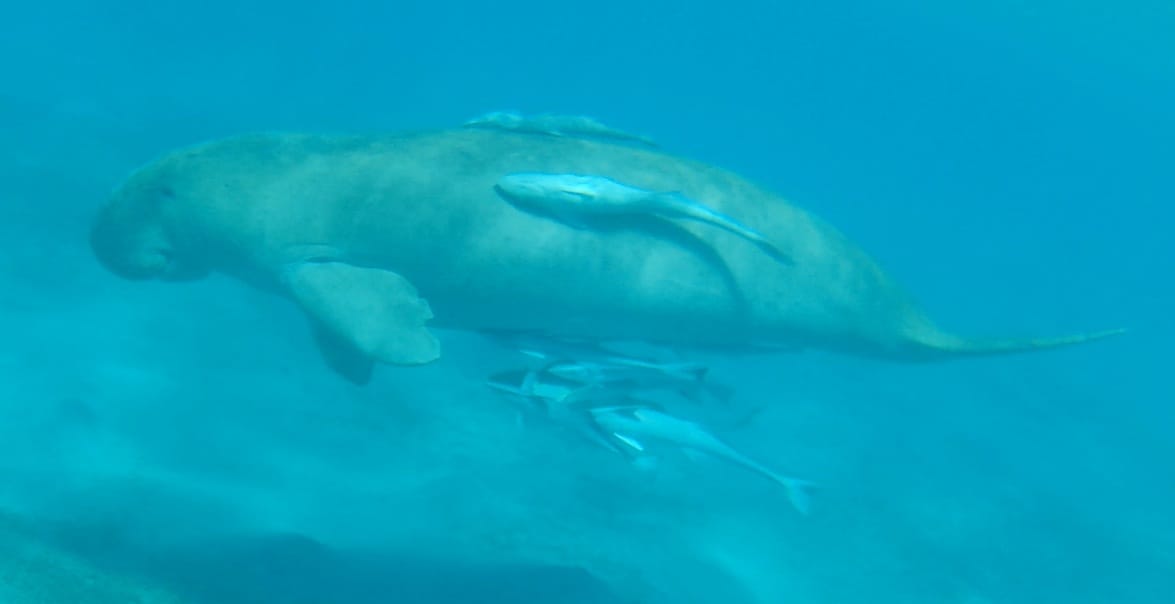
Turtles in Marsa Mubarak
The huge turtles are Green sea turtles Chelonia mydas feeding mostly on various species of seagrass.
We saw them each day we were there. These turtles are quite large, can swim fast but it’s easy and so nice to watch them.
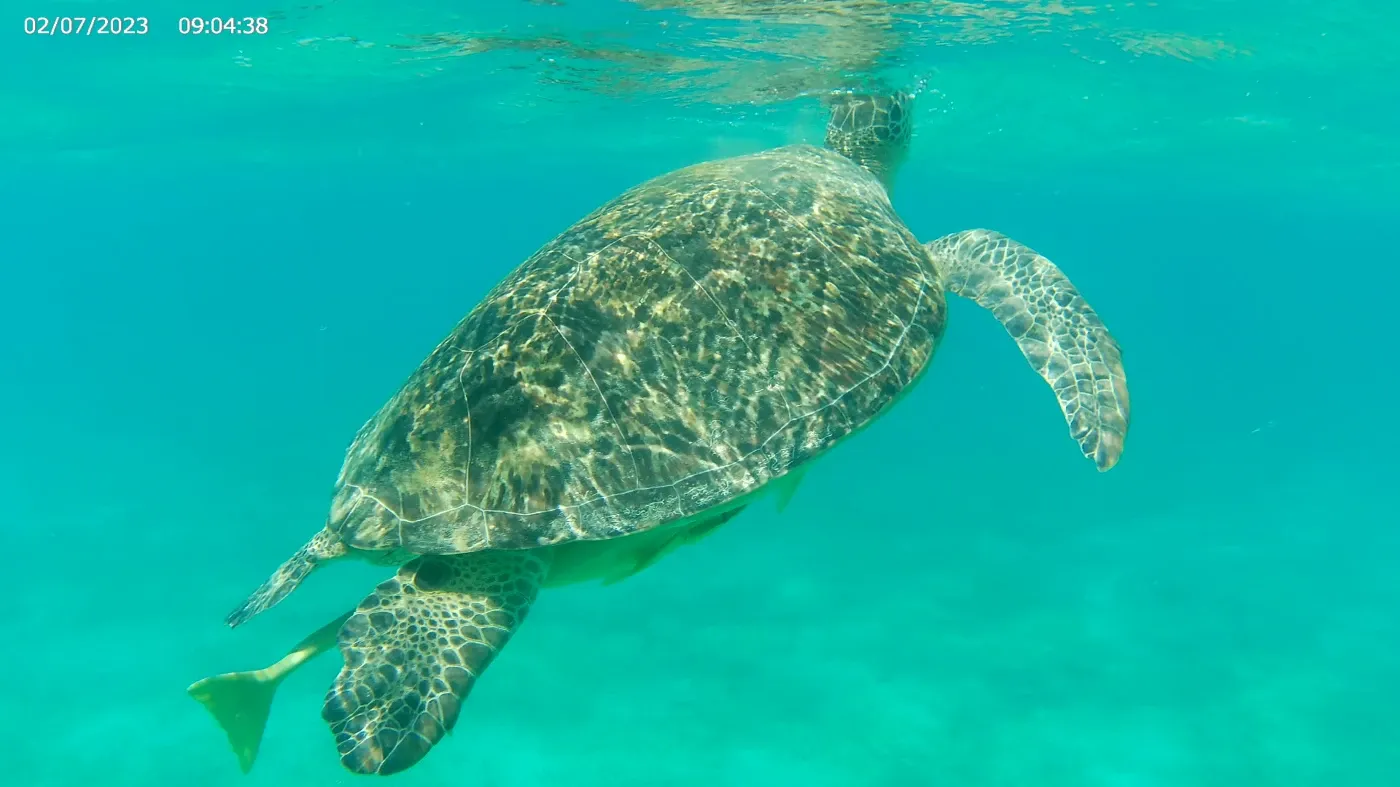
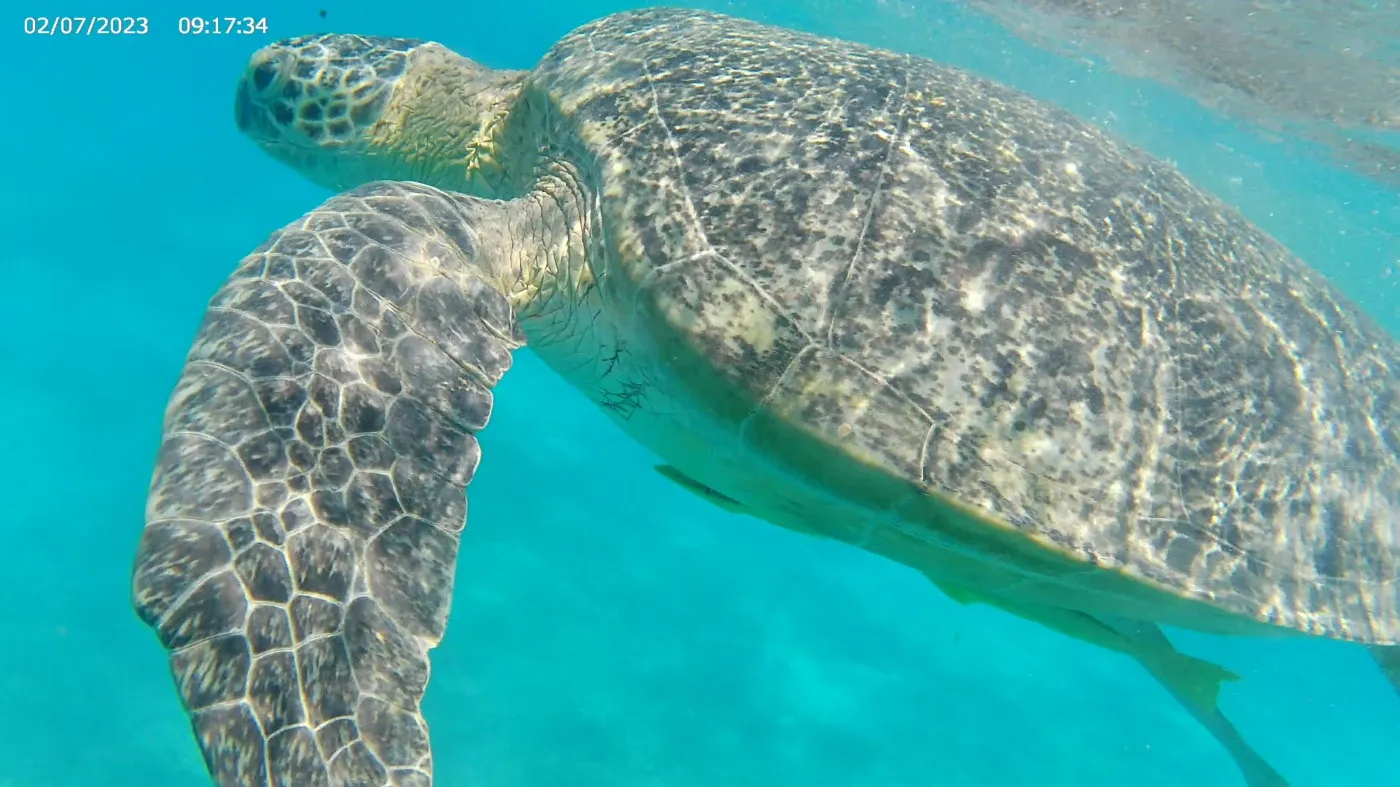
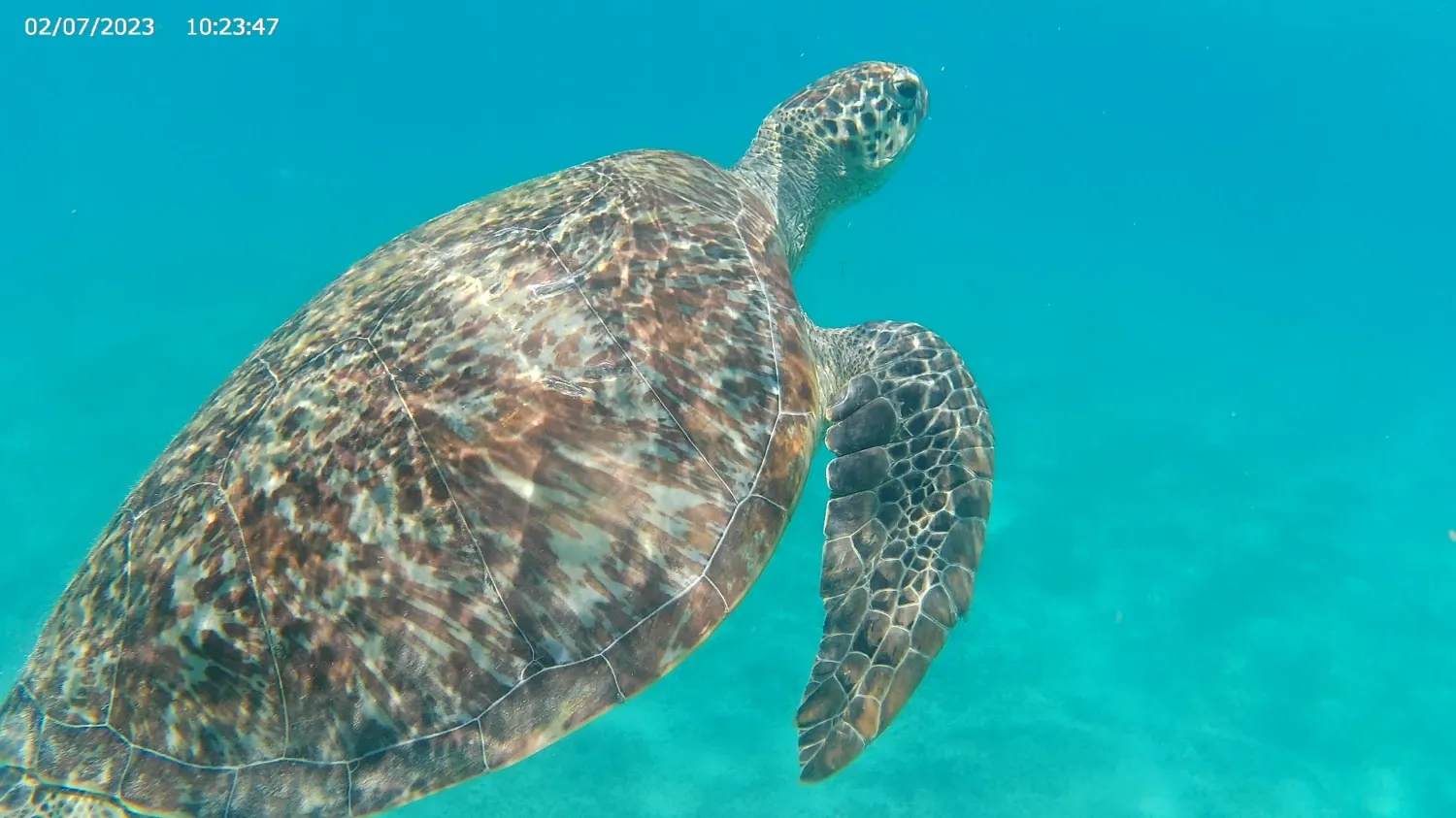
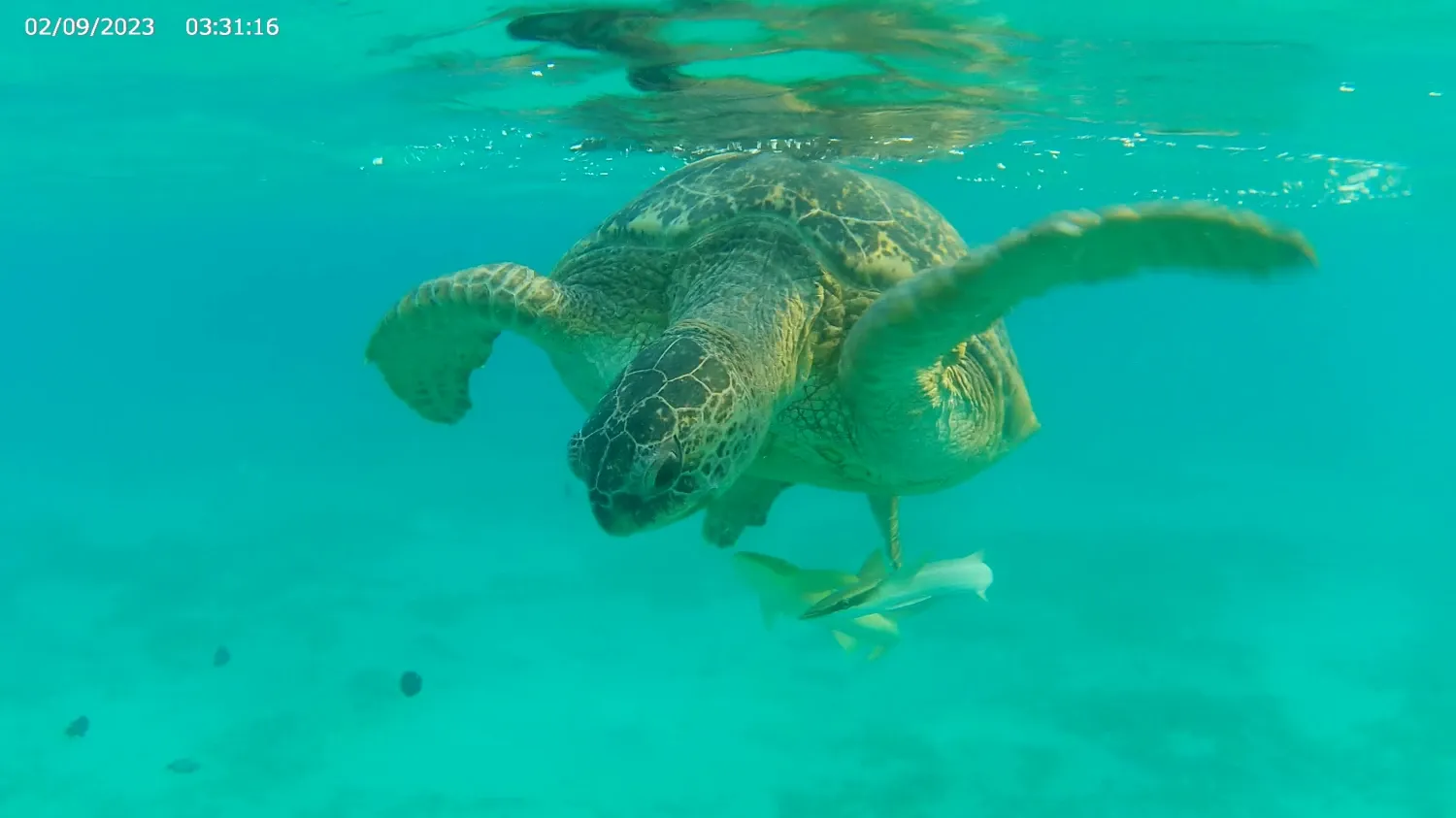
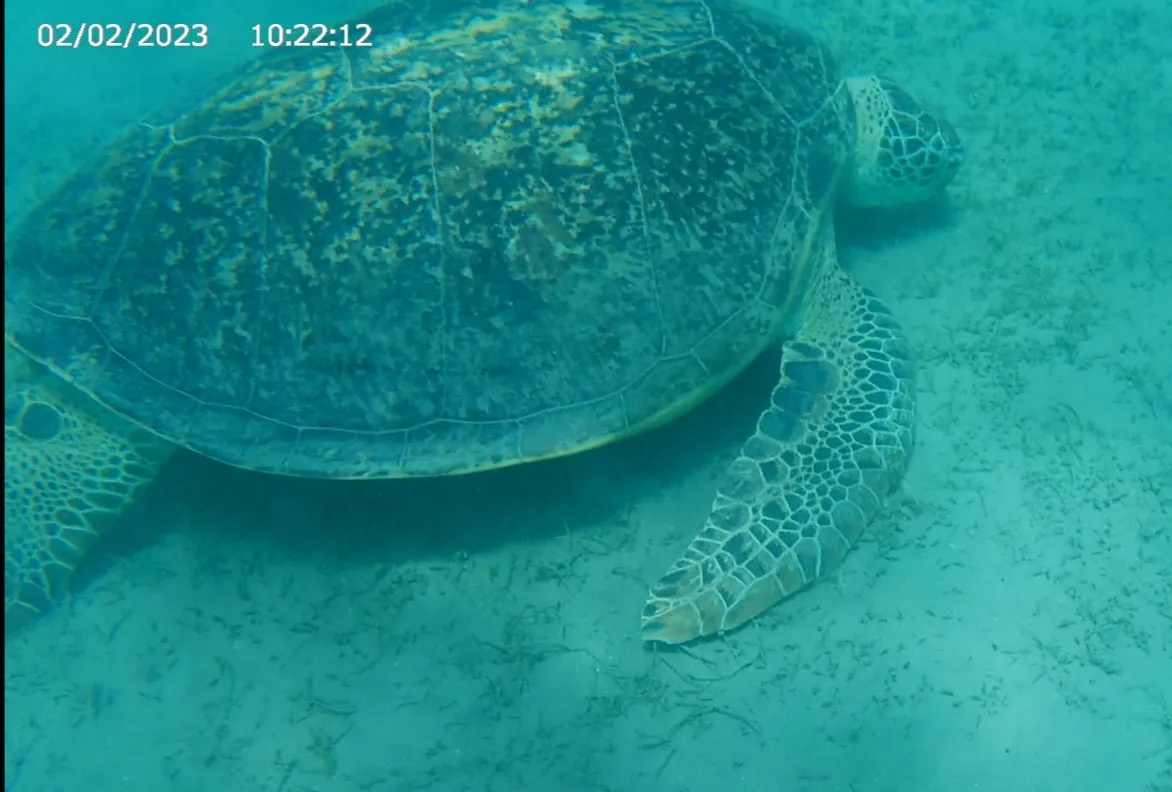
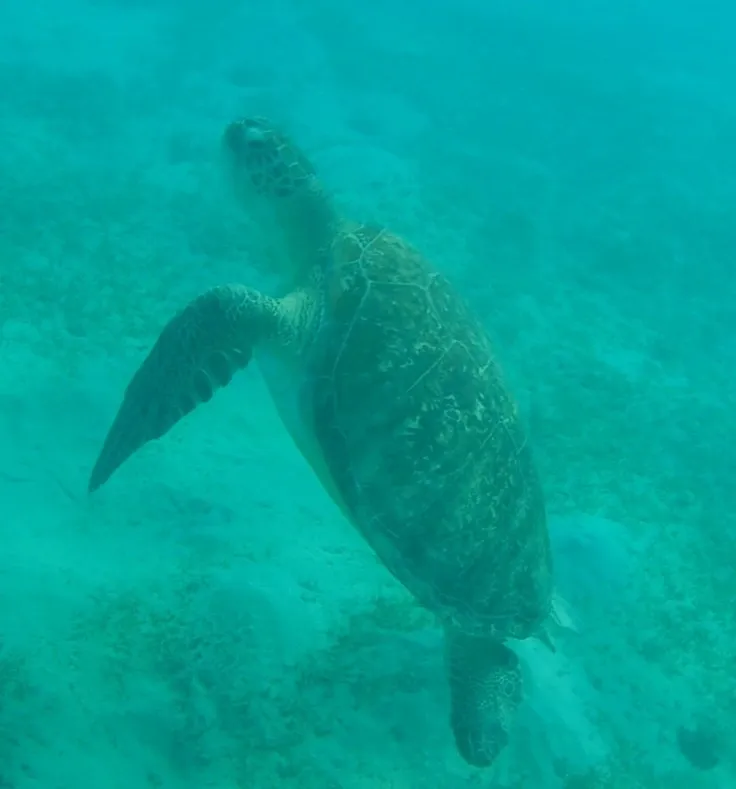
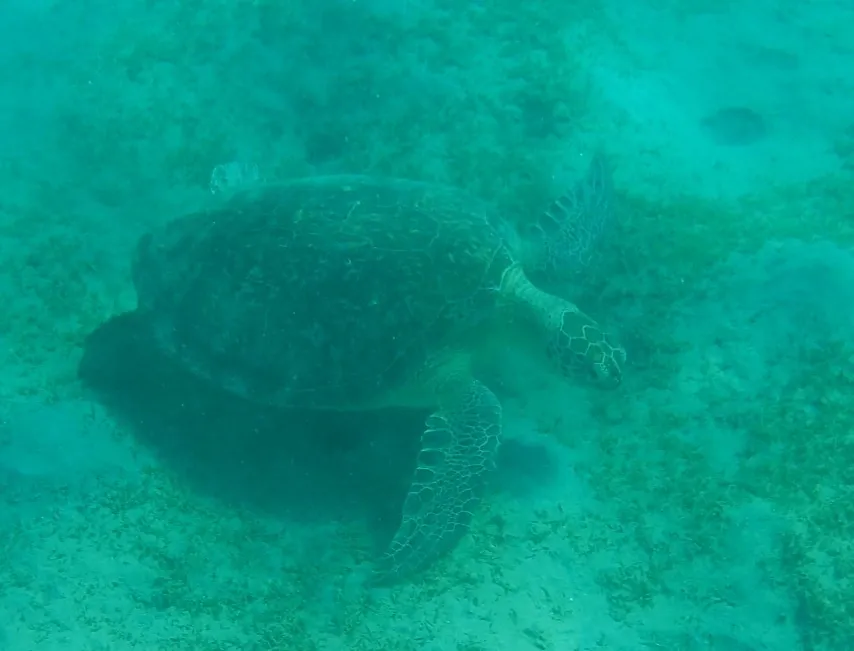
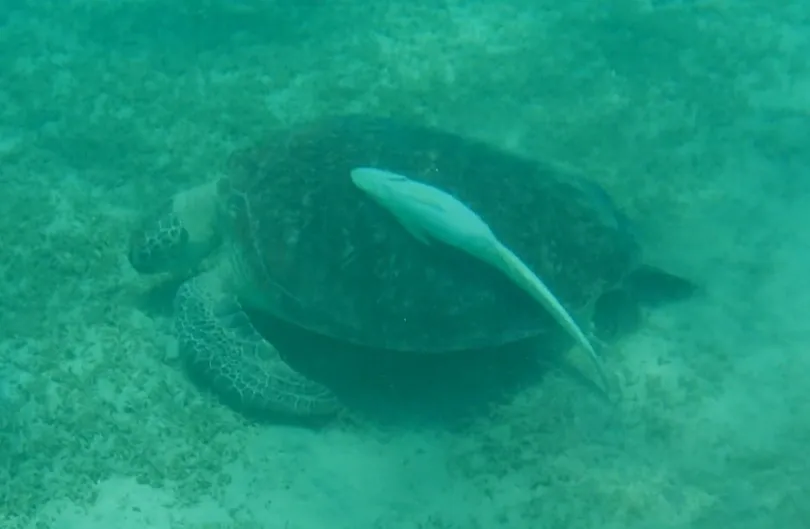
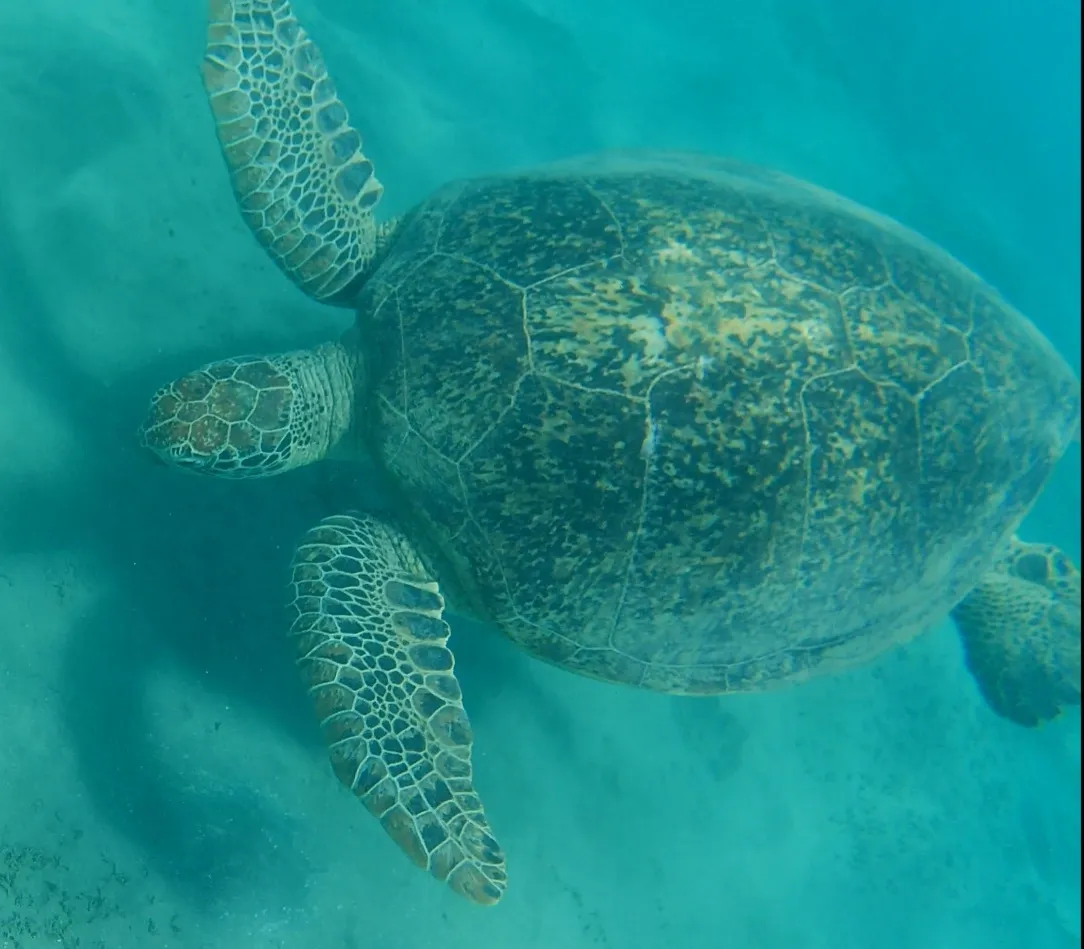
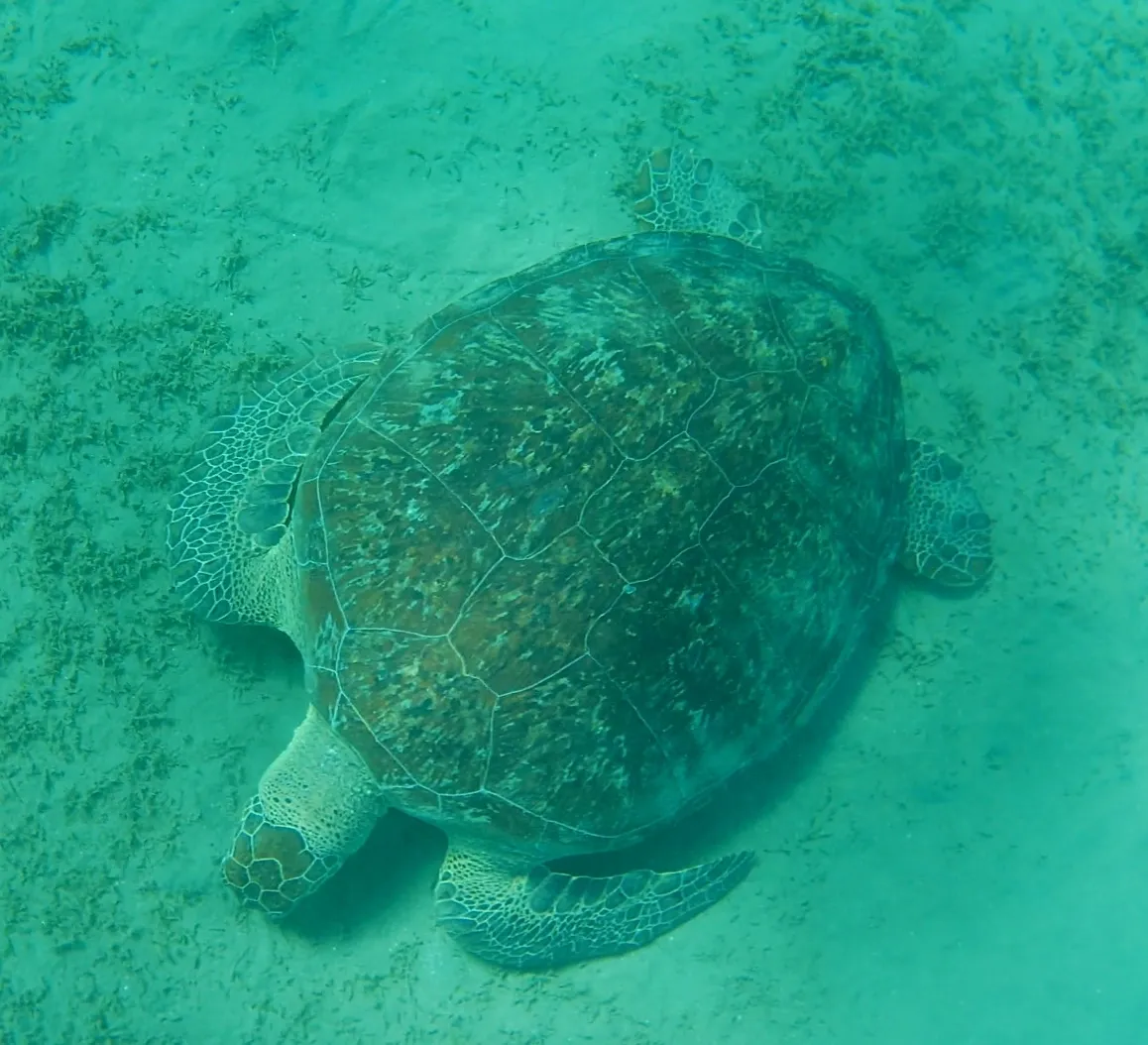
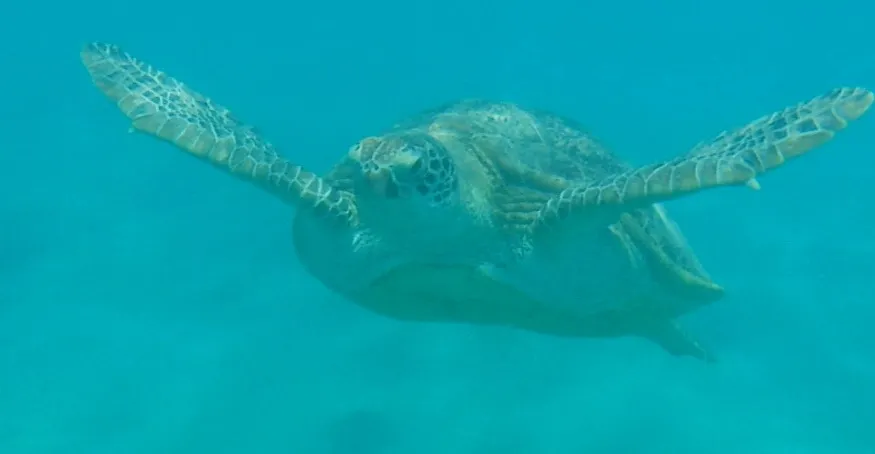
Live Sharksuckers (Remoras) Echeneis naucrates are known to temporarily attach themselves to various objects / hosts by using their modified dorsal fins “When attached to a host, the remora eats parasitic crustaceans, food scraps from its host’s feeding activity, and even some small food captured by filtering water through its villiform teeth. Without a host, the fish stays close to the shore and can aggregate with other individuals; its diet is then composed of free-living crustaceans, squid, and small fish” Wikipedia
Bluespotted ribbontail ray Taeniura lymma
Shaab Samadai (Samadai Reef)
This site, declared a National Park since 2004, is regulated – apparently there is a limited number of visitors allowed per day and you cannot swim there without a safety jacket. From Marsa Alam Marina it takes 40 – 50 minutes to get to the reef by boat.
The horseshoe-shaped reef, offering calm, sheltered waters, allows the dolphins to rest and feed their calves.
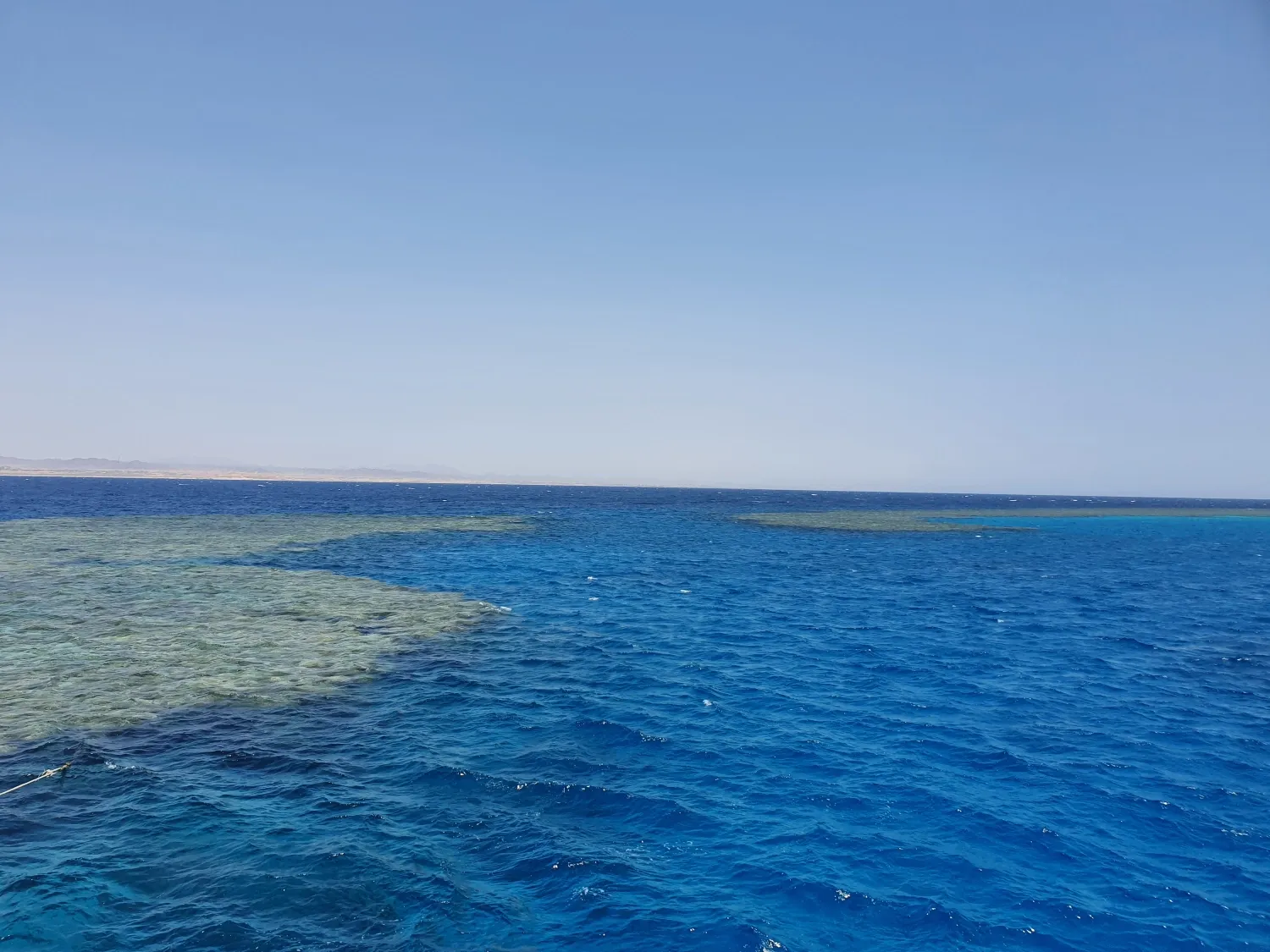
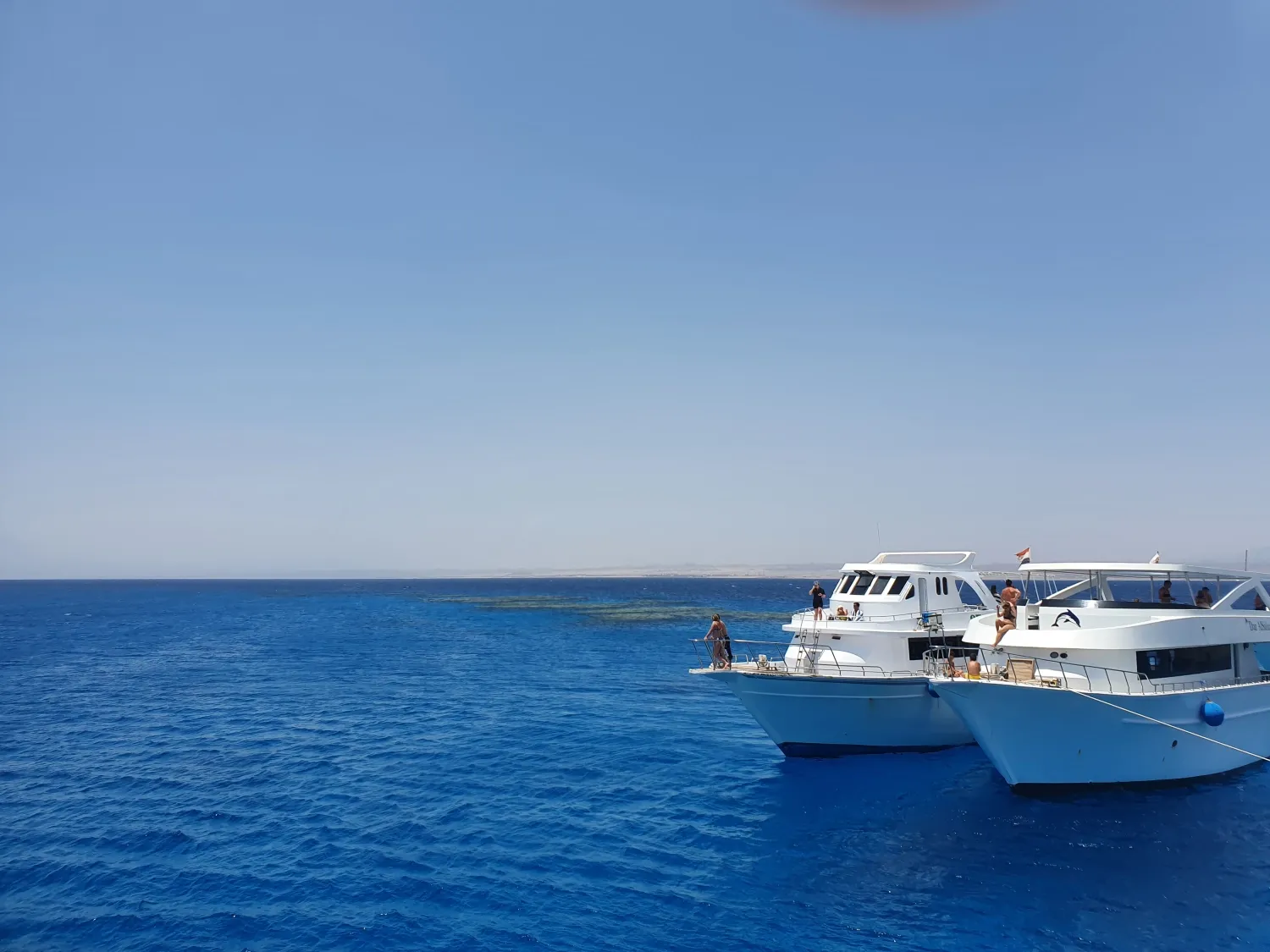
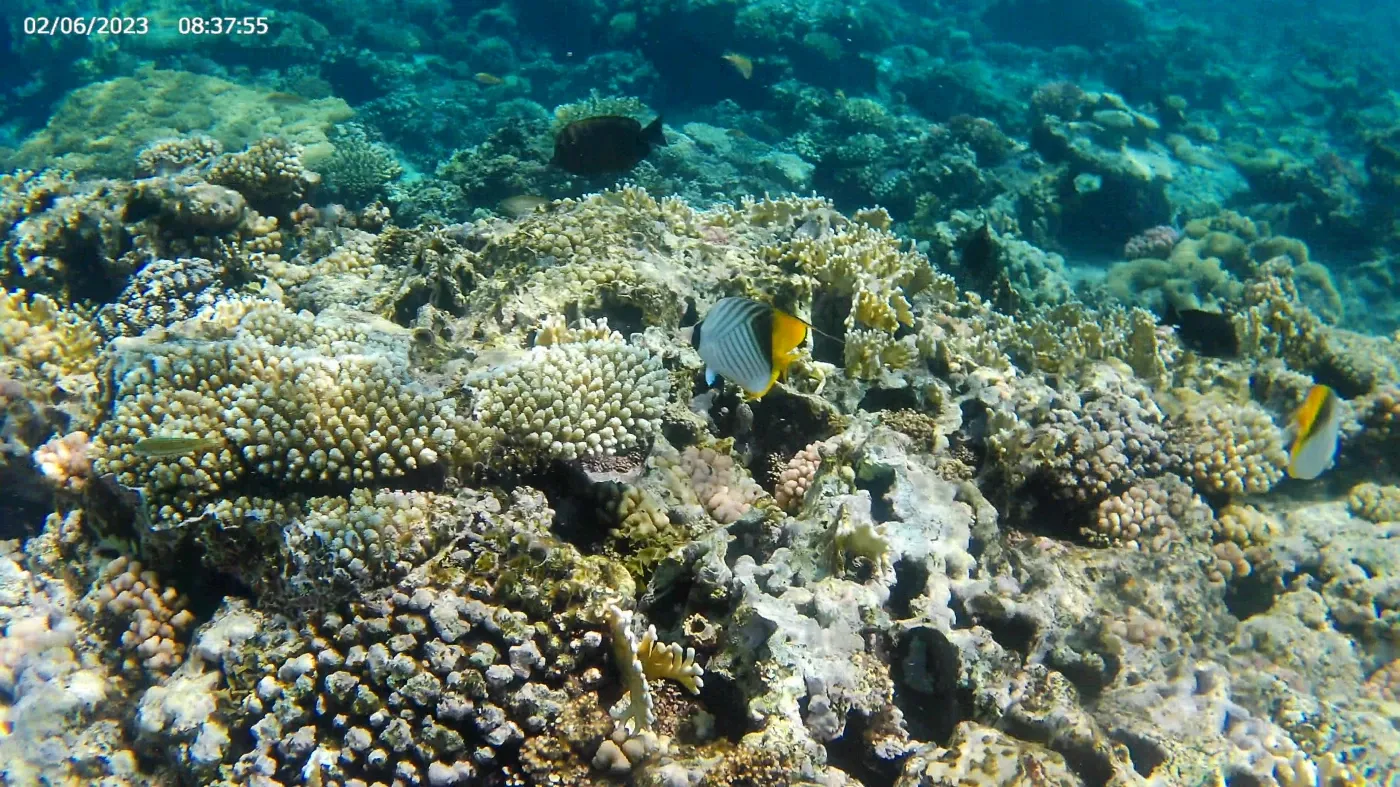
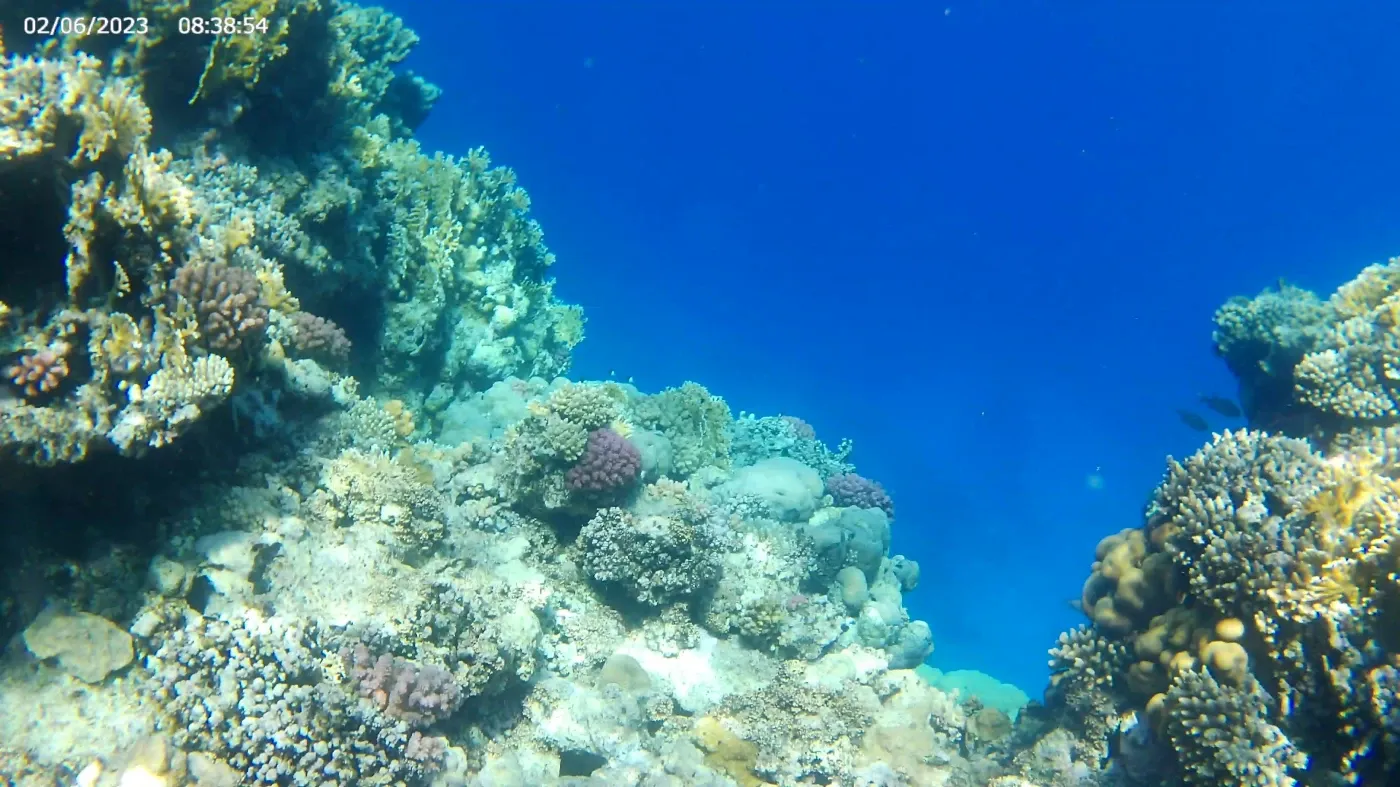
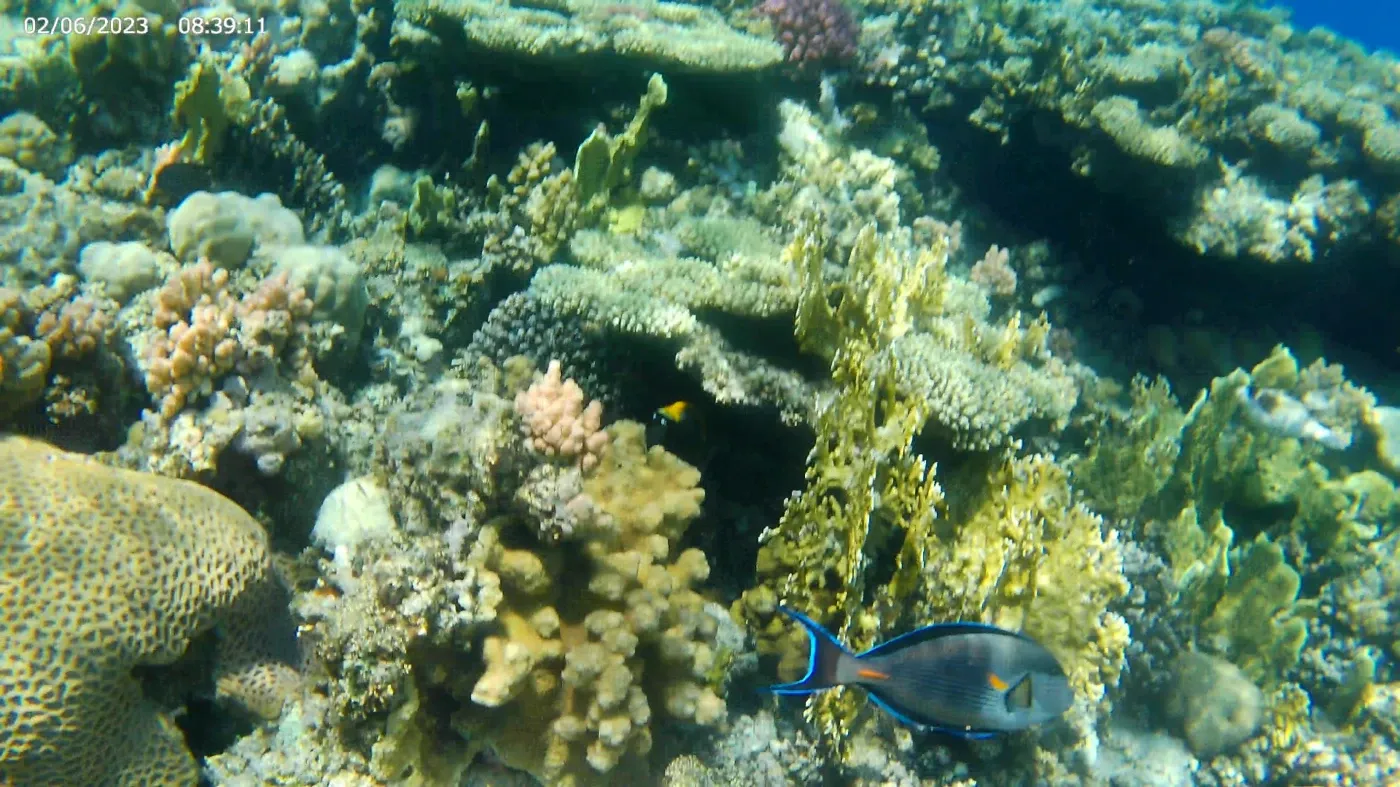
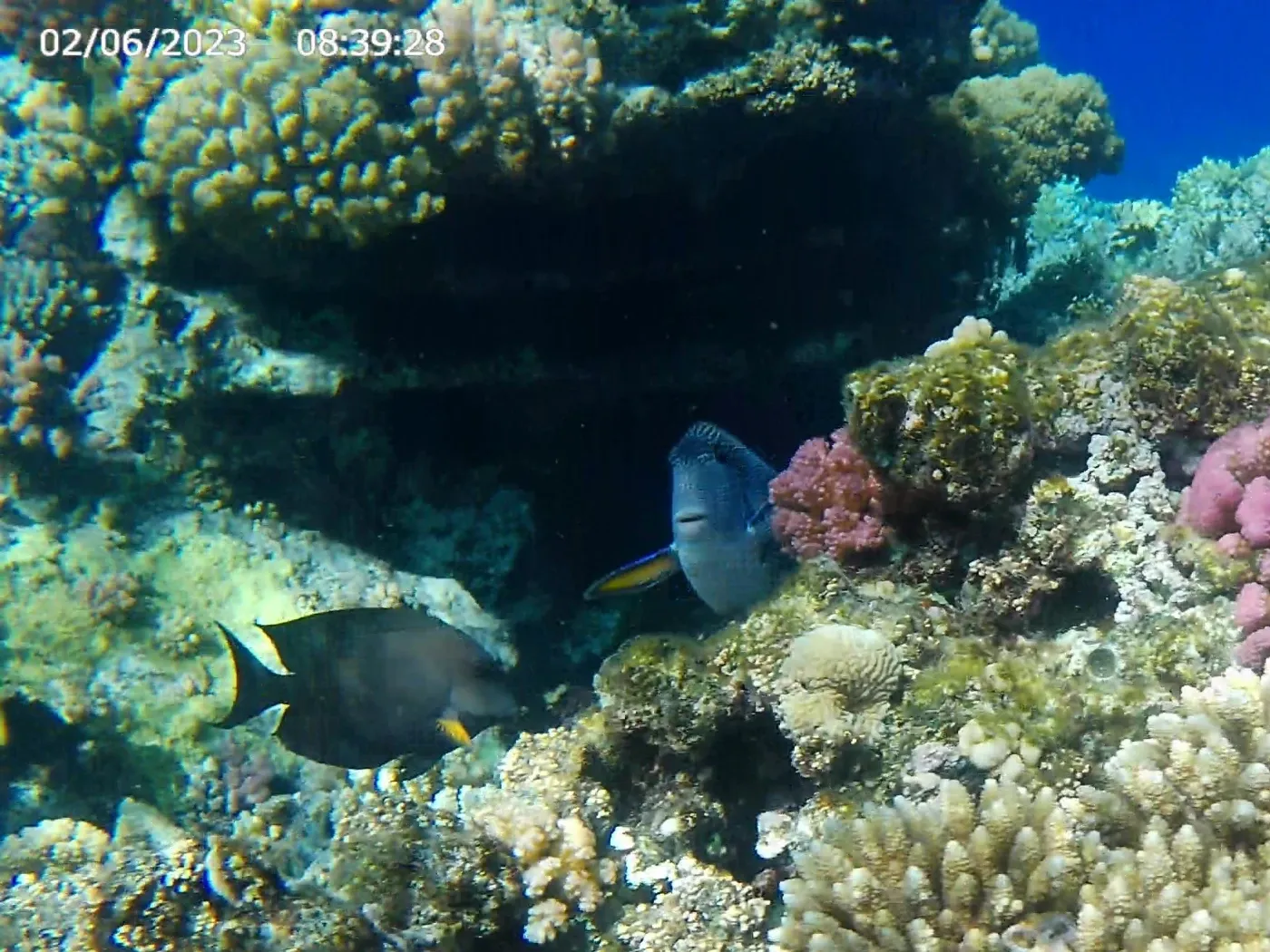
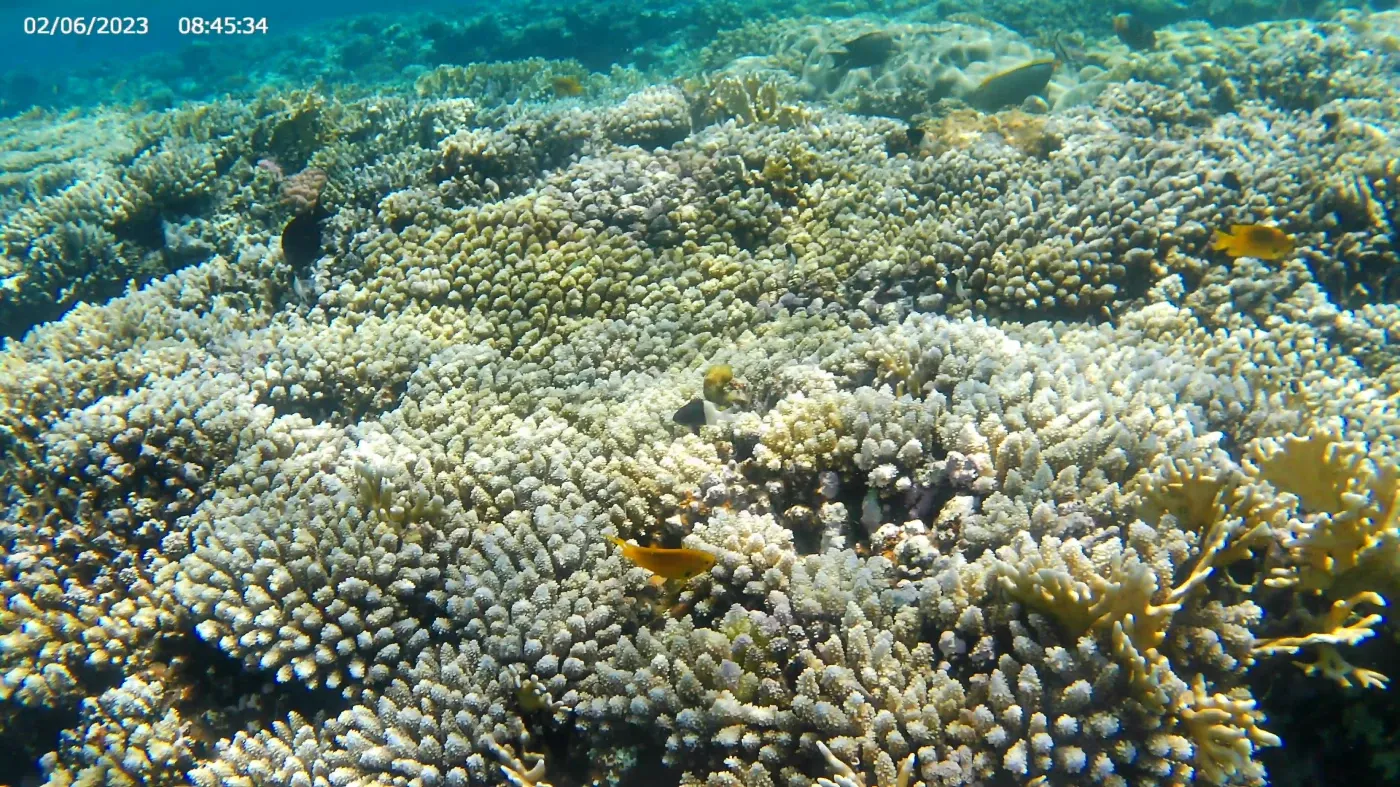
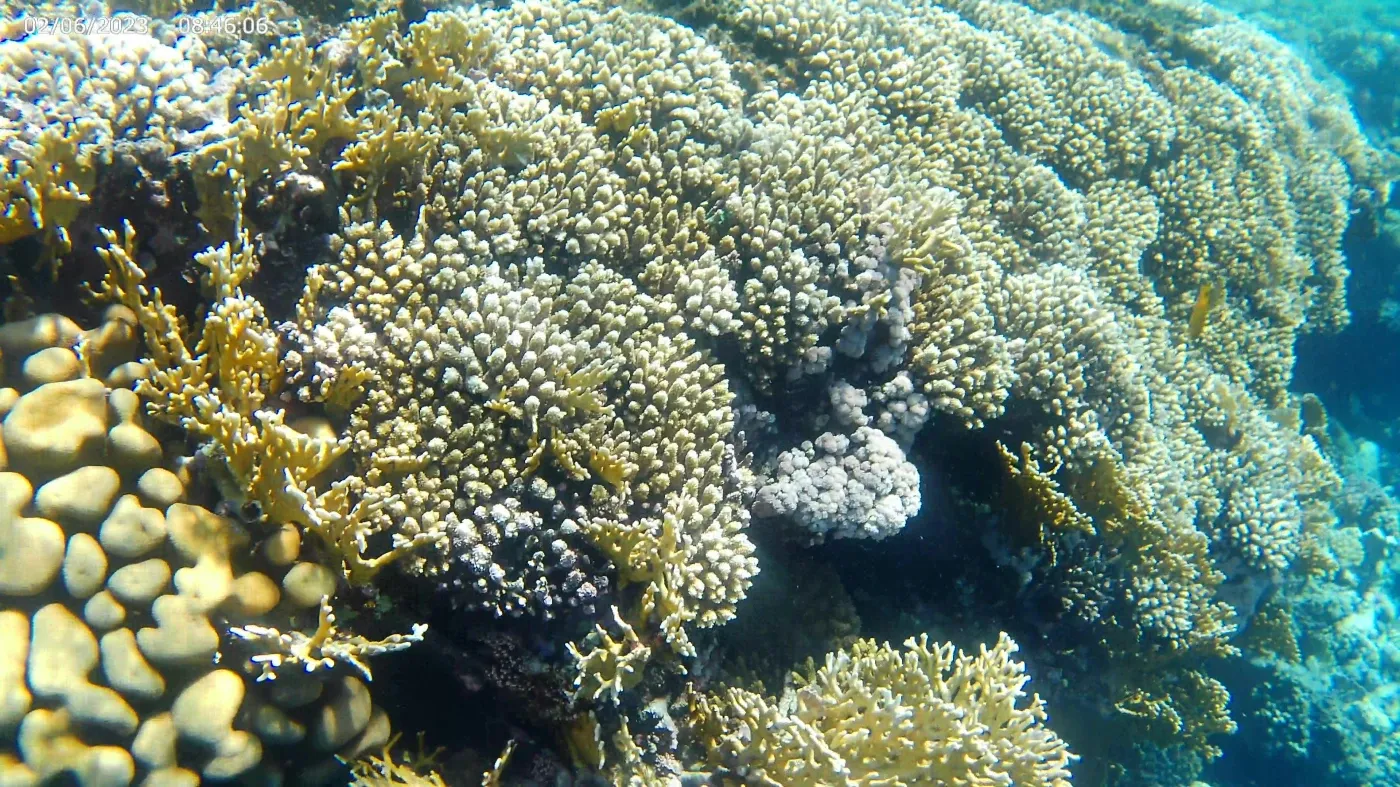
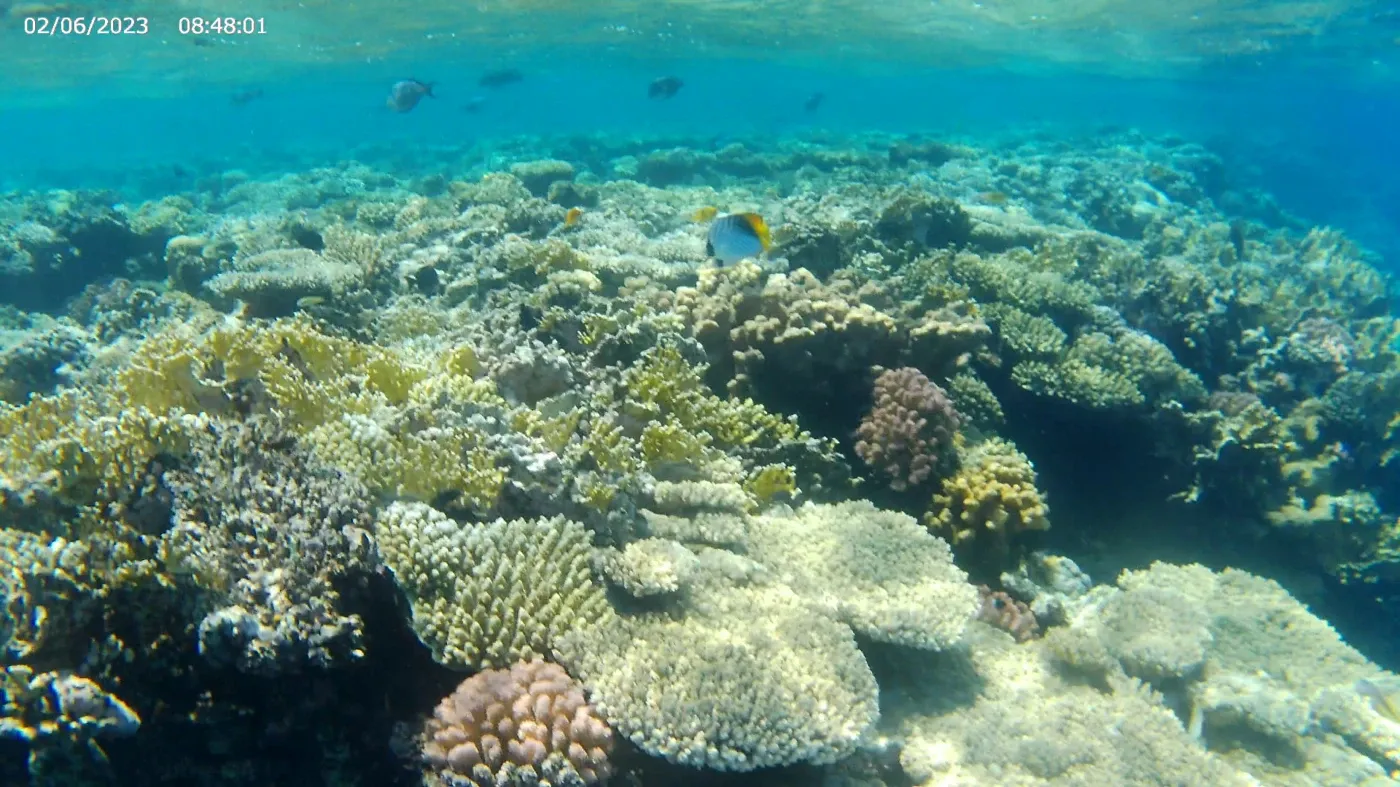
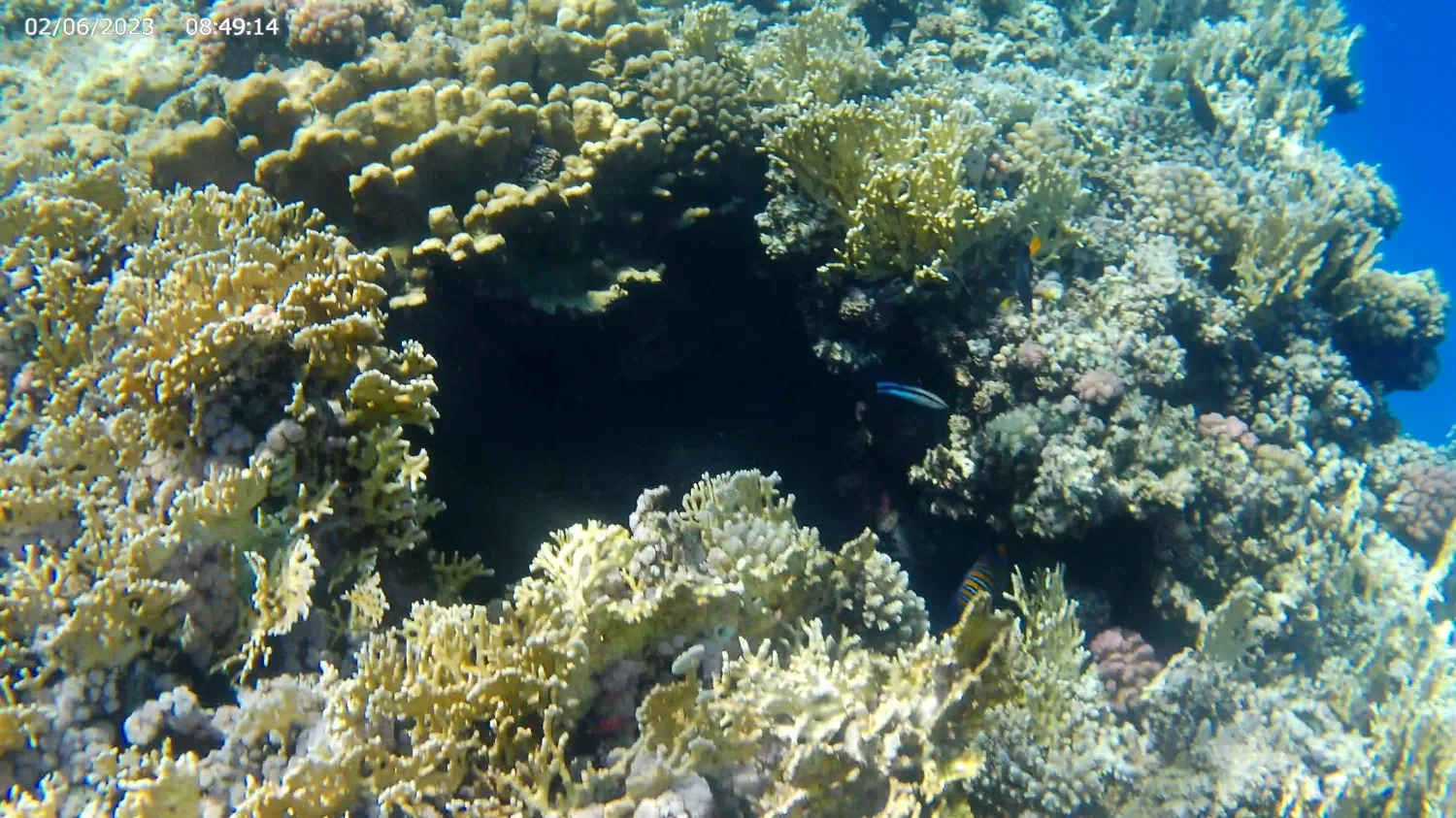

Port Ghalib Marina
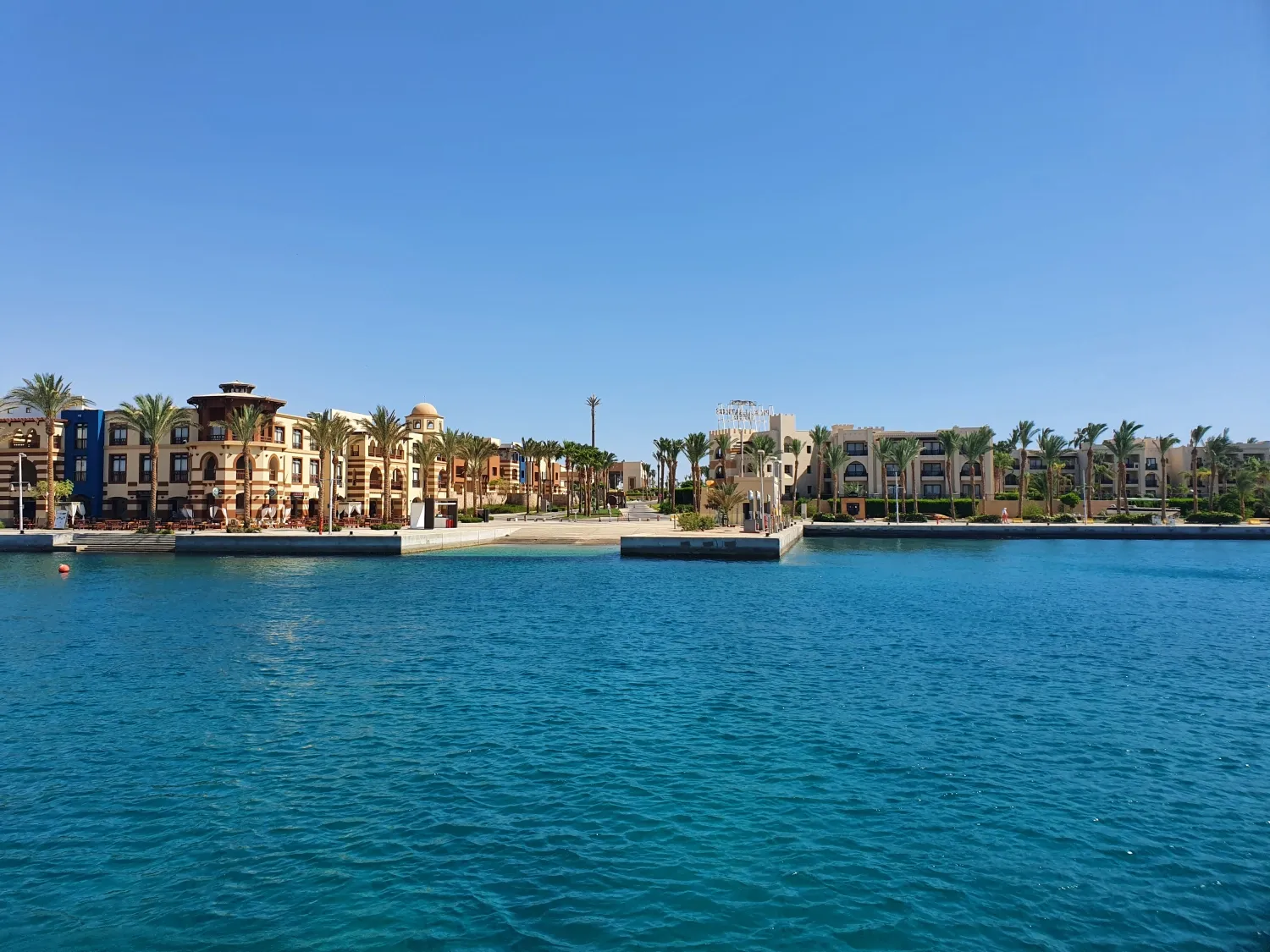
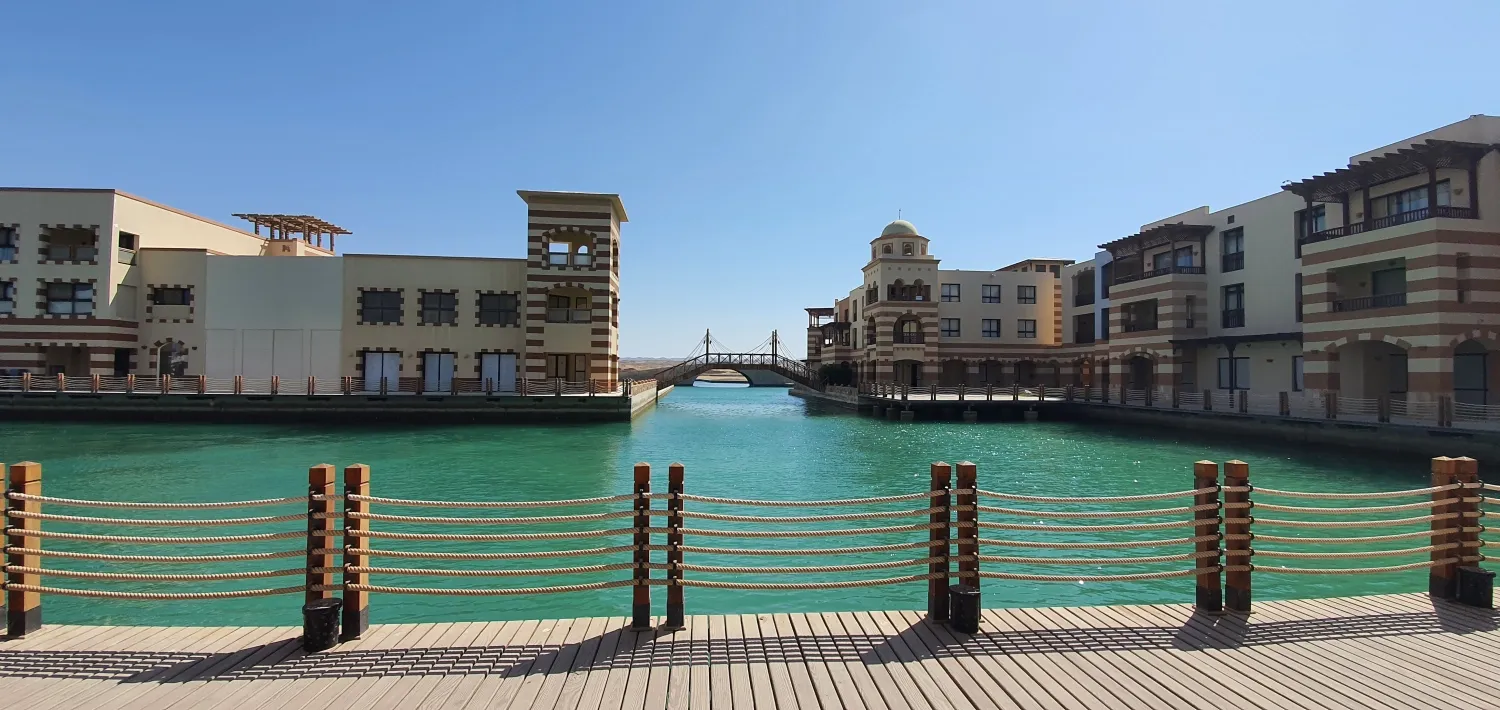
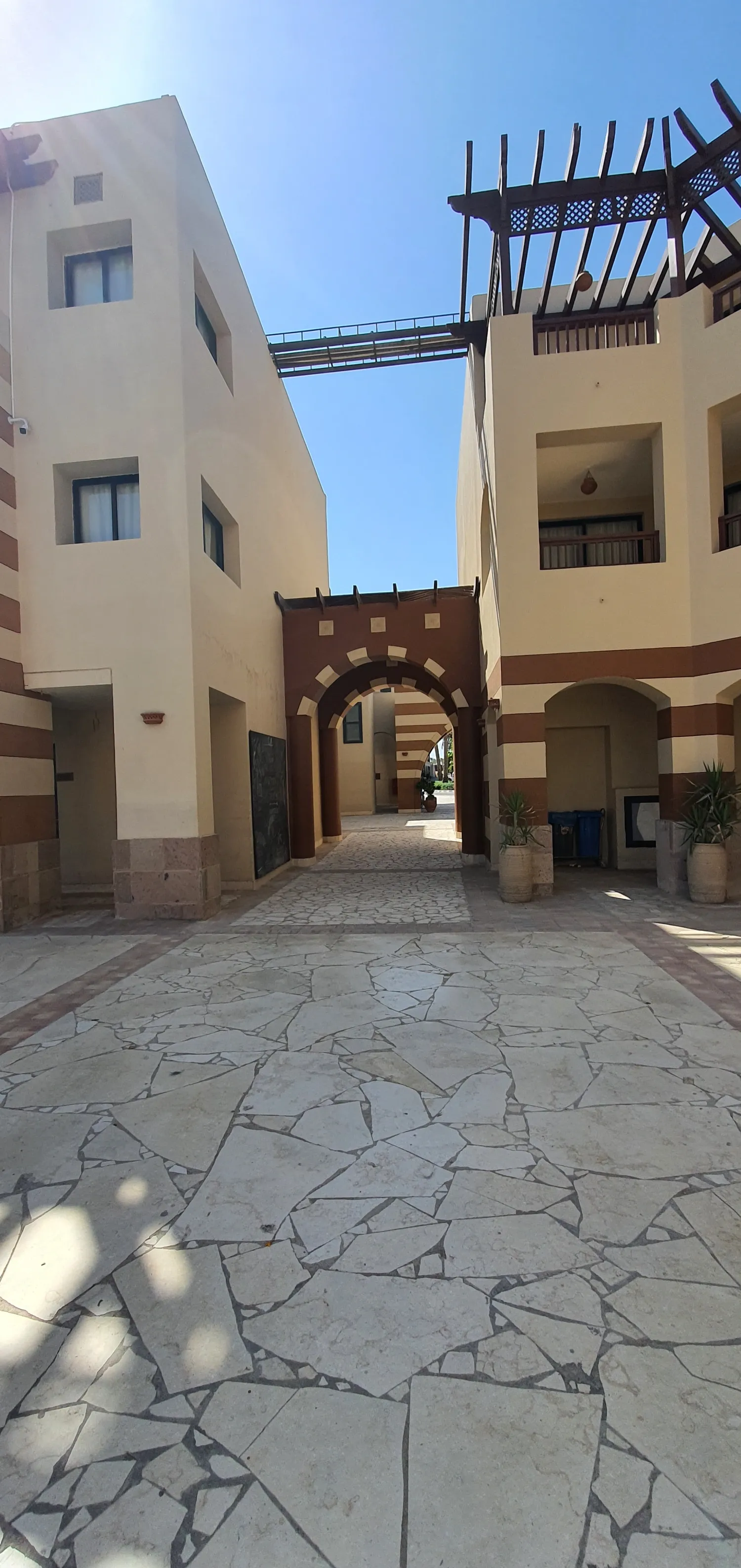
We bought two cheap tours Luxor and Cairo. The tours are cheap for a reason and I wouldn’t recommend these if you’re visiting mainly Egypt for the historic places as there is not enough time to visit them properly, to have a good look, to have a moment for contemplation. We wanted to do it in the fast and cheap way but still wasting more than half of the time on things we were not interested at all was a little bit too much for our patience.
Luxor
For a group of 4 and more people I would recommend hiring a taxi to Luxor and visit it on your own. It is possible to visit Karnak and Luxor temples in the morning and Hapshetshut Temple & Valley Of The King in the afternoon. If you’d wanted to see everything you’d need at least 2 days in Luxor.
Anyway start early! The sites are open daily from 6am till 5/6pm (closing times vary please check for each site).
Luxor is divided into two parts East Bank the city of living/where the sun reborns each day and West Bank the city of dead/ where the sun dies. The East Bank holds the city centre and the two great temples Karnak and a smaller Luxor.
Karnak Temple, Luxor
Open 6am – 5pm, visitor centre with ticket office and toilets.
https://en.wikipedia.org/wiki/Karnak
The Karnak Temple is the largest temple construction in the world, the complex covers over 100 hectares. Its construction began during the reign of Senusret I around 1971 BCE, and took fifteen hundred years to complete (approximately thirty pharaohs added their own constructions). It was, at its peak, the largest and most important religious complex in Ancient Egypt. The most significant structure, and the largest religious building ever built, is the Temple of Amun-Ra with the Great Hypostyle Hall (total area 5,000 m2) with 134 massive columns arranged in 16 rows.
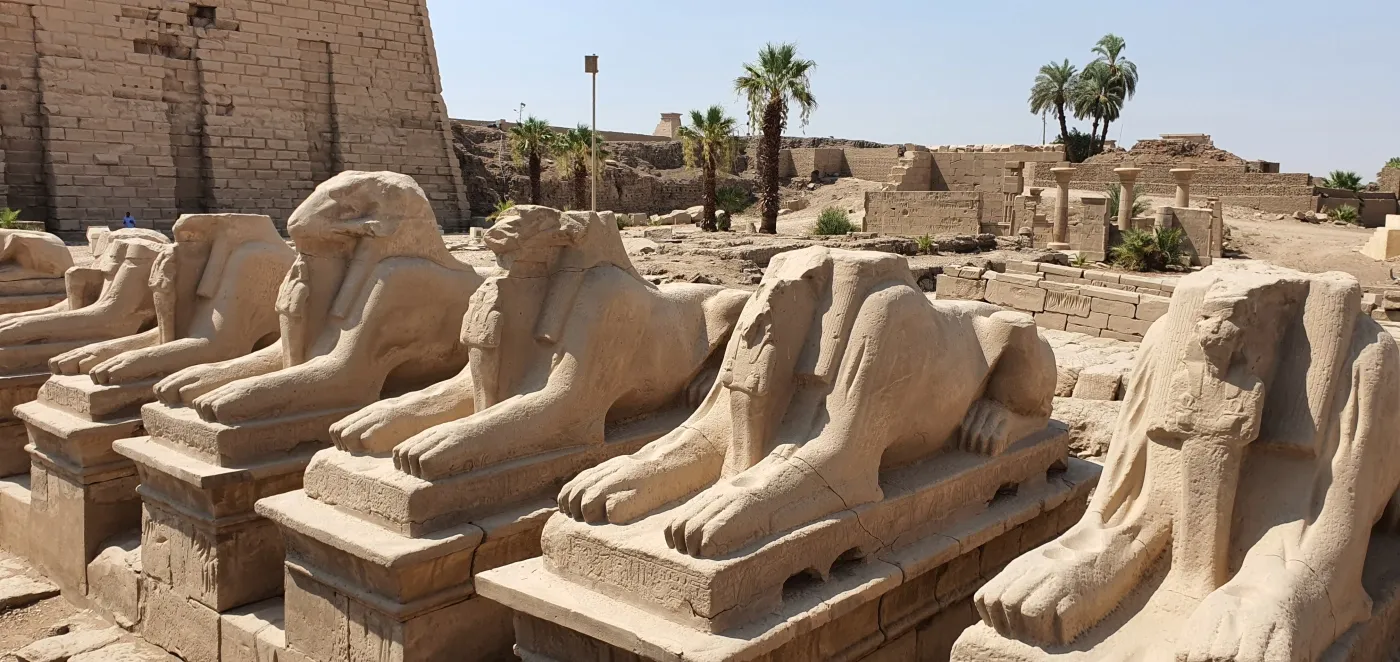
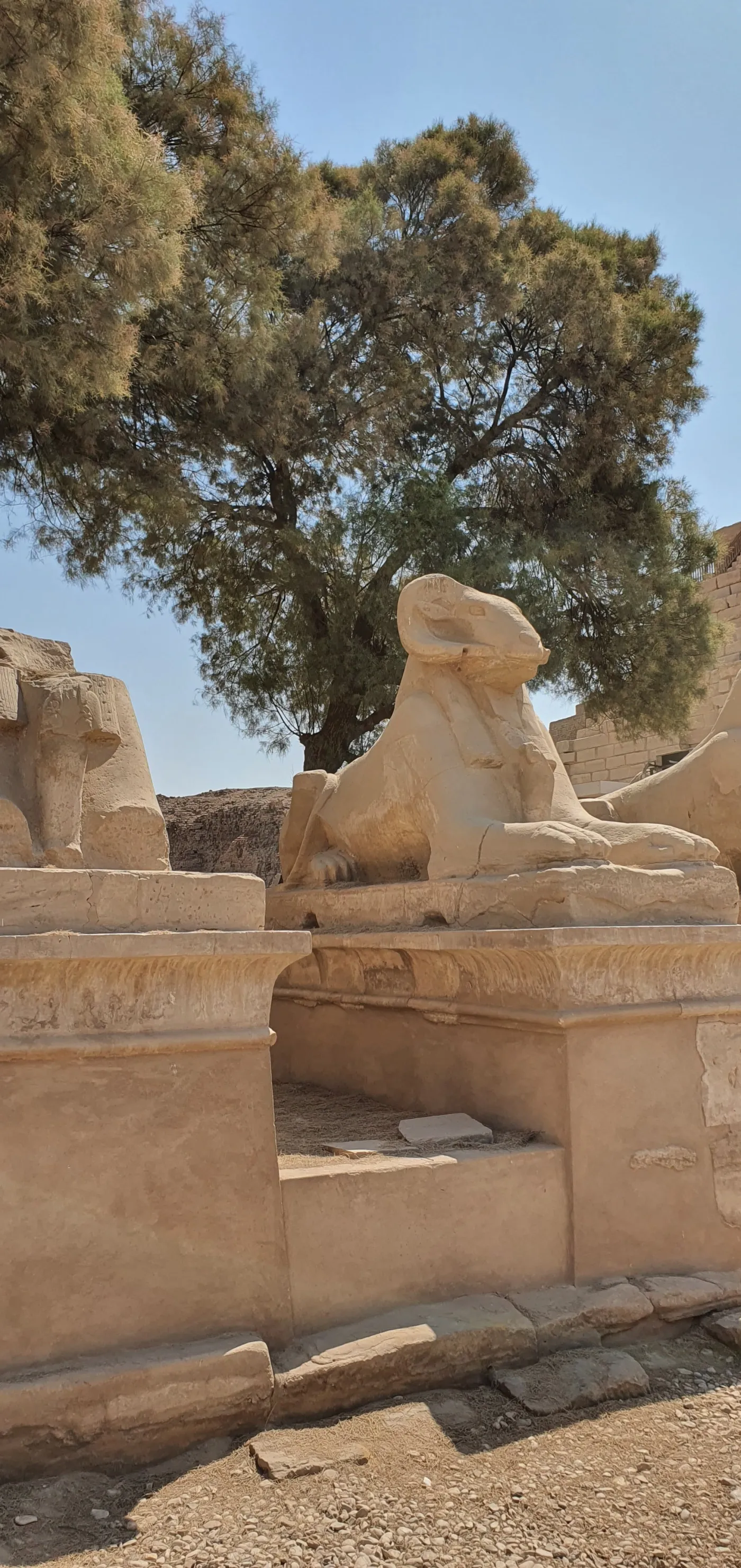
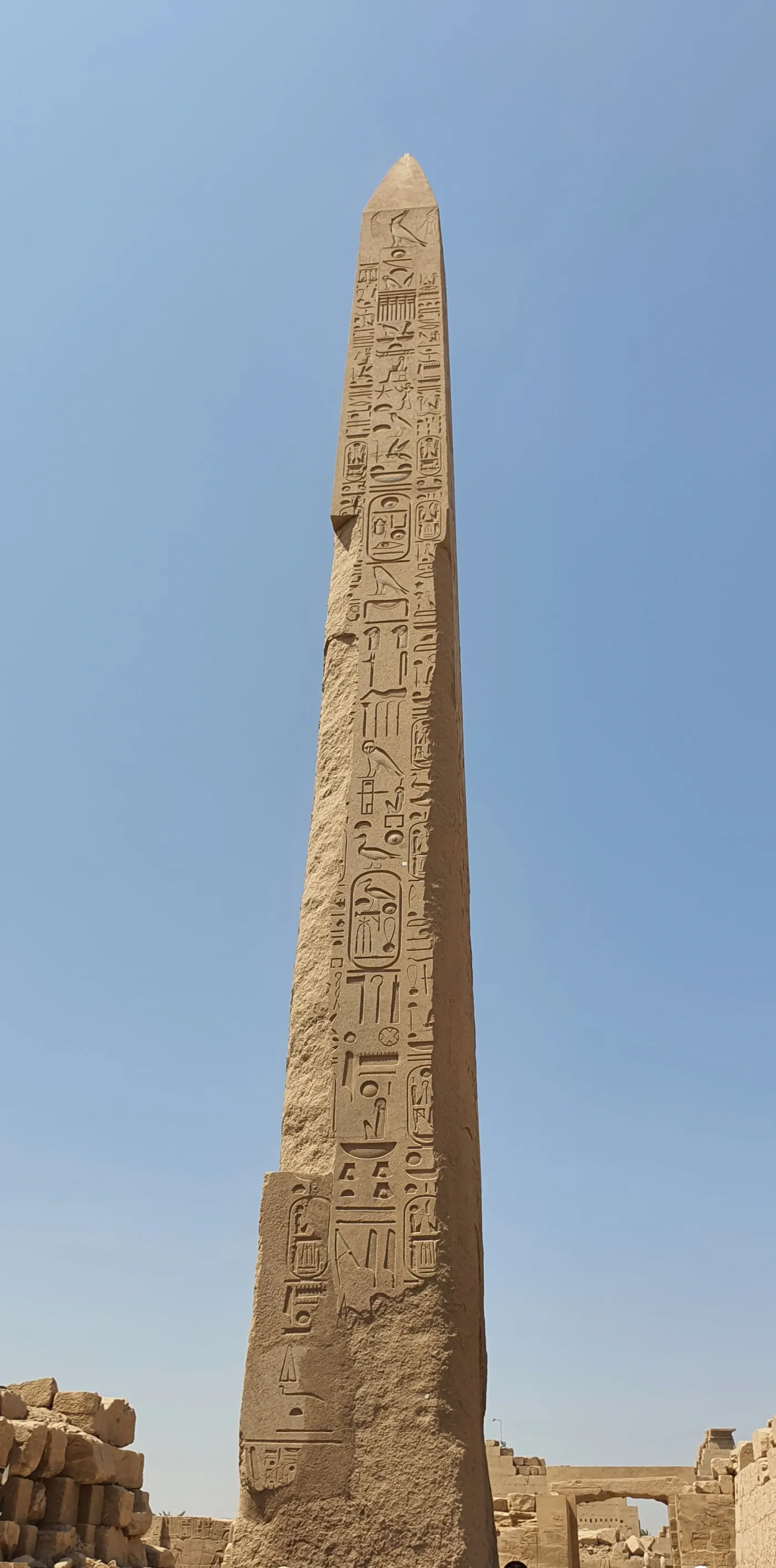
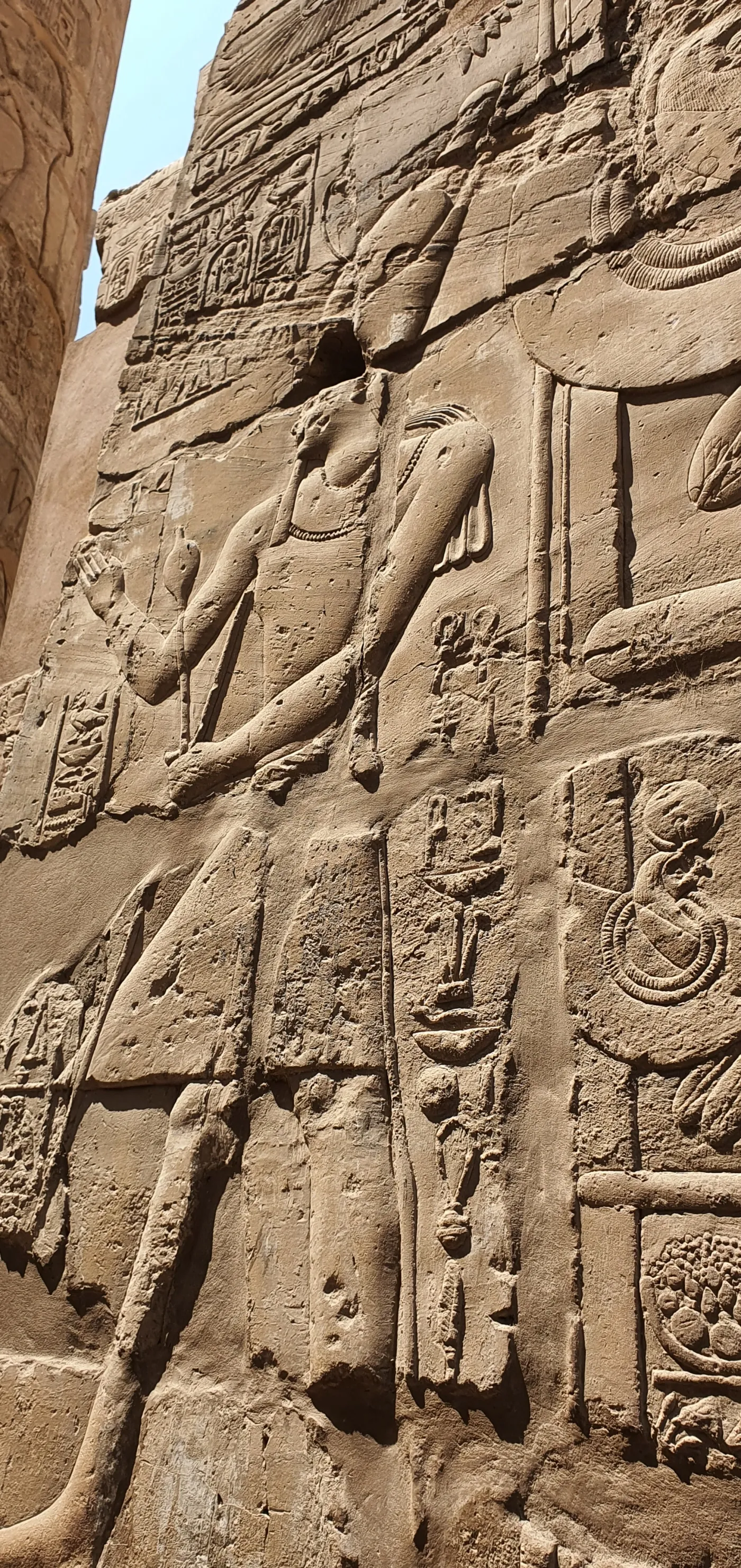
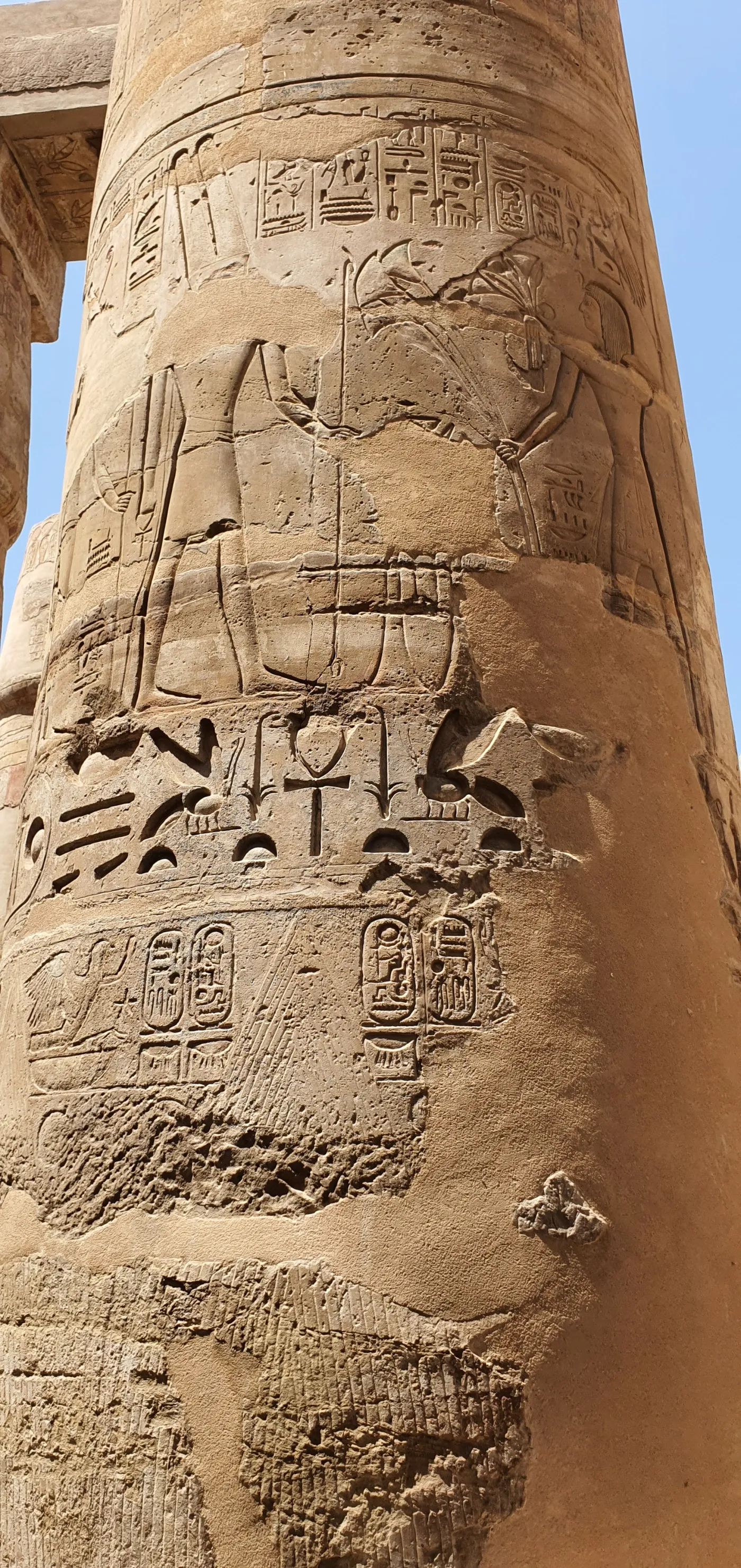
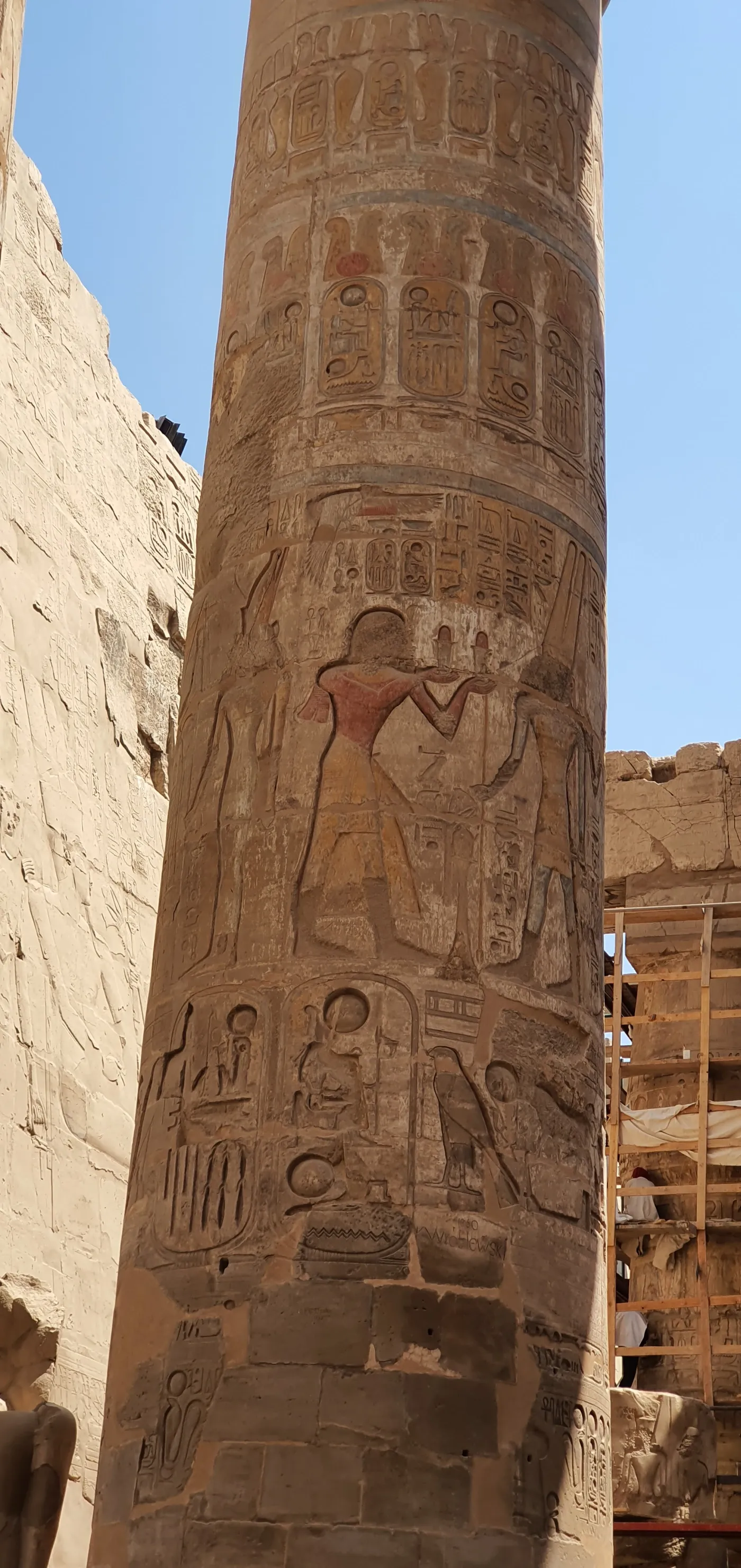
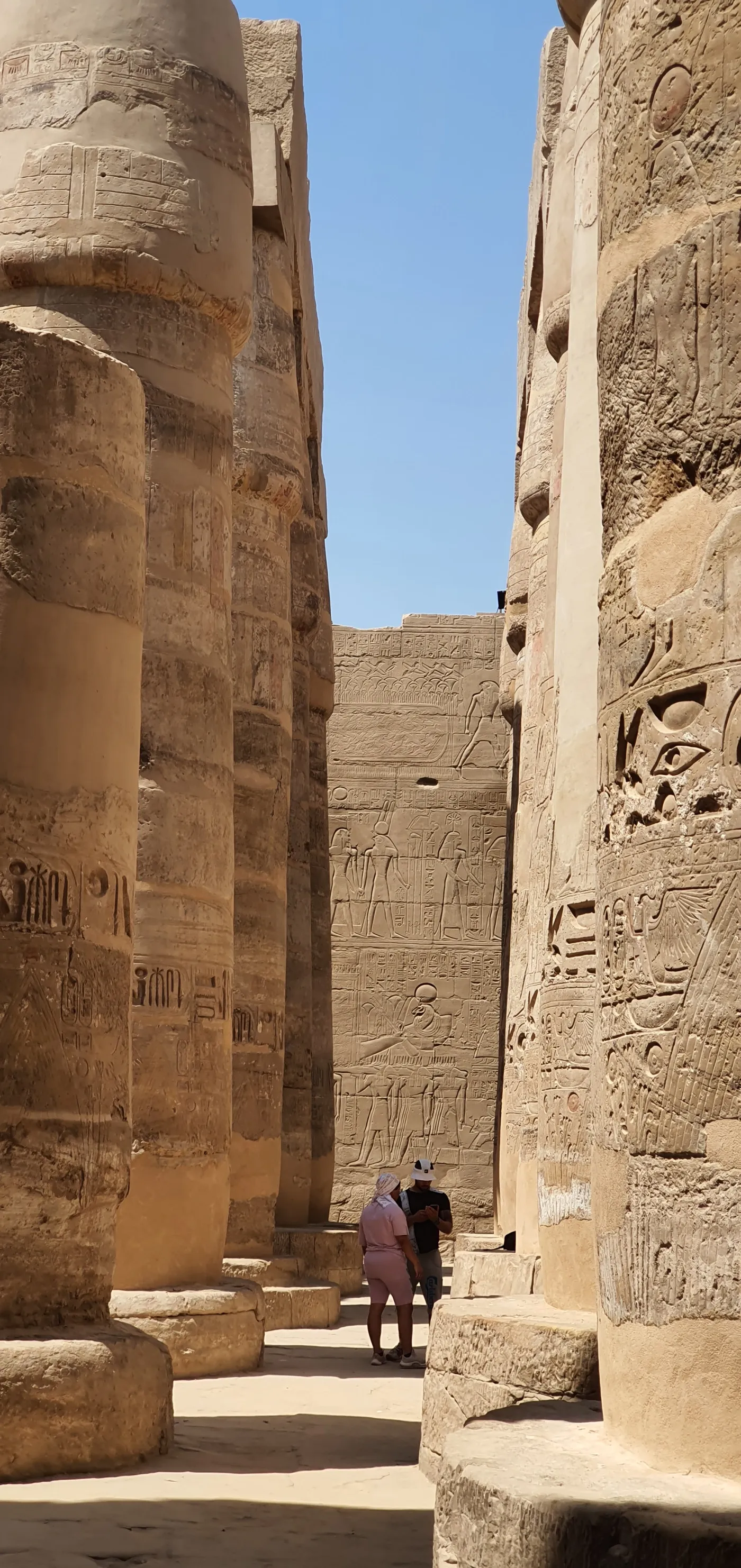
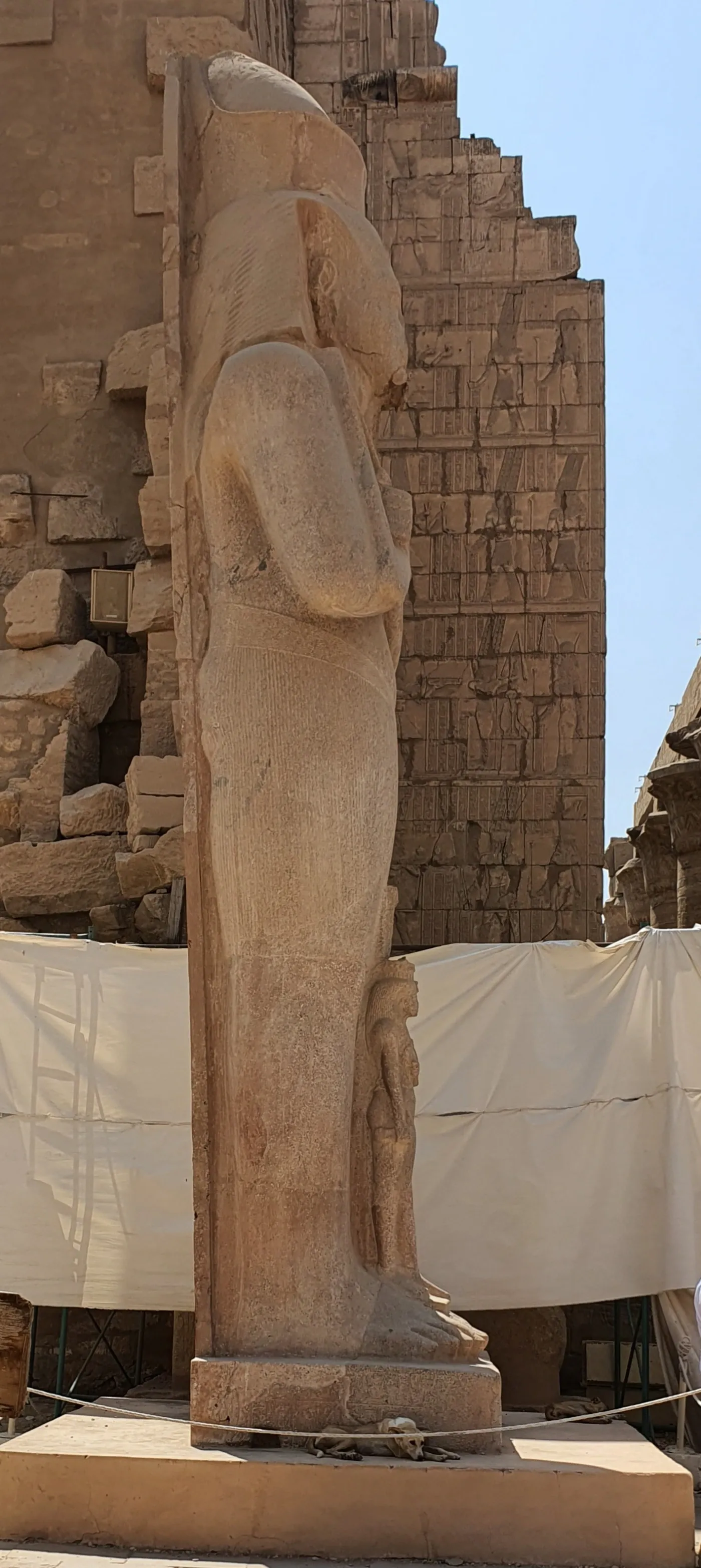
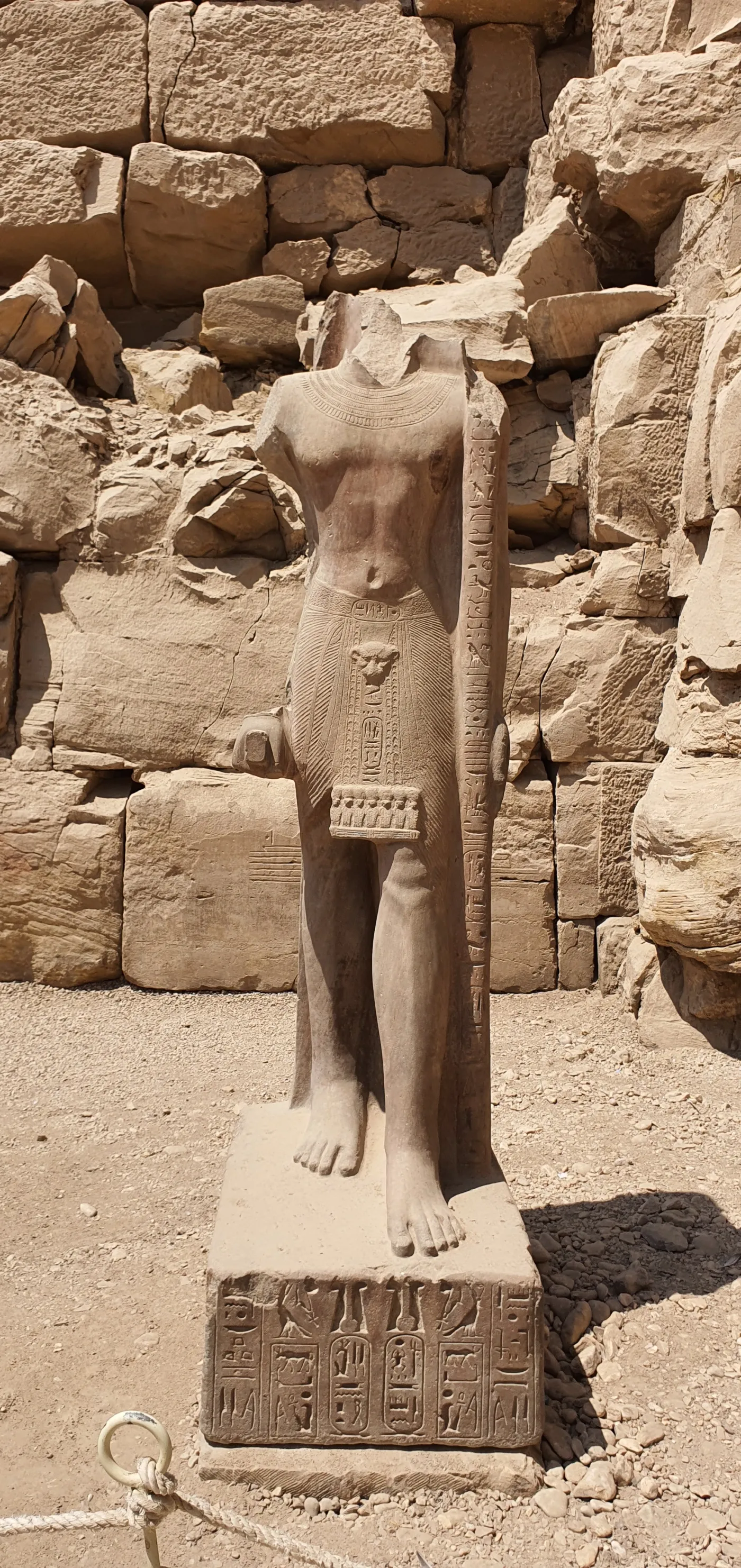
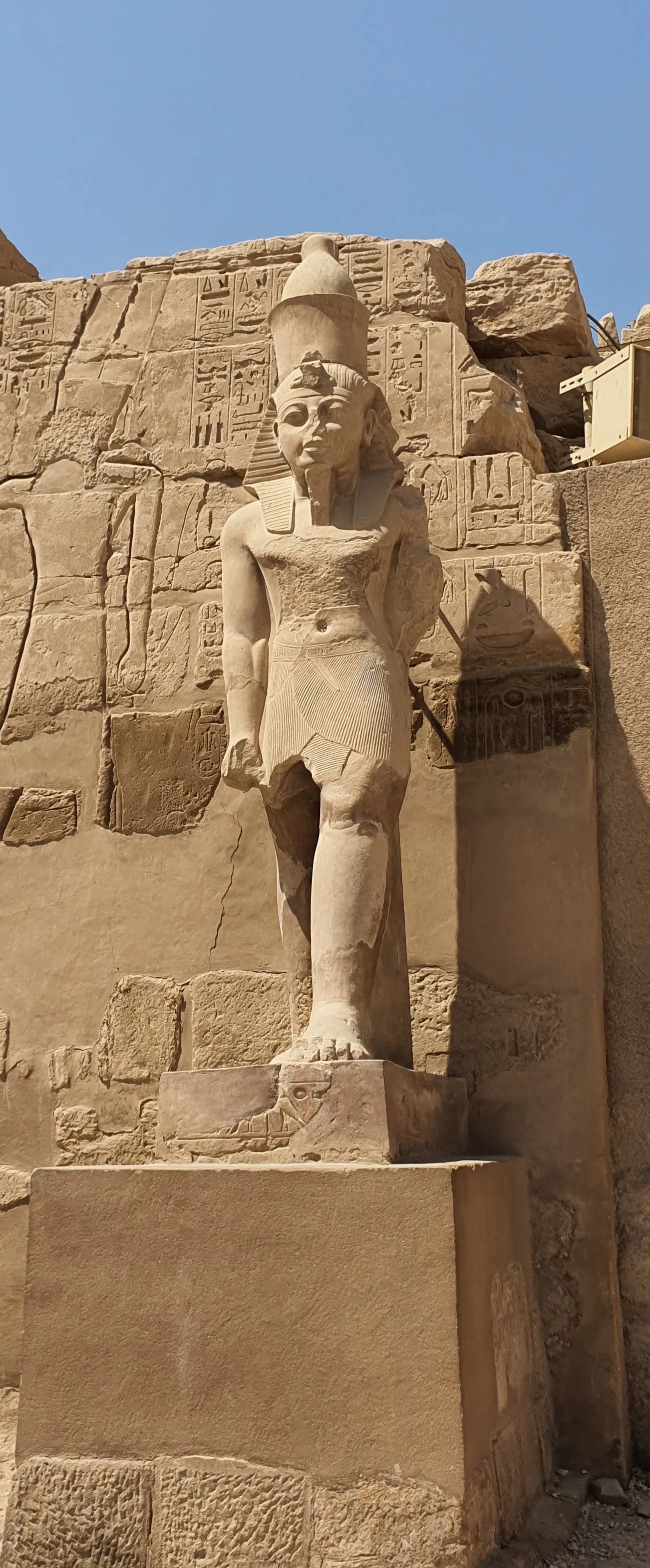
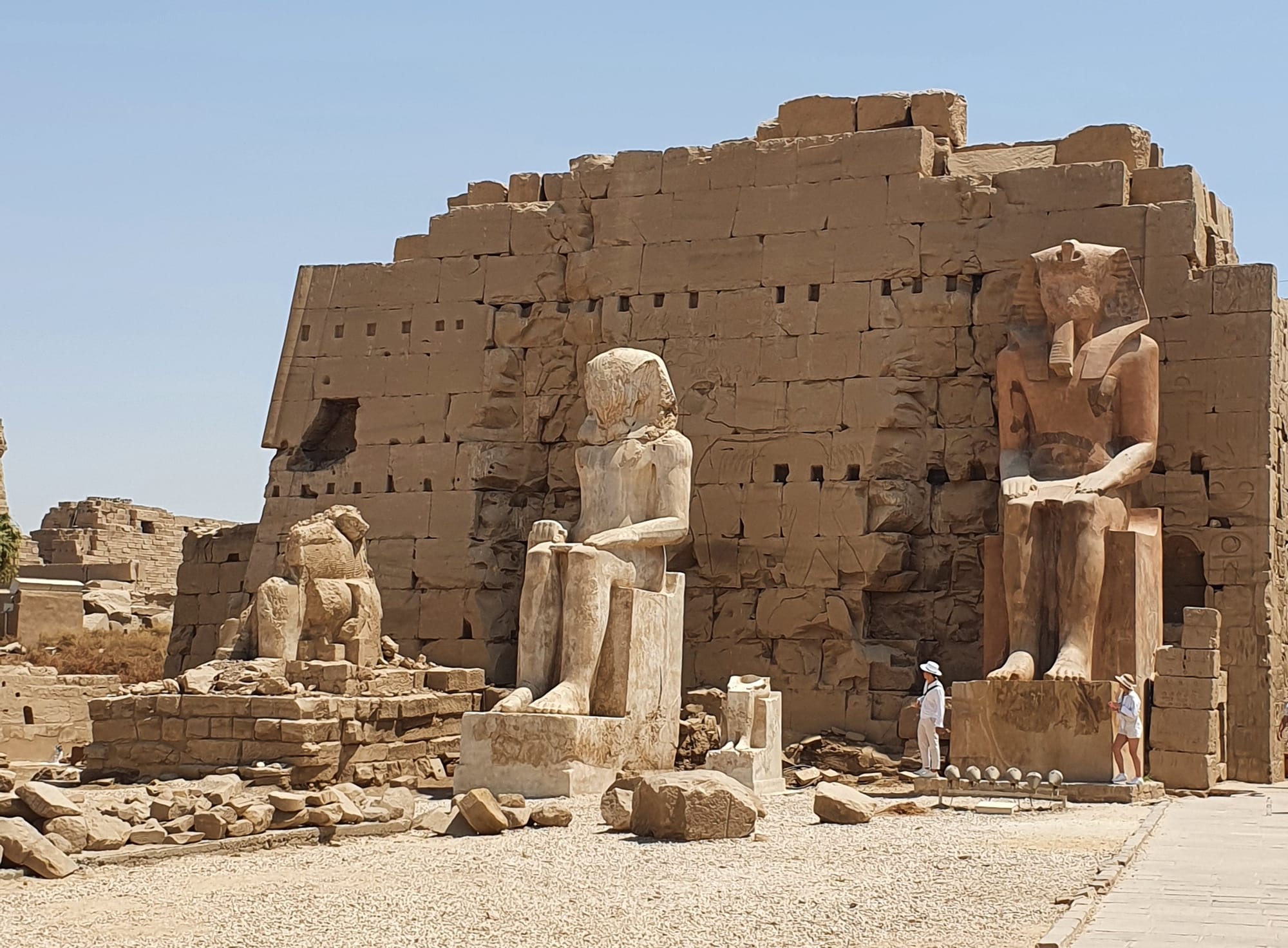
Luxor West Bank houses tombs of queens, kings and nobles, temples of Hatshepsut, Ramses III, Seti I and, of course, much more…..
Valley Of The Kings
It’a a beautiful valley surrounded by mountains, filled with silence, sunlight and hot air. The silence emphasises the character of the place.
Hatshepsut’s Temple
Open 6am – 5pm, visitor centre with ticket office and toilets.
Hatshepsut was the first woman to take the title King of Upper and Lower Egypt, as no title existed for the female equivalent and she had herself represented pictorially as a male. Her reign was one of the most prosperous and peaceful in Egypt’s history. The temple is considered to be a masterpiece of ancient architecture, its tarases rise from the desert floor into limestone cliffs creating a beautiful place worth visiting.
info: https://en.wikipedia.org/wiki/Mortuary_temple_of_Hatshepsut
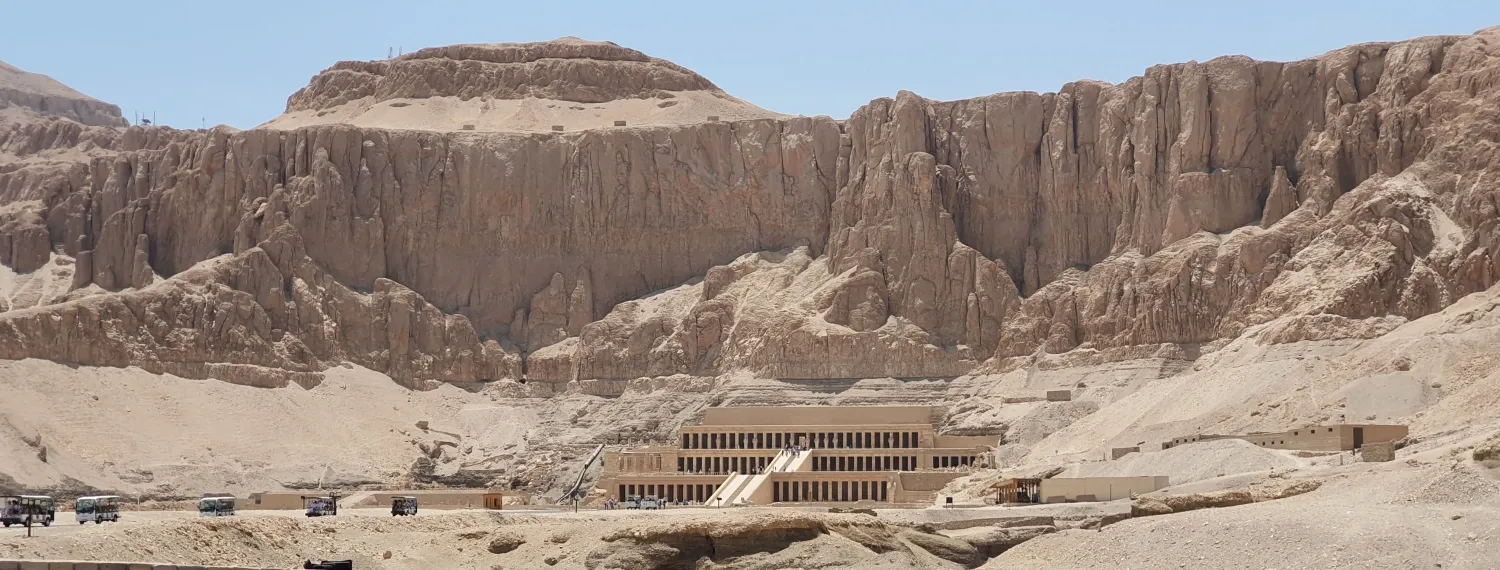
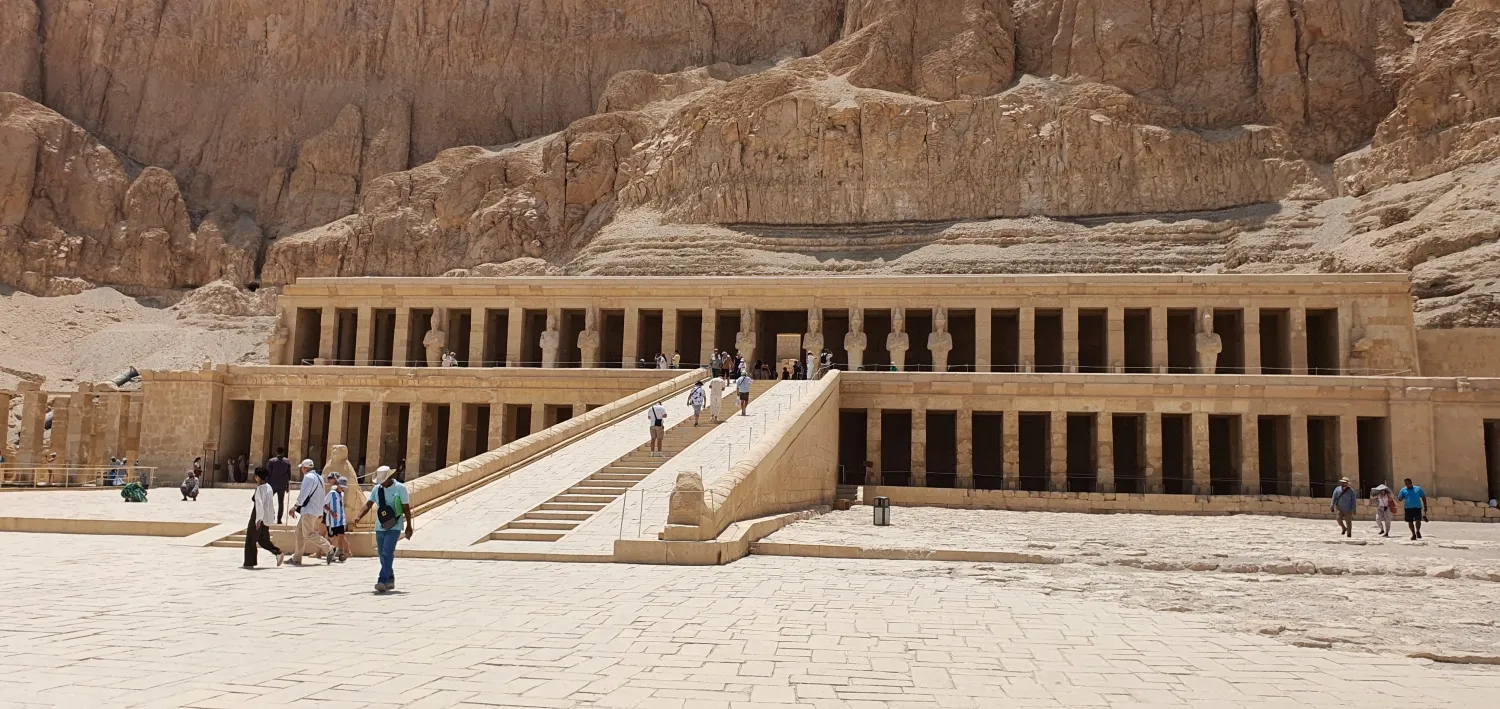
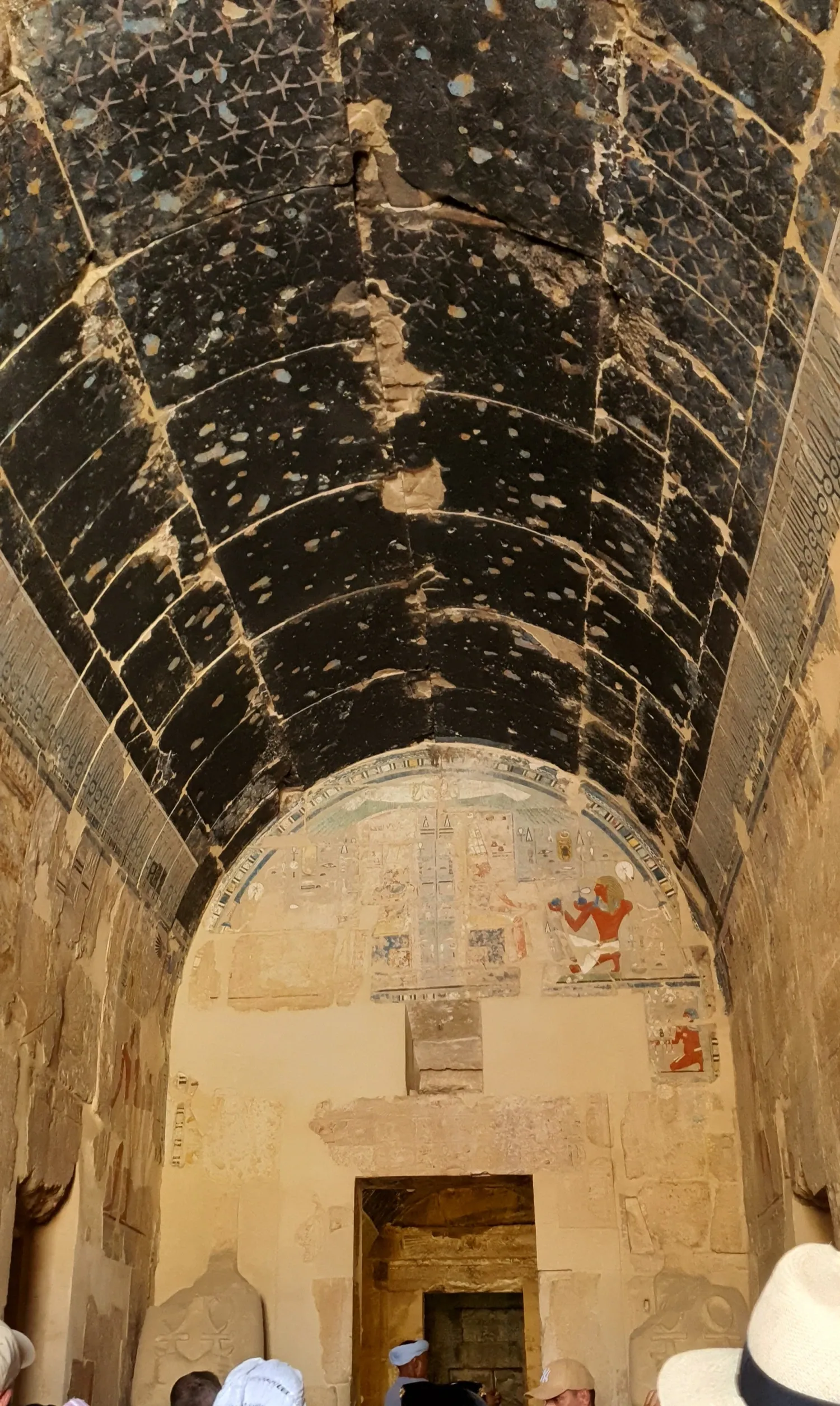
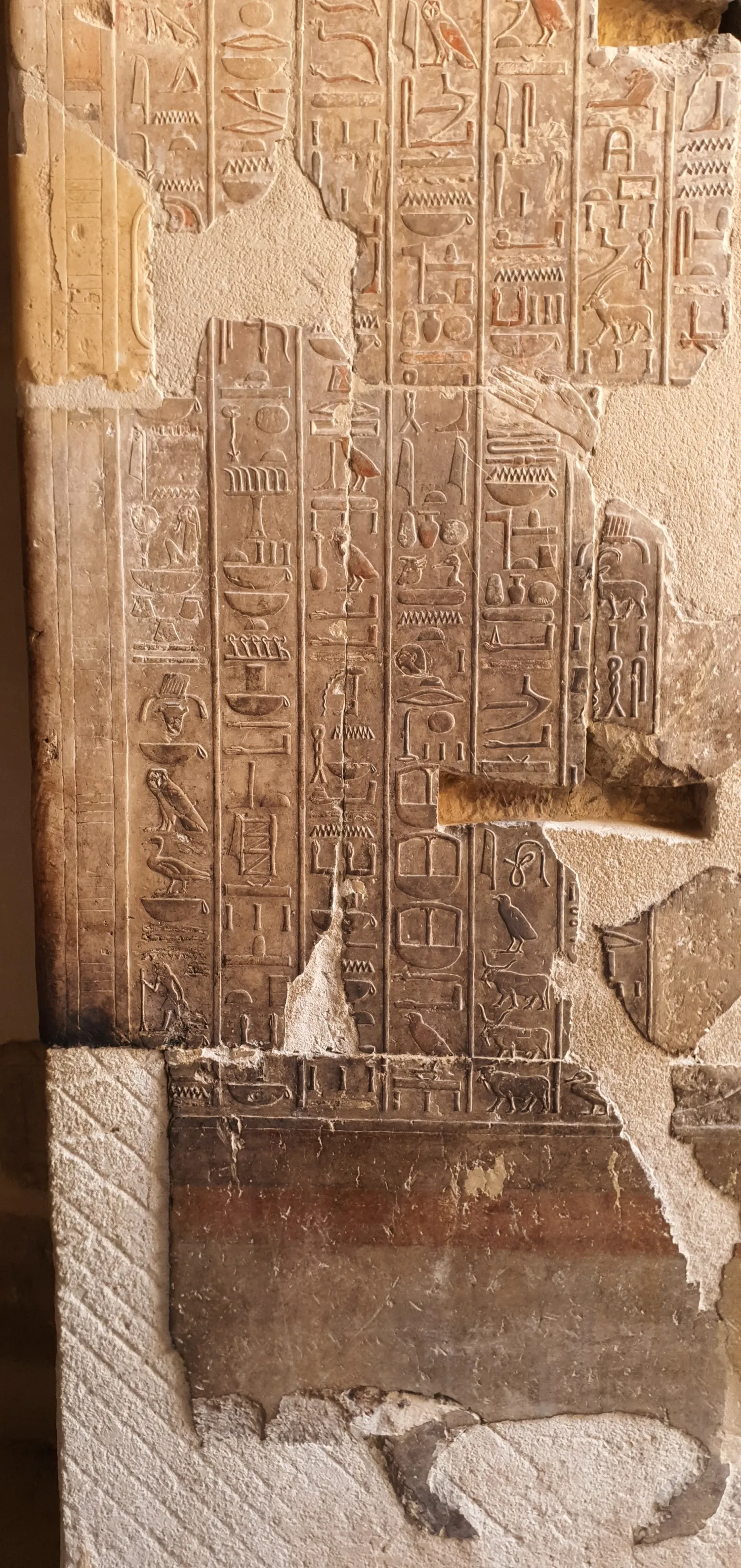
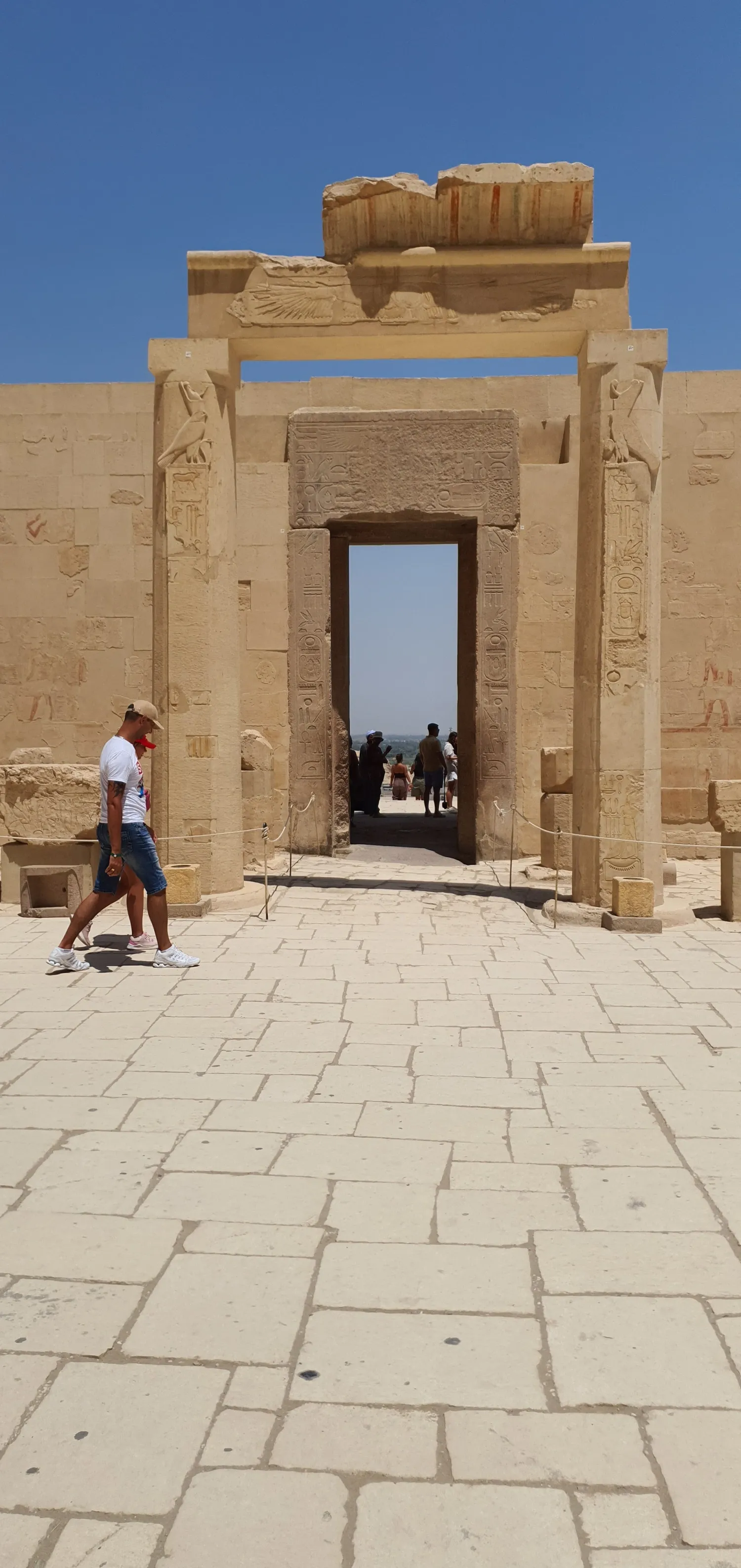
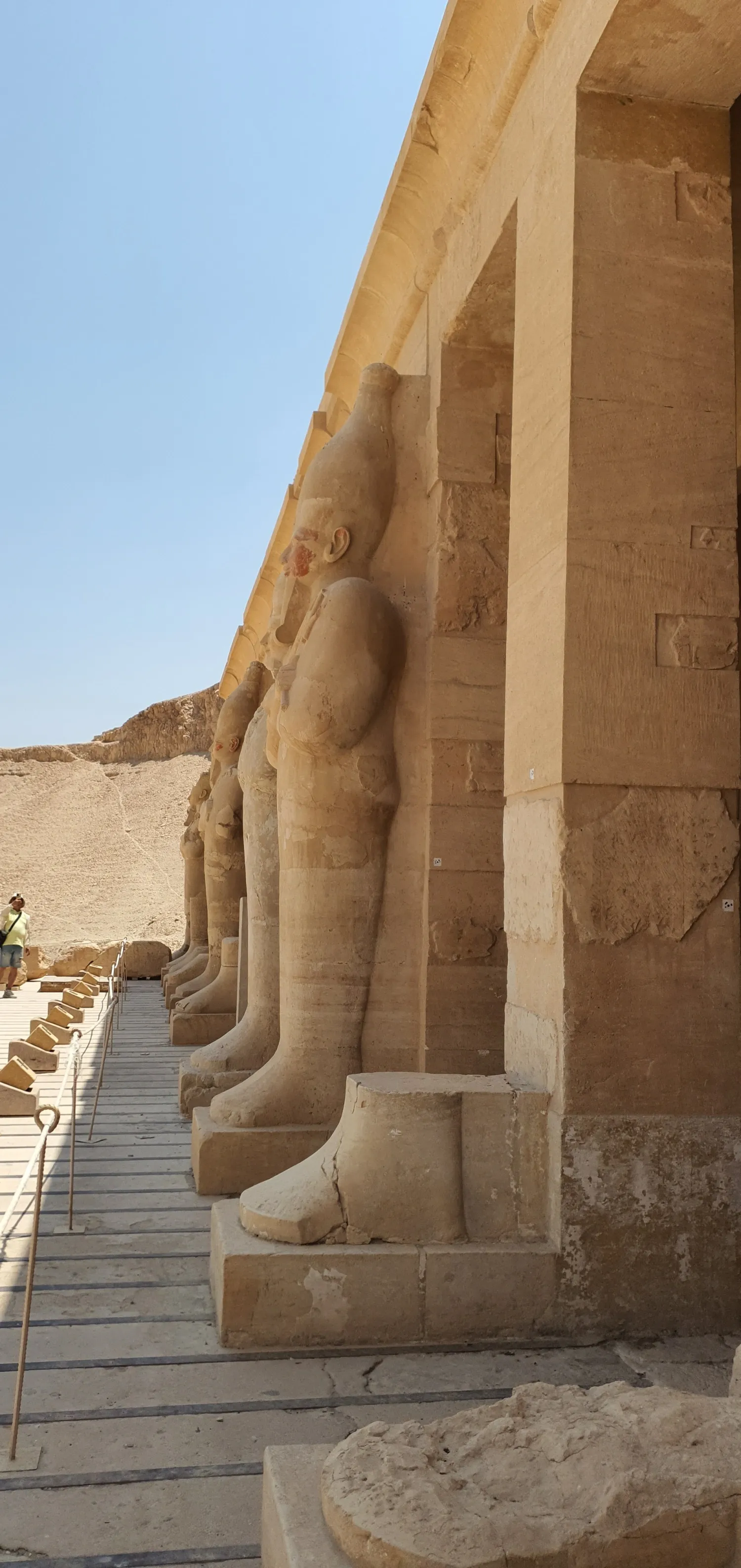
Valley Of The Kings
Open 6am – 5pm, visitor centre with ticket office and toilets. Shopping bazaar.
Info: https://en.wikipedia.org/wiki/Valley_of_the_Kings
Located on the west bank of the Nile (the side where the sun dies/the side of the dead), the Valley of the Kings is the principal burial site for the rulers of Egypt’s New Kingdom. Its tombs contain unique examples of funerary decoration.
There is little shaded area, and there is little fresh air inside the deeper tombs, especially the crowded ones.
Usually, eight tombs are open to the public, and the entrance ticket allows visitors to visit only three tombs. A separate ticket is required to enter Tutankhamun’s tomb.
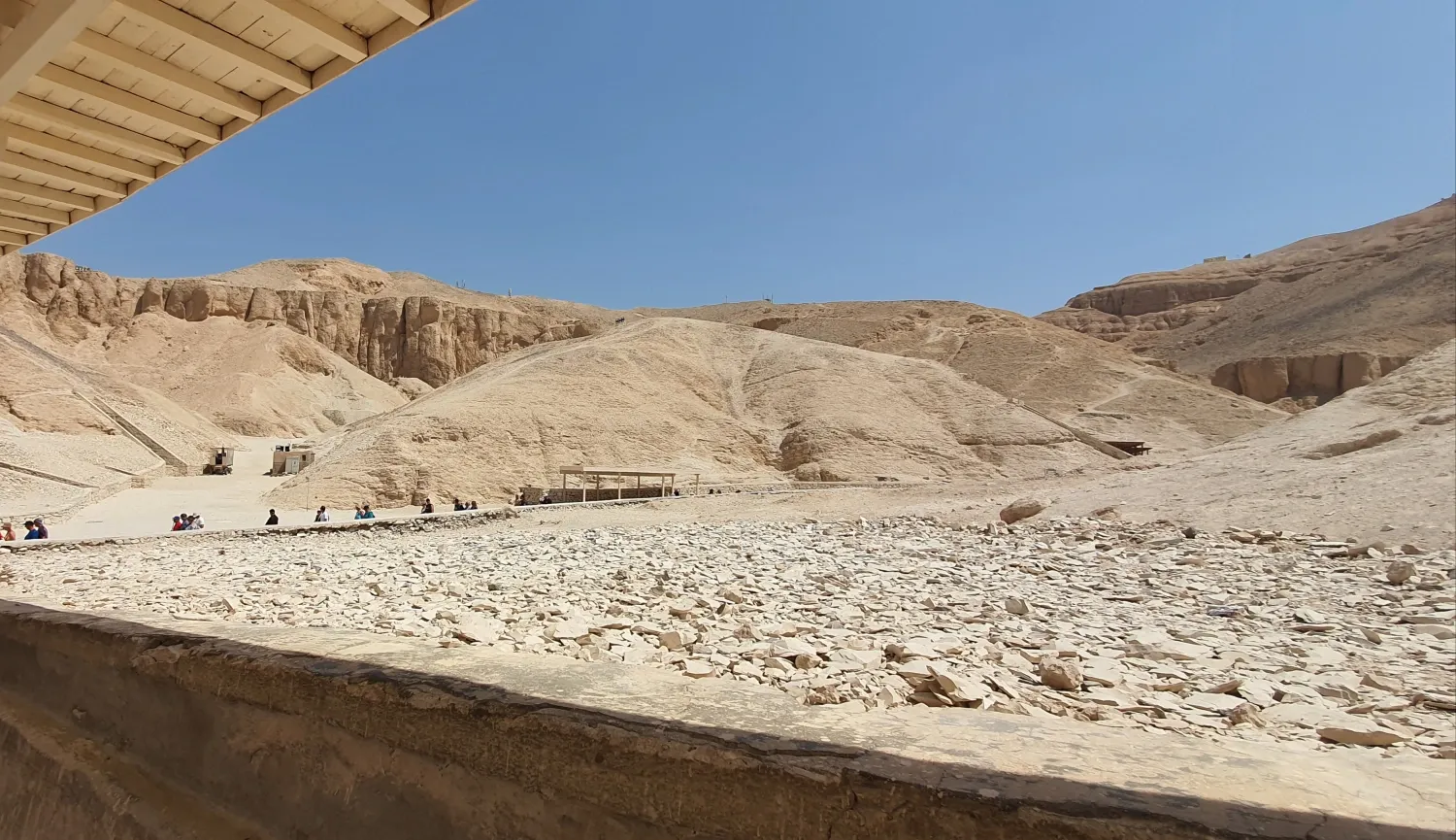
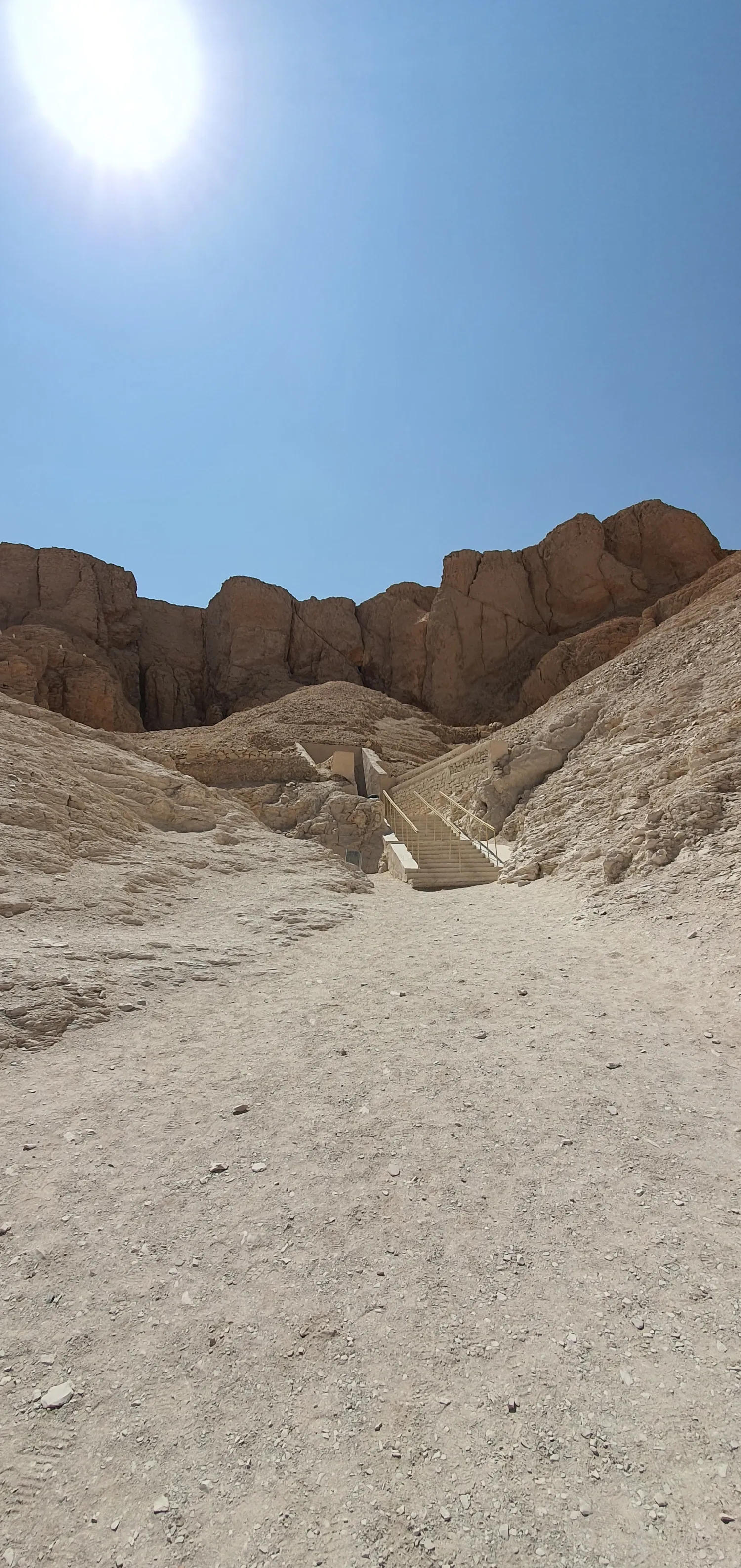
KV2 – Ramesses IV’s Tomb
Originally intended to be much larger, KV2 was cut short at 89 metres due to the early death of the pharaoh (1147 BCE), and a pillared hall was converted into the burial chamber. The sarcophagus is in place, with a magnificent Goddess Nut filling the ceiling above it.
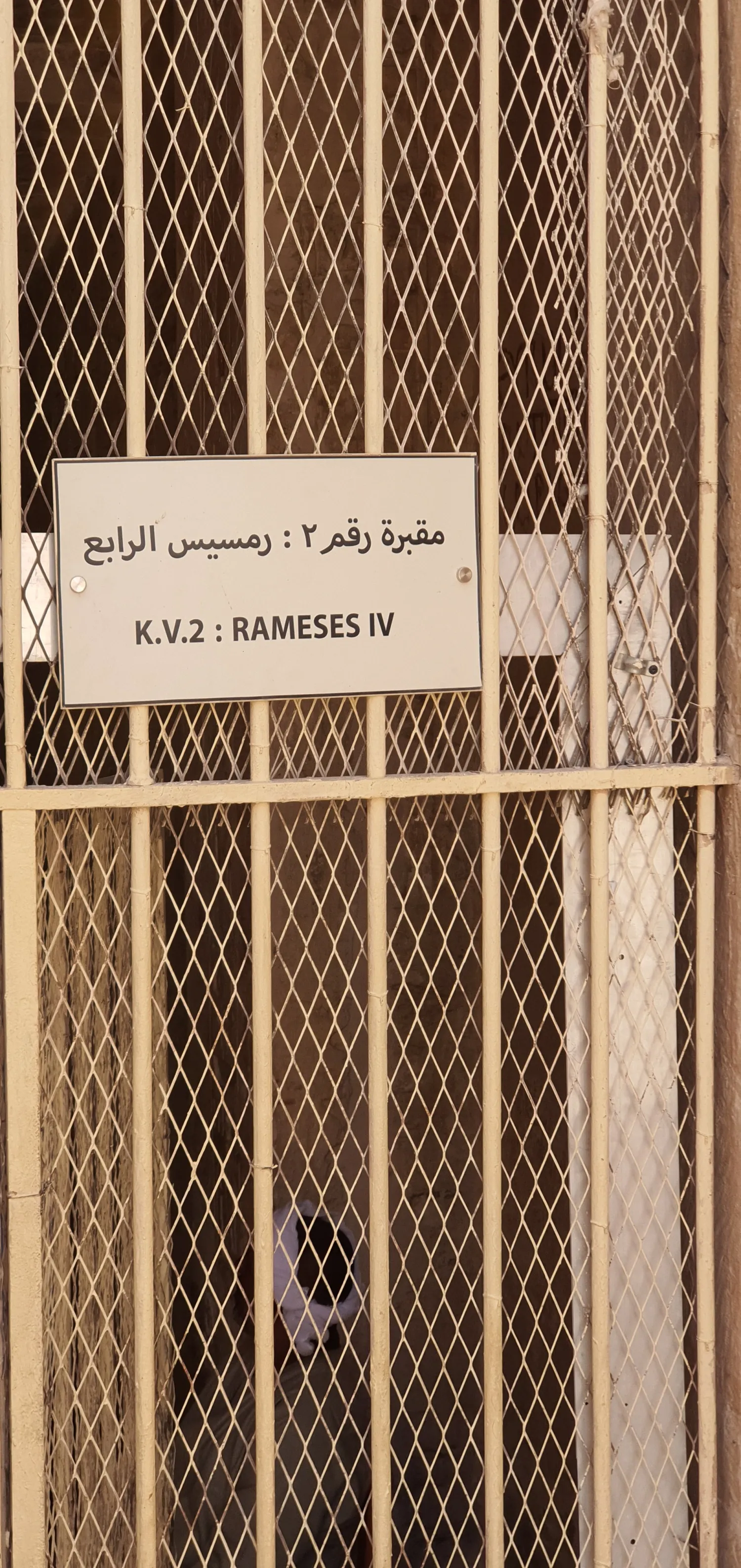
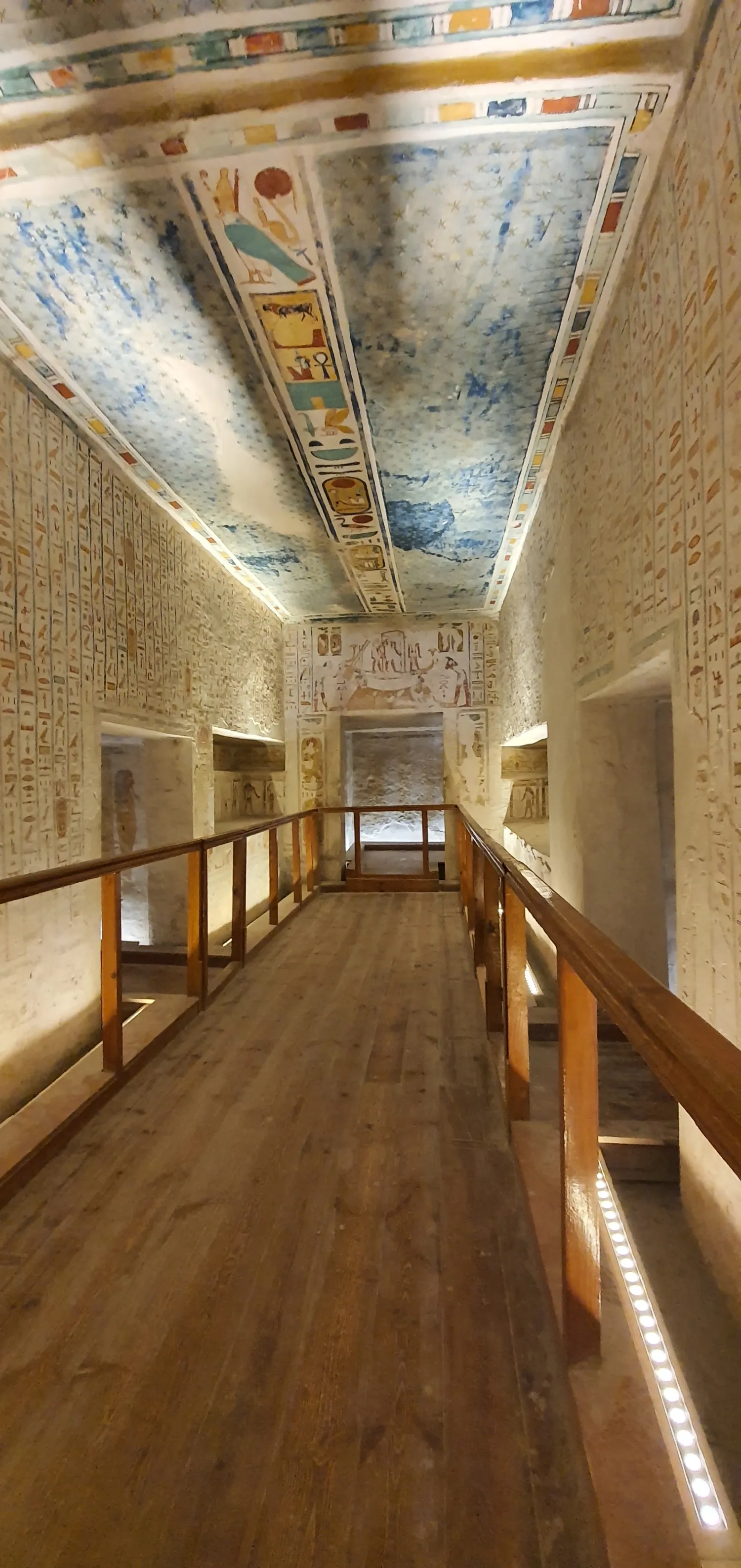
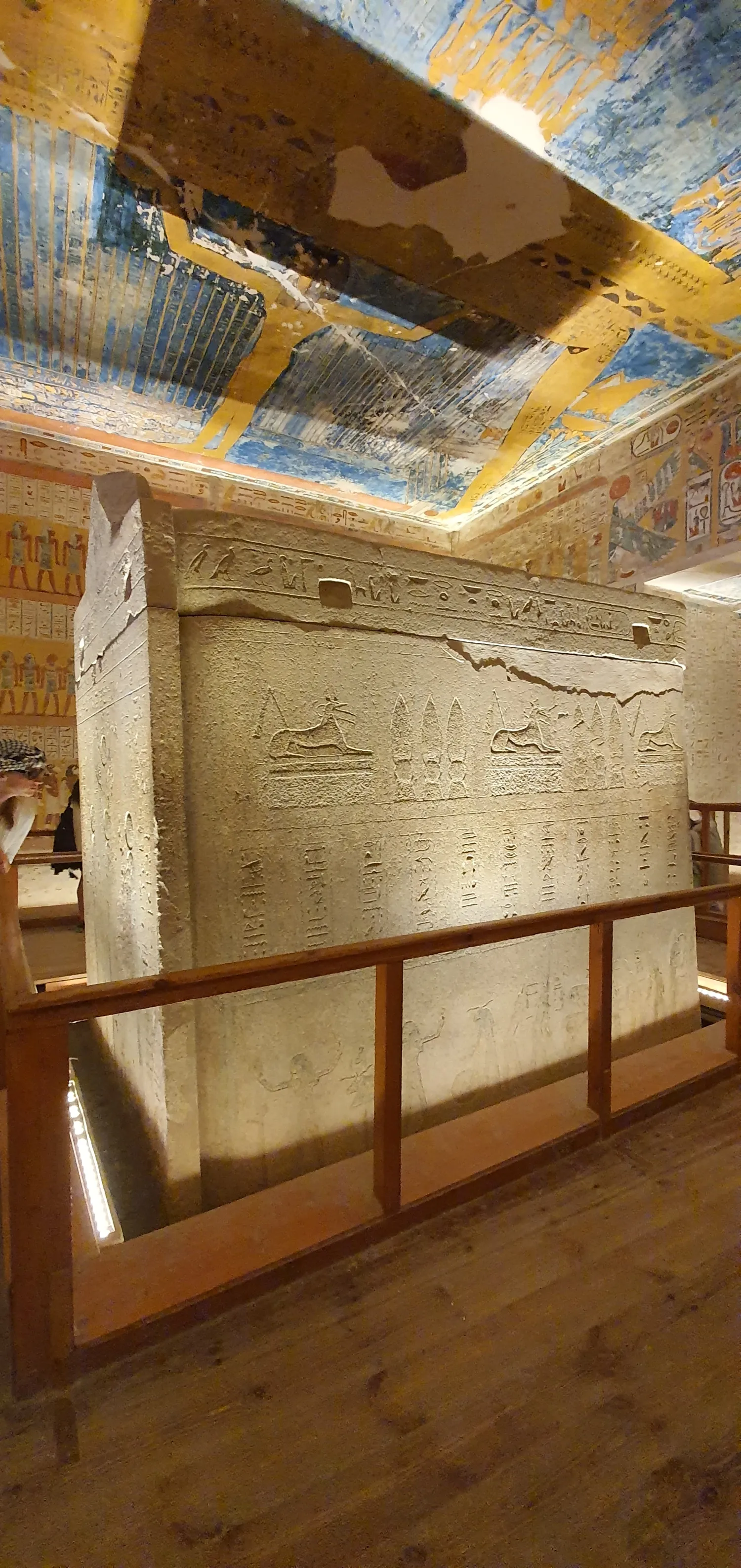
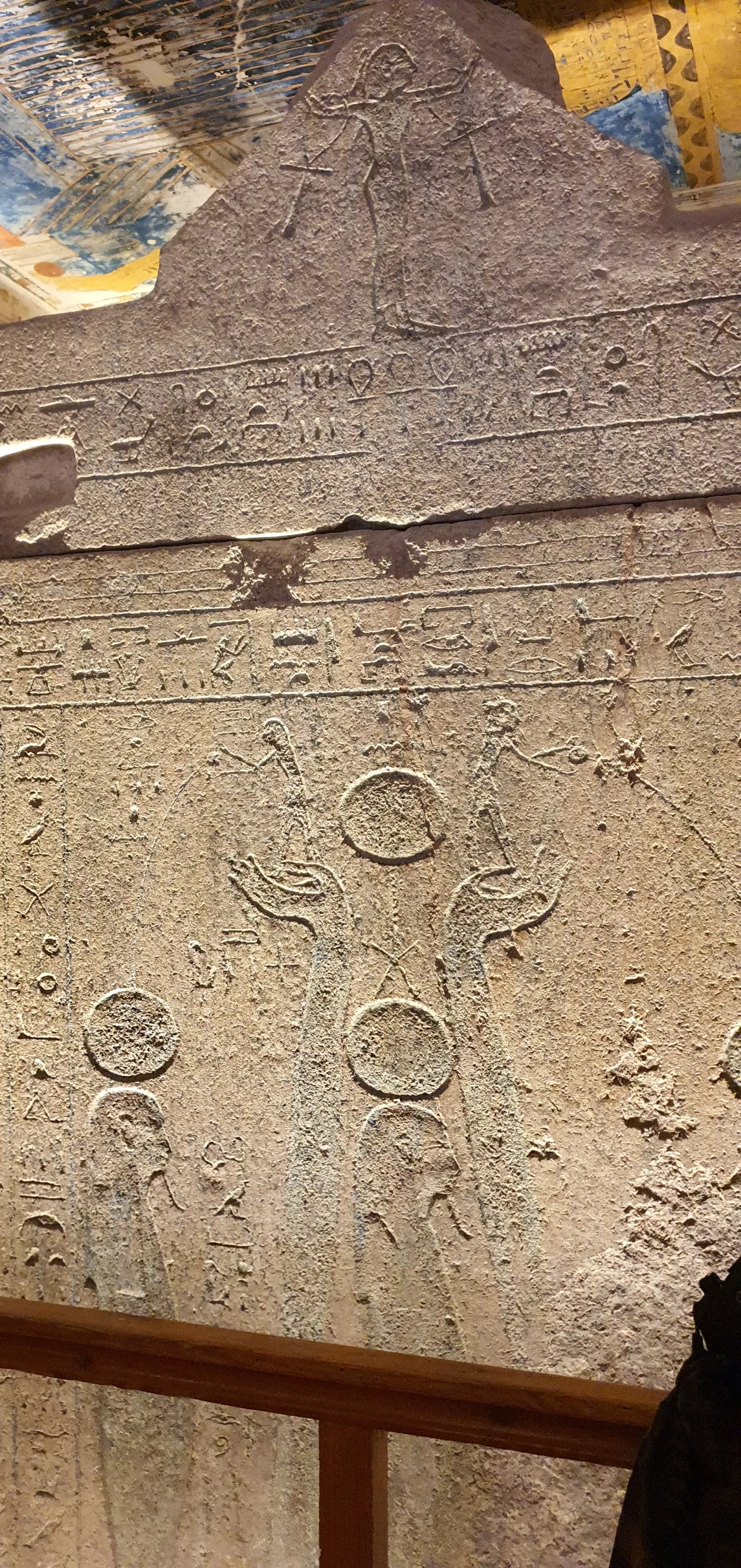
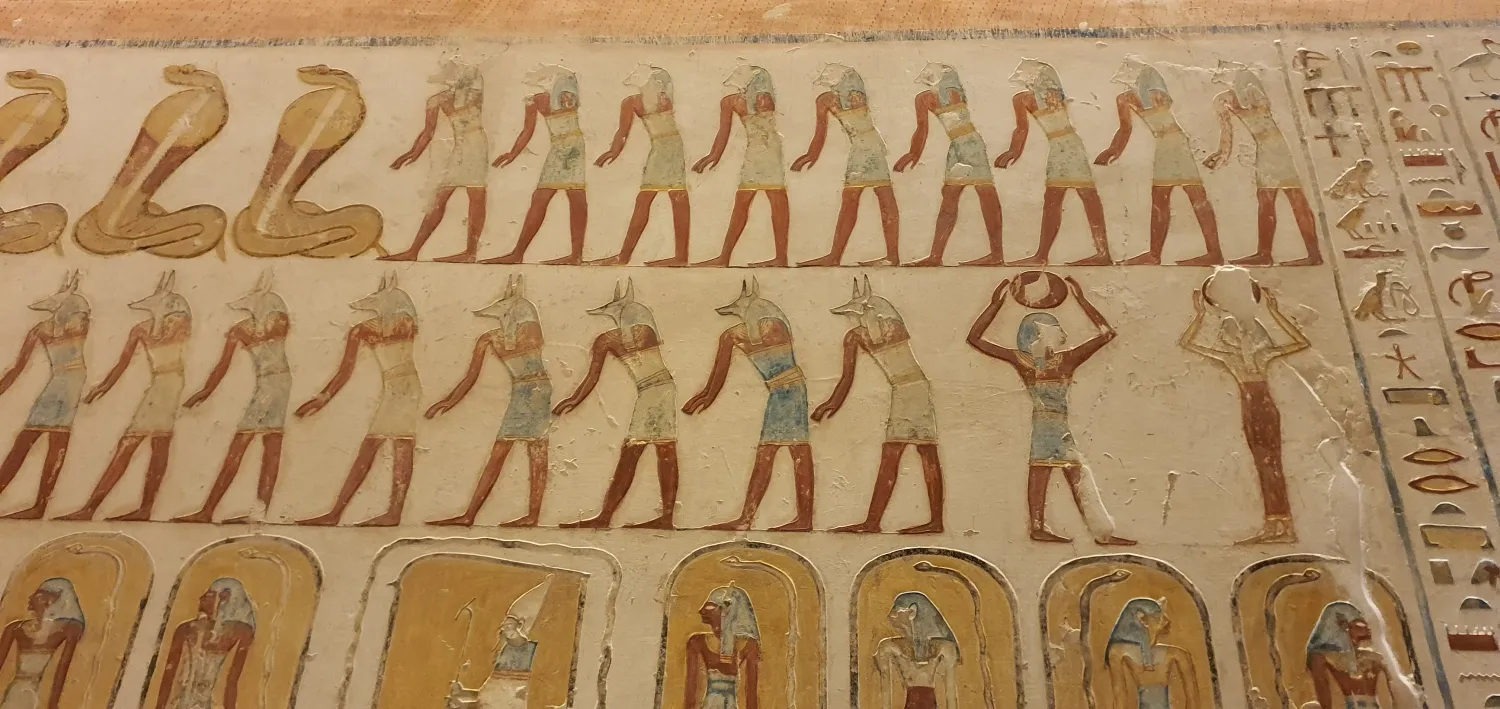
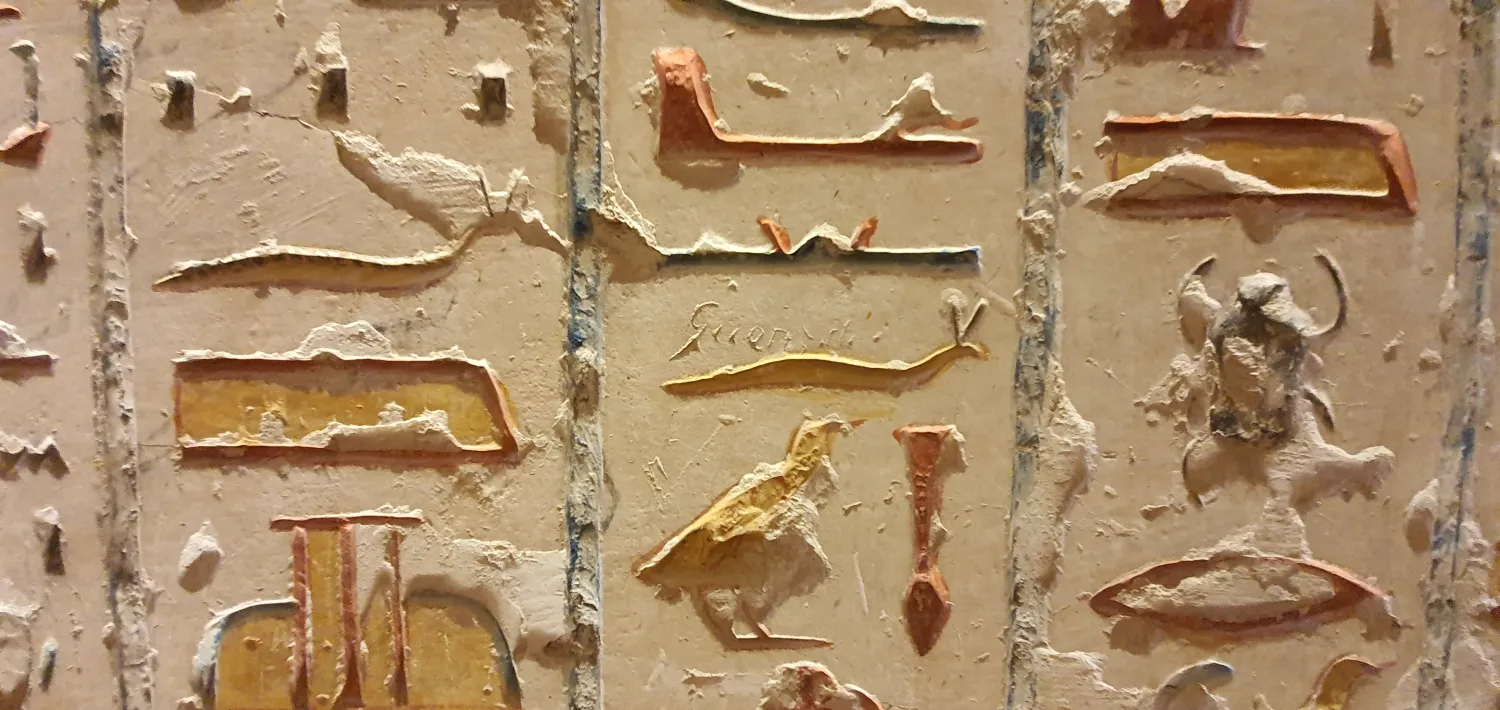
KV8 – Merneptah’s Tomb
The burial chamber is located at the end of a 160-metre corridor. The walls are decorated but have been damaged by flooding. The ceiling is painted blue with yellow stars to represent the night sky.
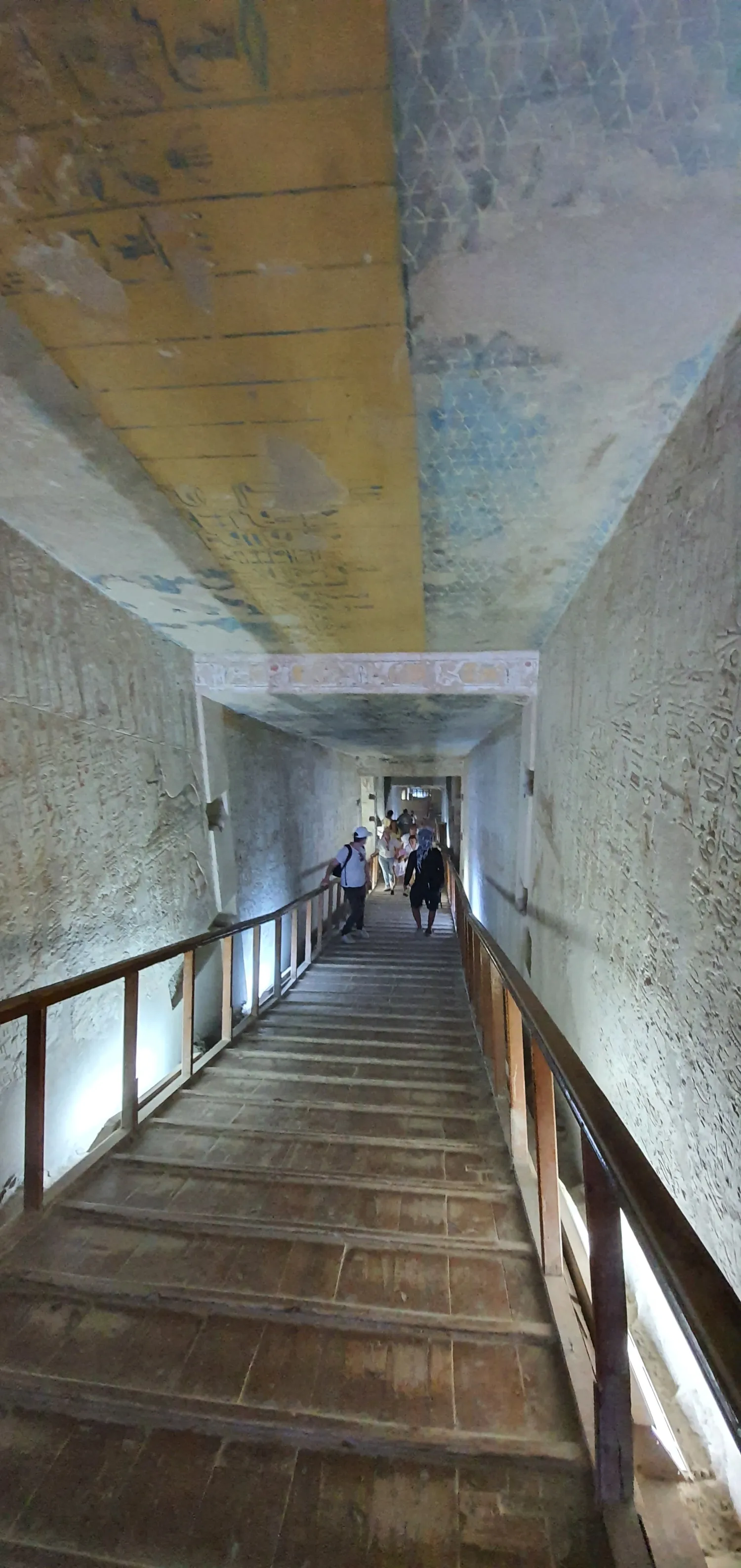
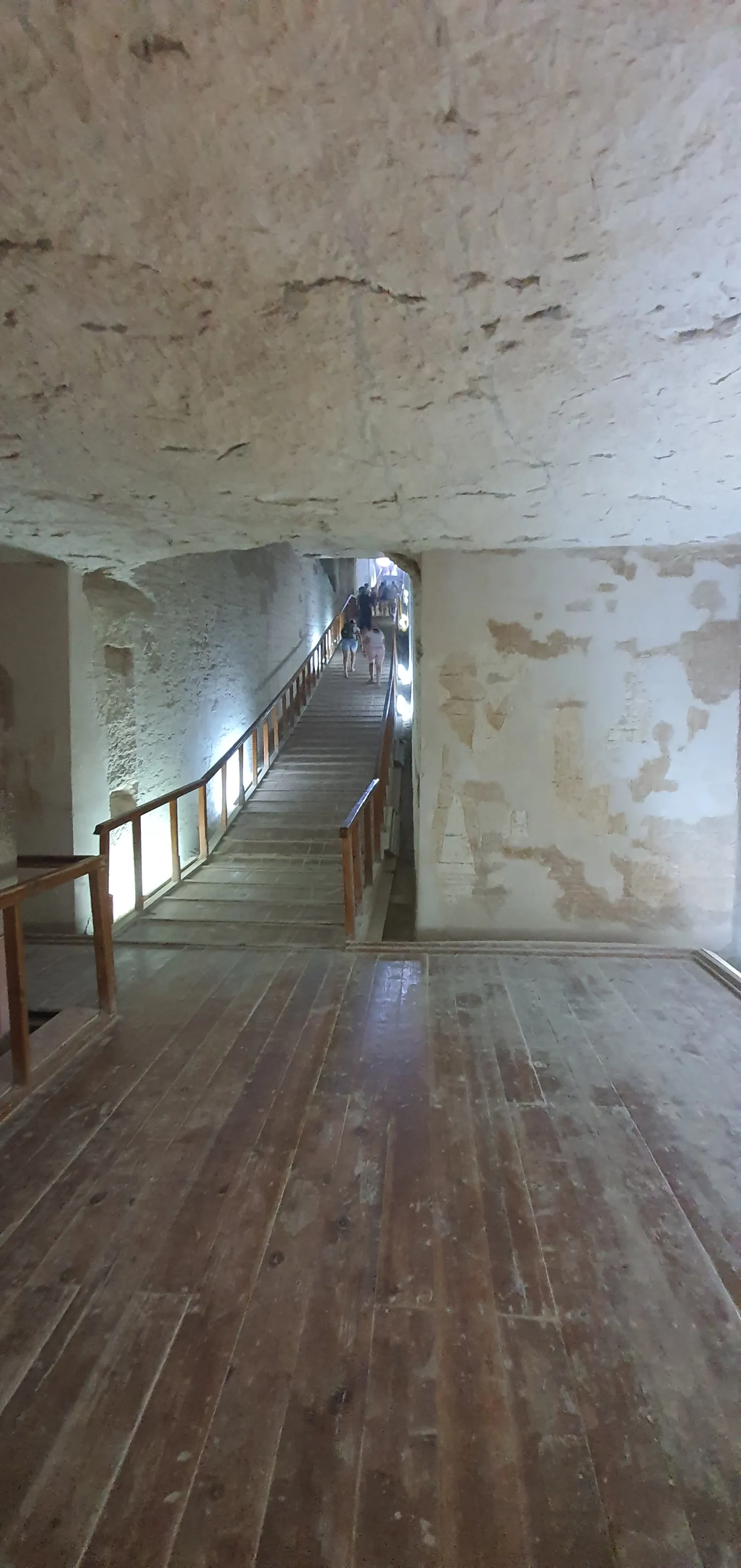
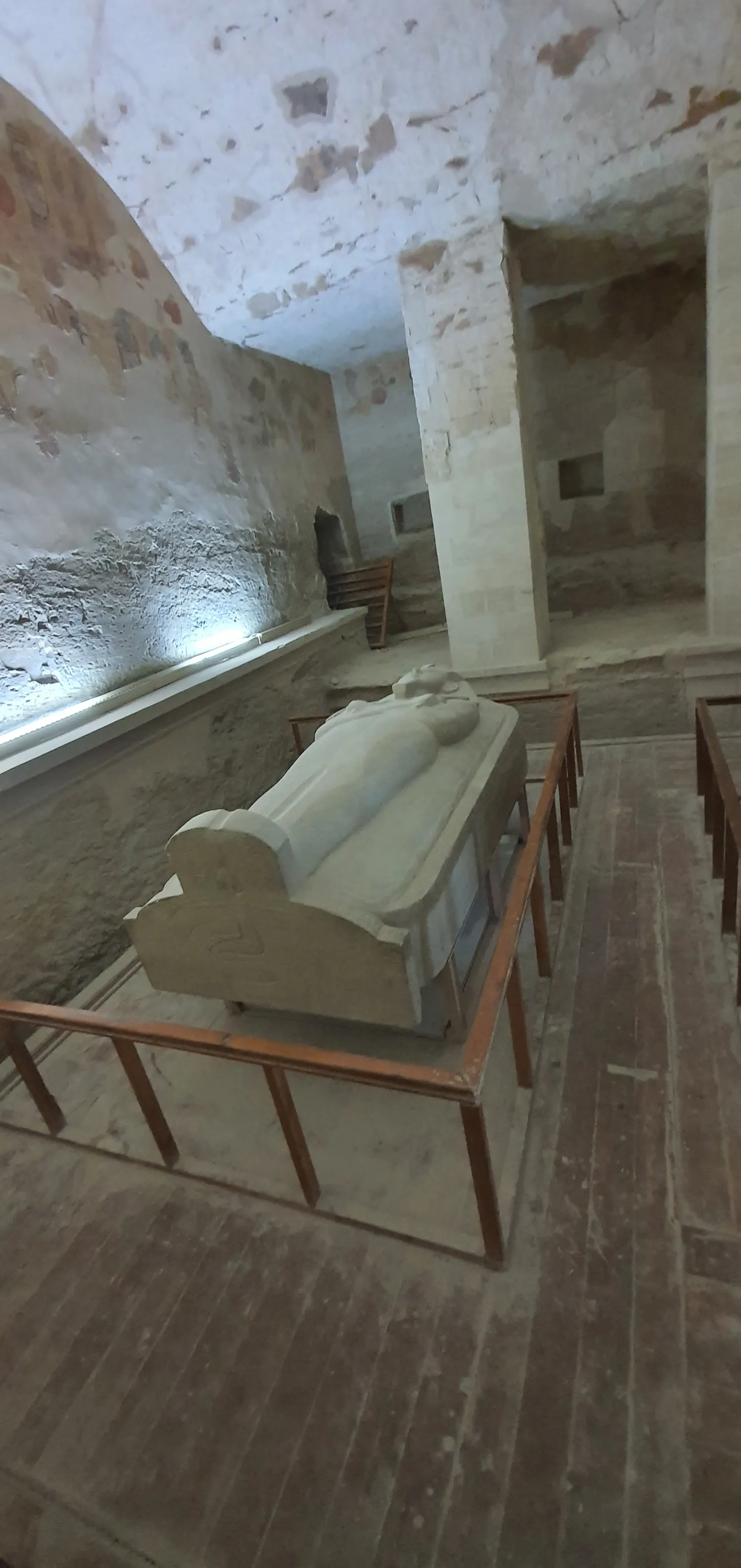
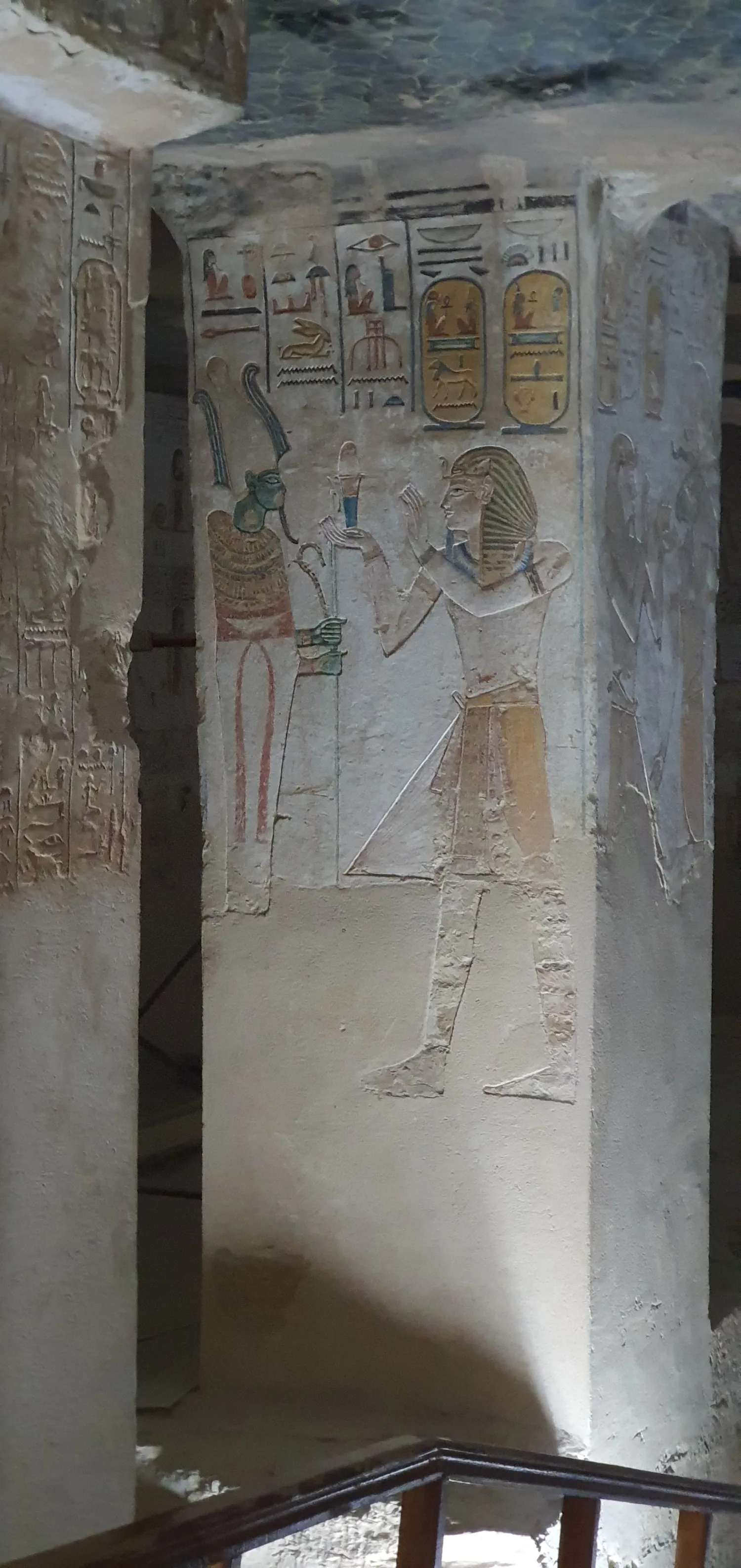
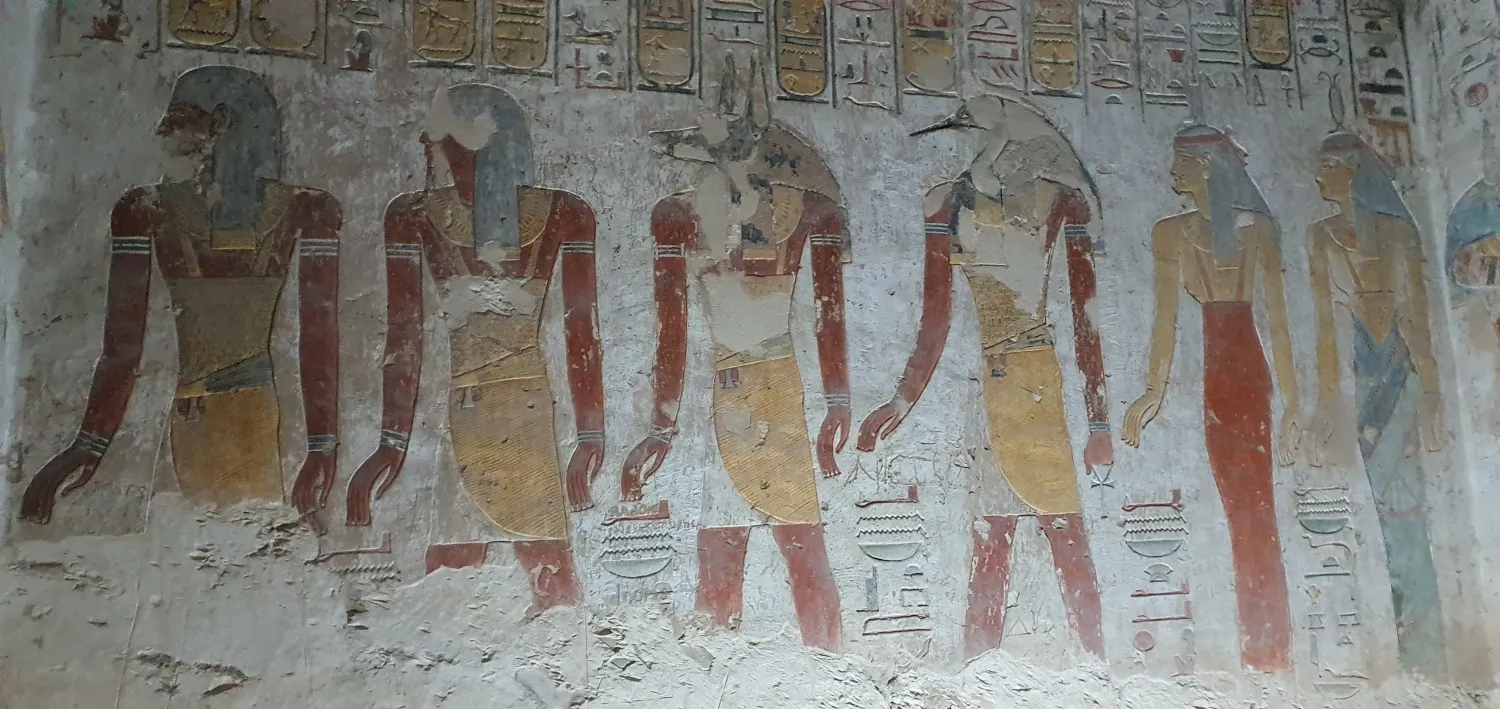
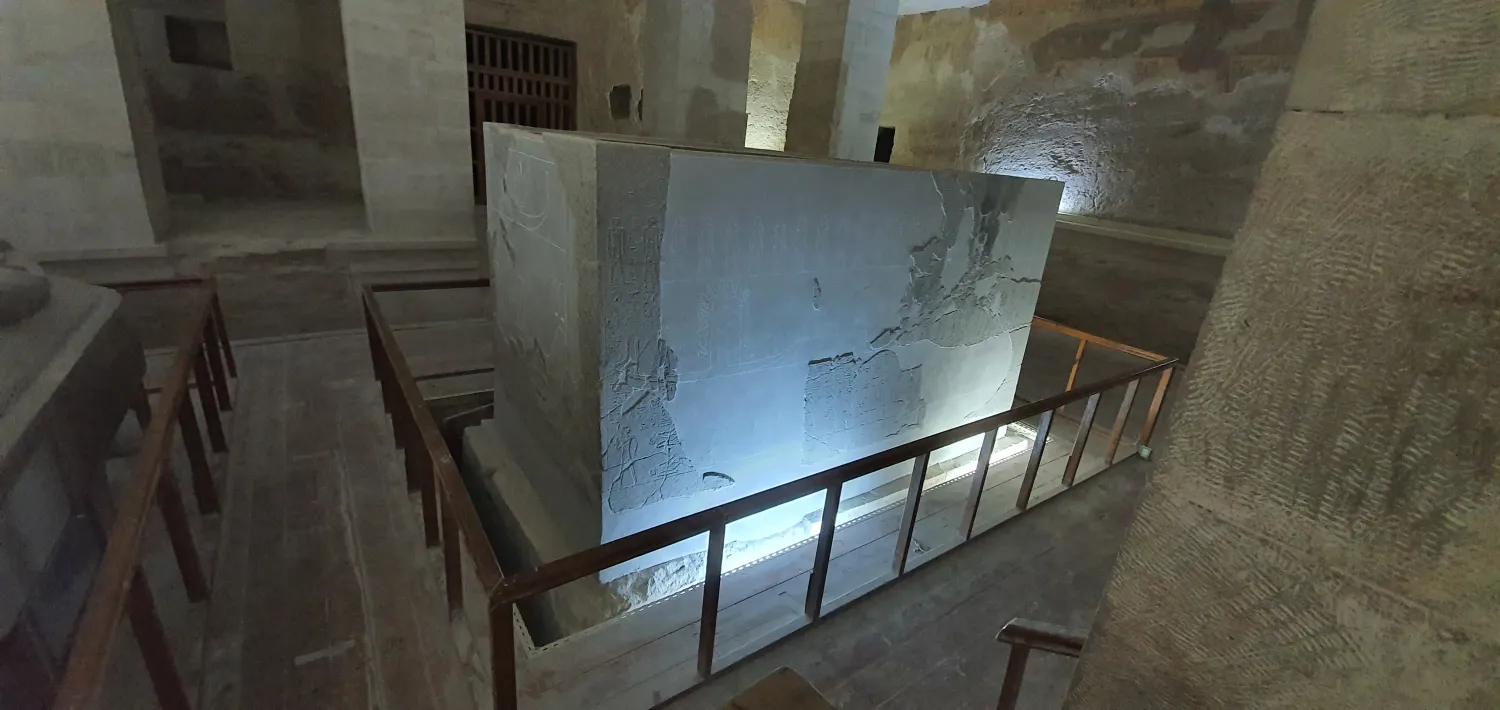
KV6 – The Tomb of Ramesses IX
KV6 has been open since antiquity, as can be seen by the graffiti left on its walls by Romans. The sarcophagus has never been found; however, Ramesses IX’s mummy was one of those found in the Deir el-Bahri cache in 1881.
The corridor is 105 metres long. Not all parts of the tomb are decorated – it looks like it was not ready when Ramesses IX died. Yet, the decorated parts are beautiful.
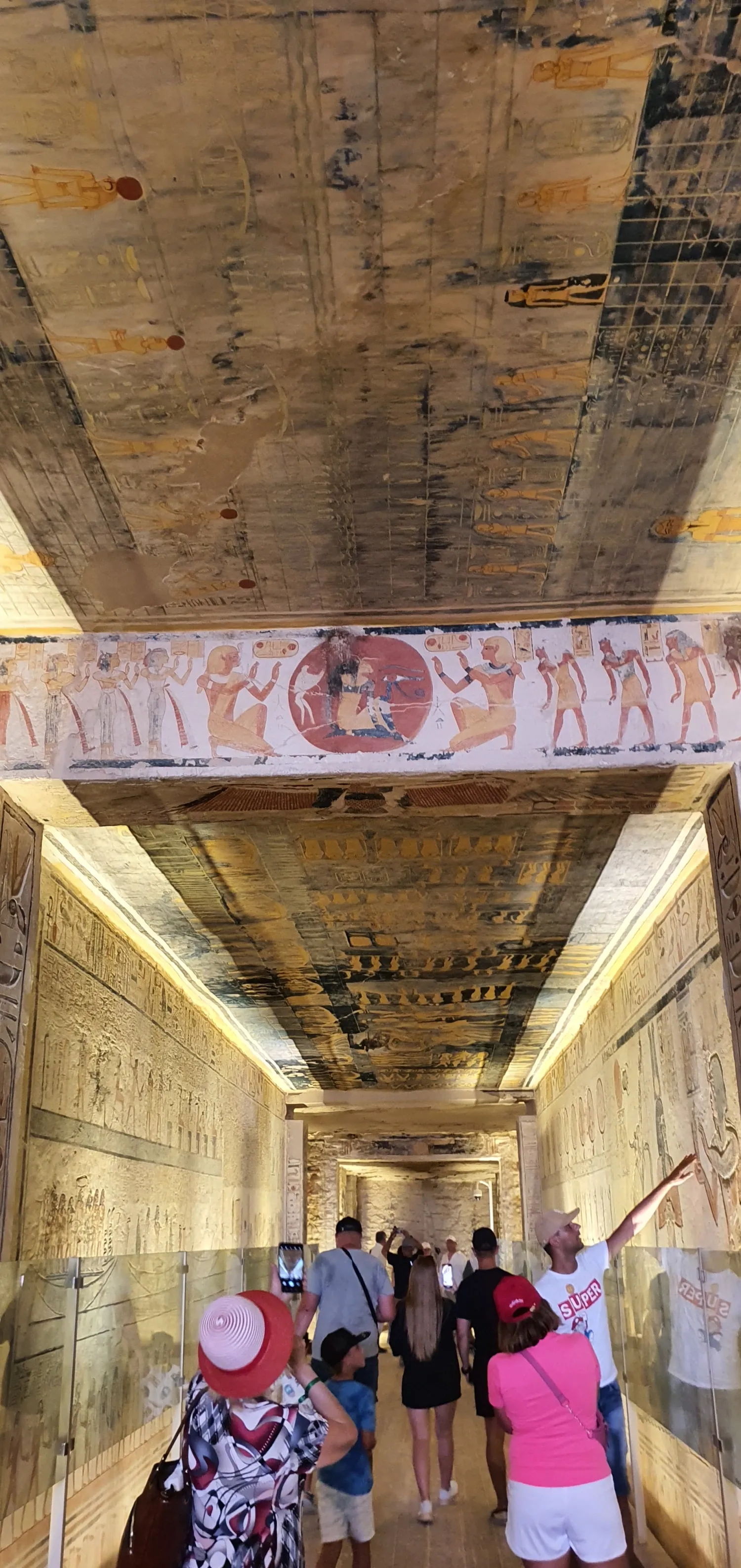
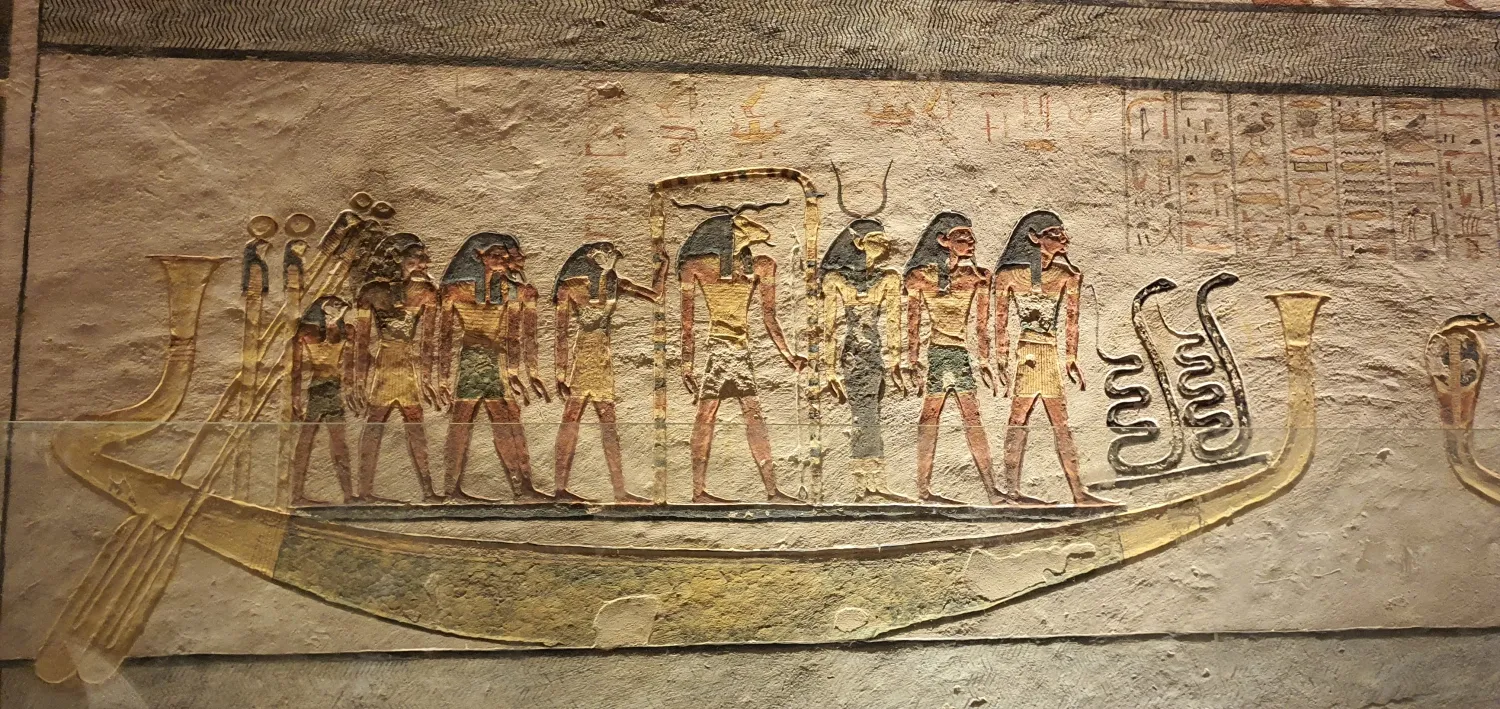
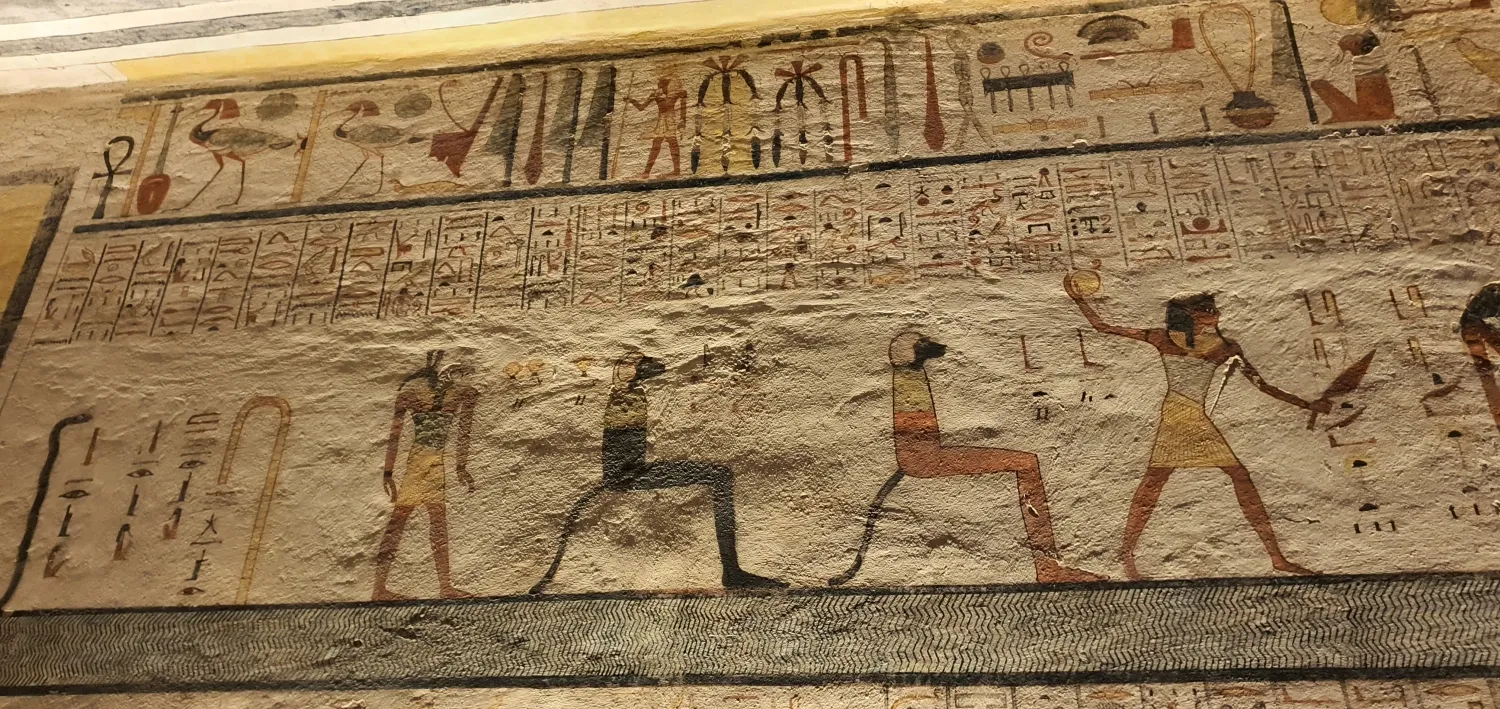
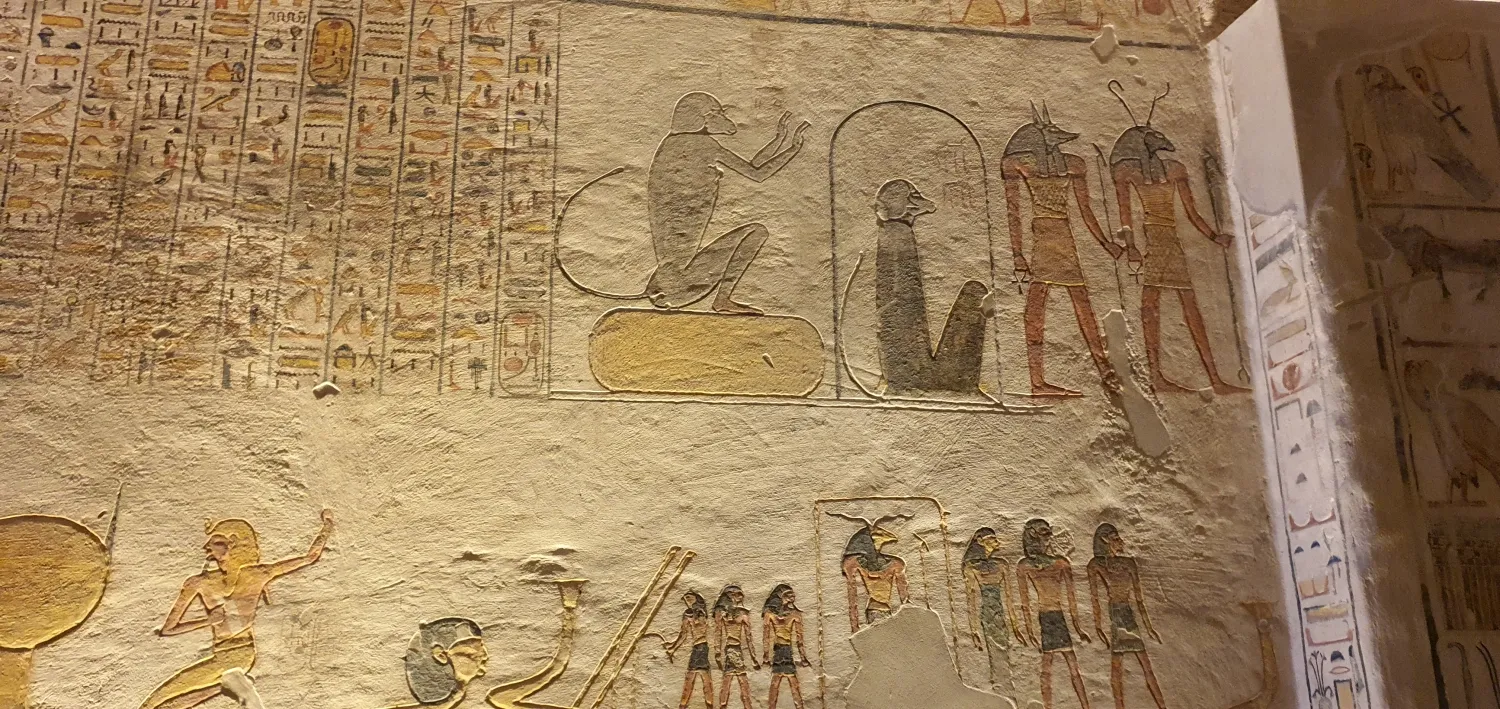
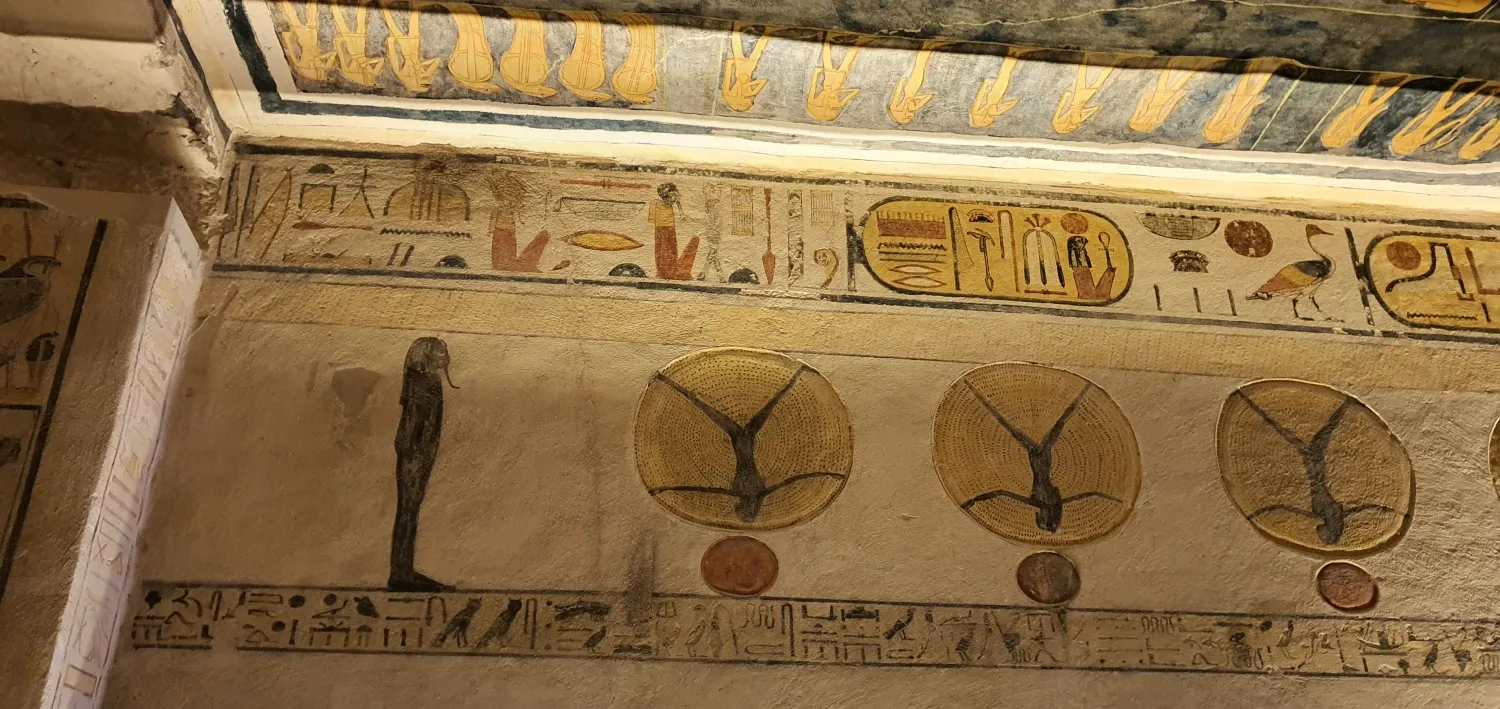
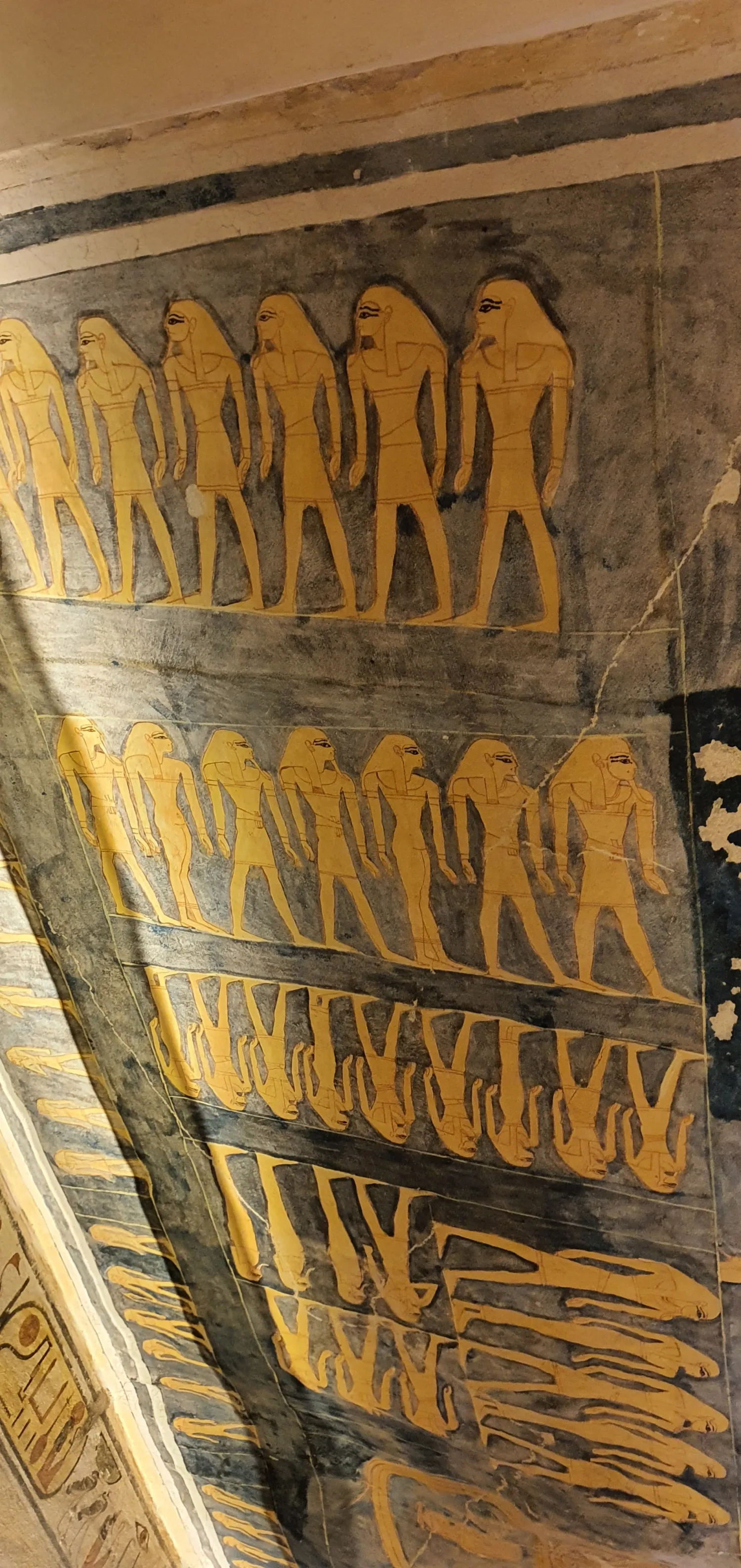
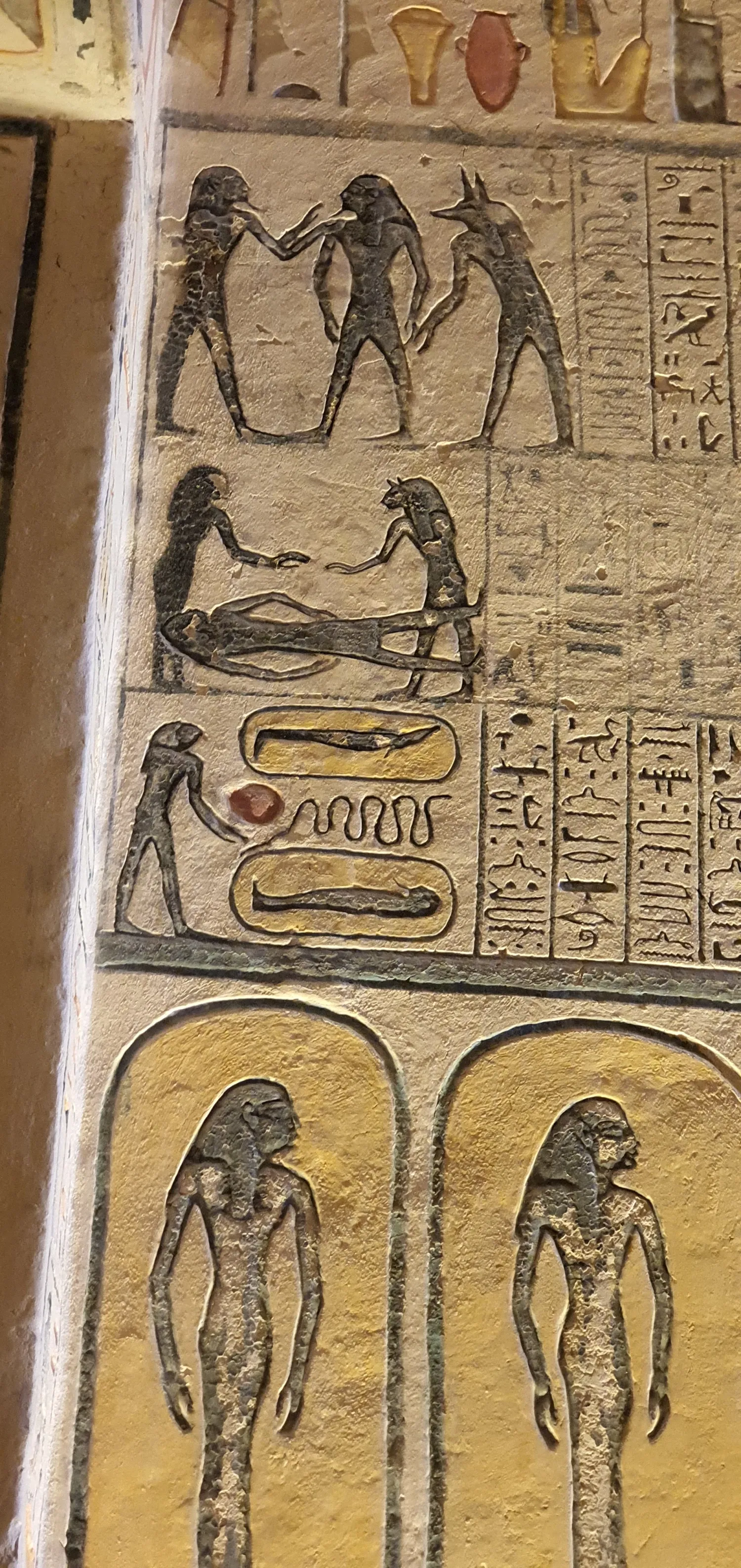
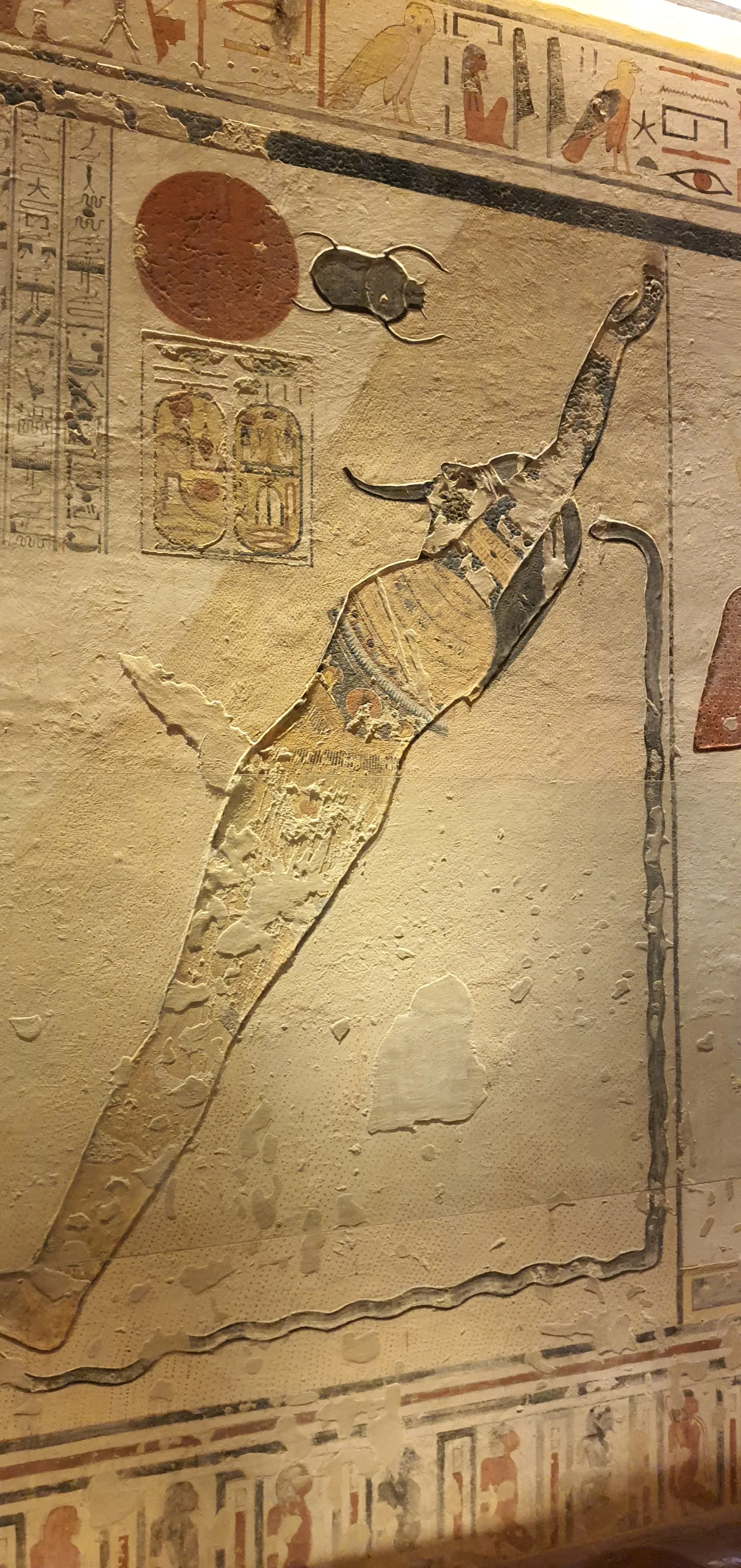
KV62 – Tomb of Tutankhamun
Some say it’s small and not worth the money – this might be true for those not interested in history and tomb exploration. Otherwise, the tomb is magical, the paintings are beautiful, and Tutankhamun’s mummy lies in a glass box exactly where it should be – in the tomb.
info: https://en.wikipedia.org/wiki/Tomb_of_Tutankhamun

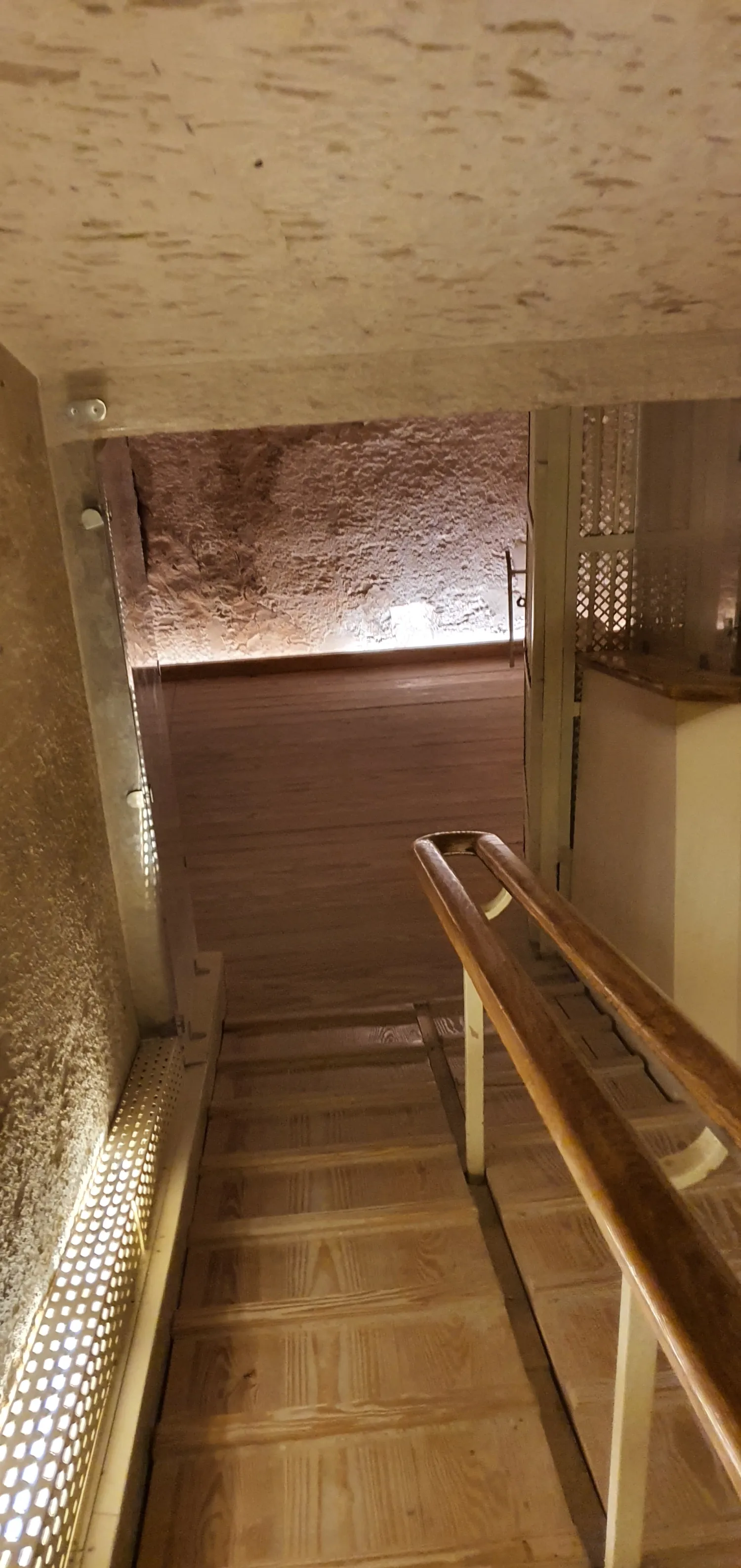
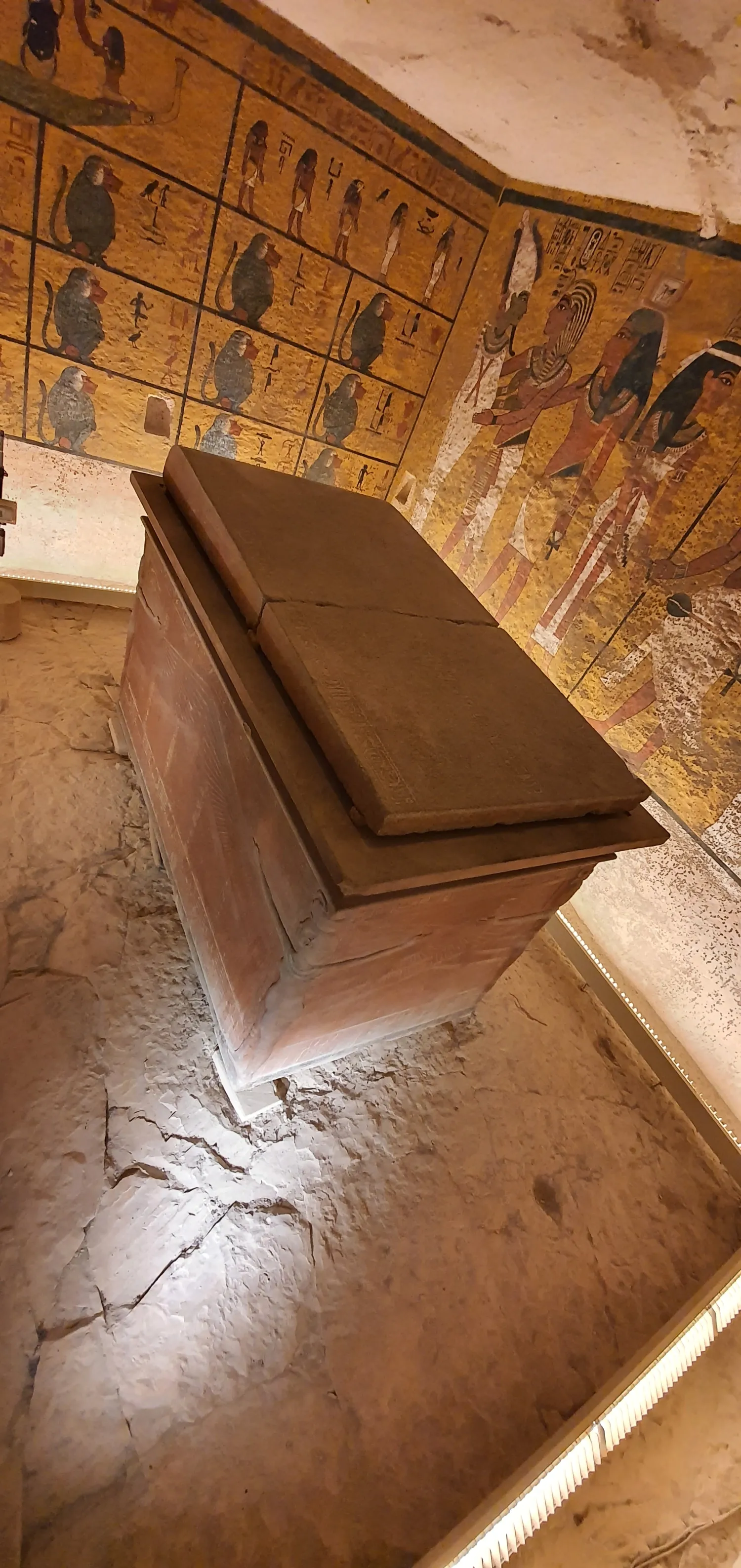
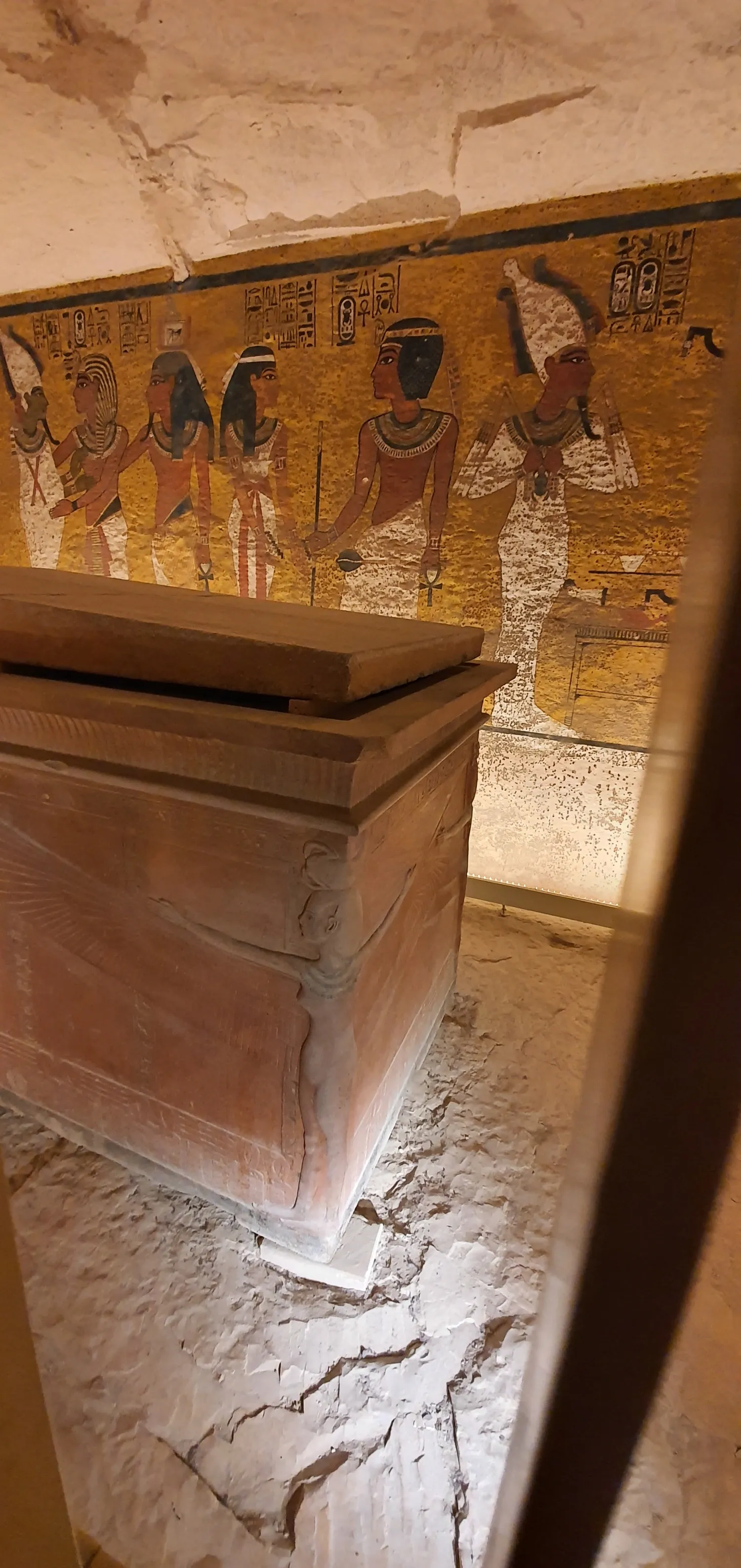
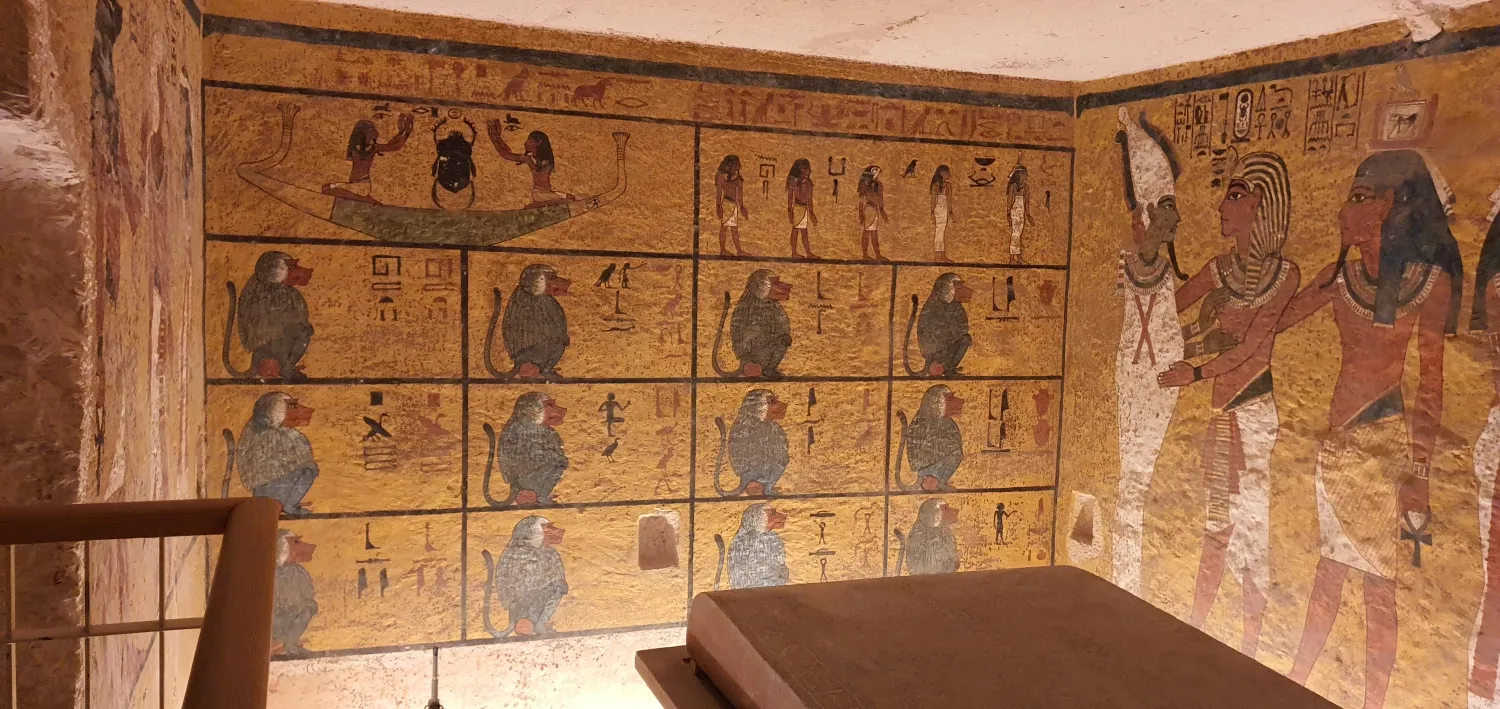
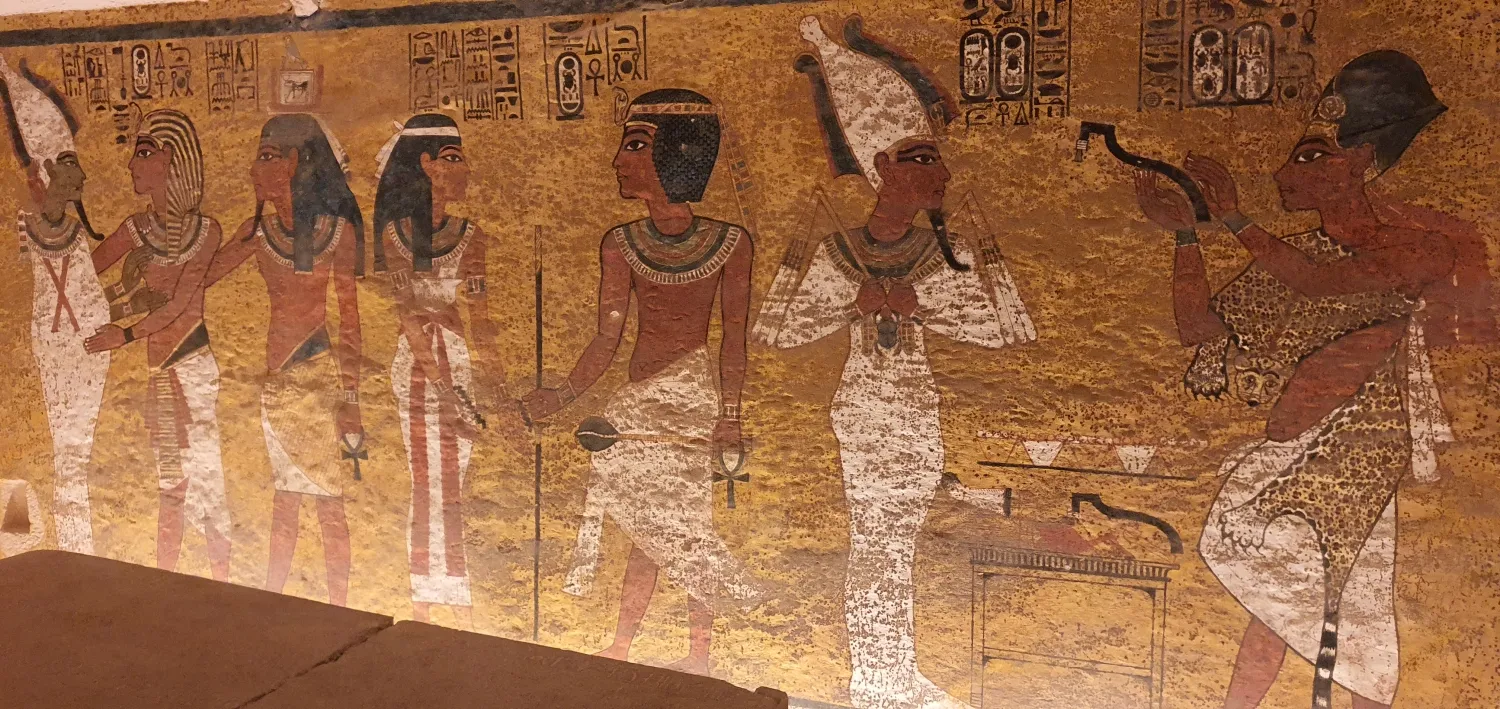
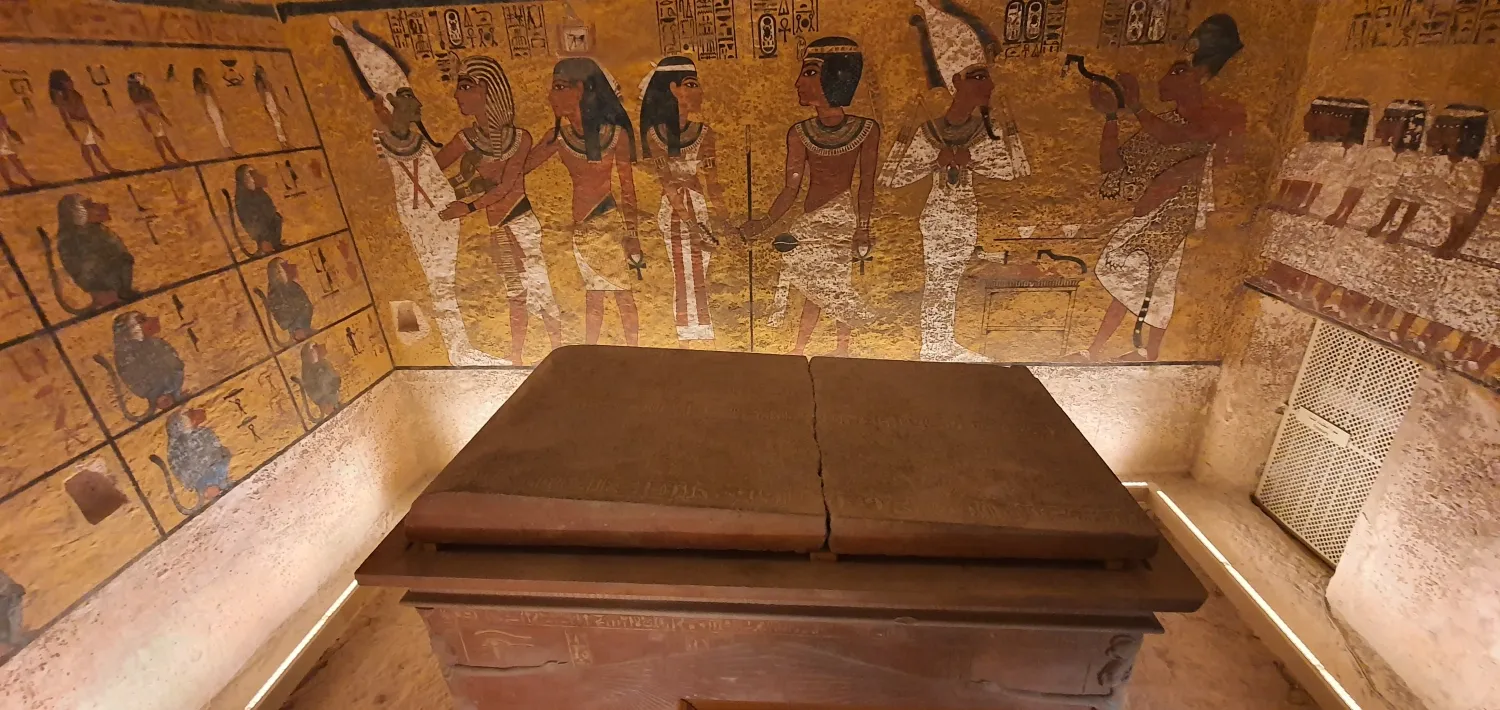
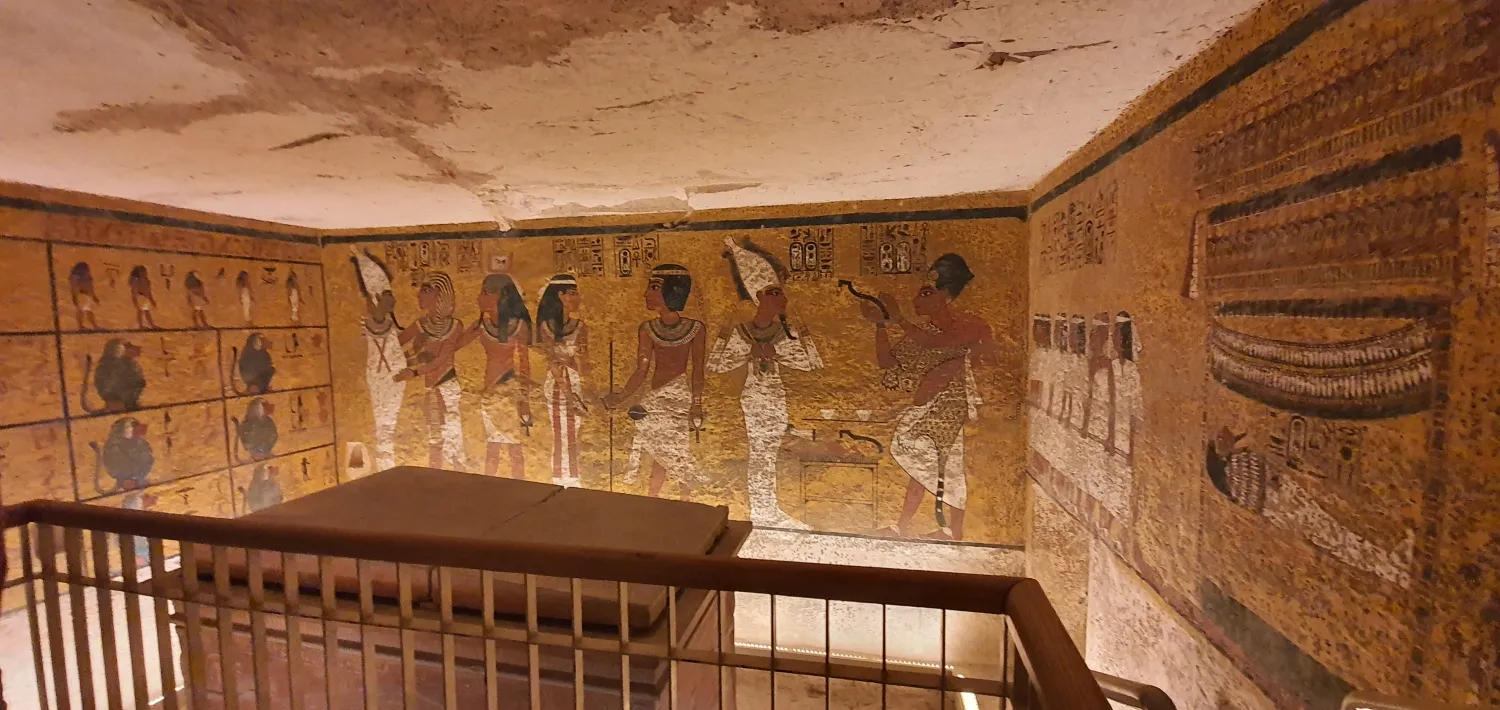
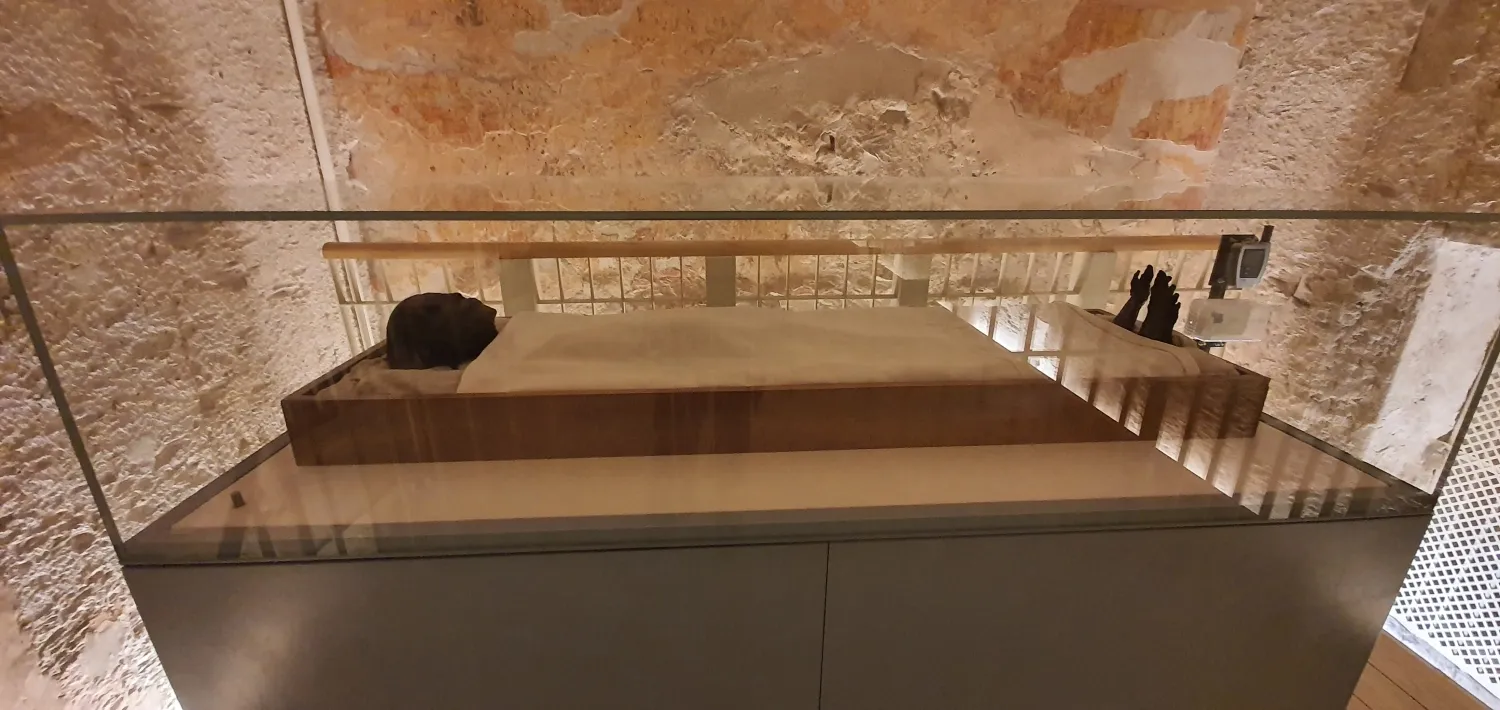
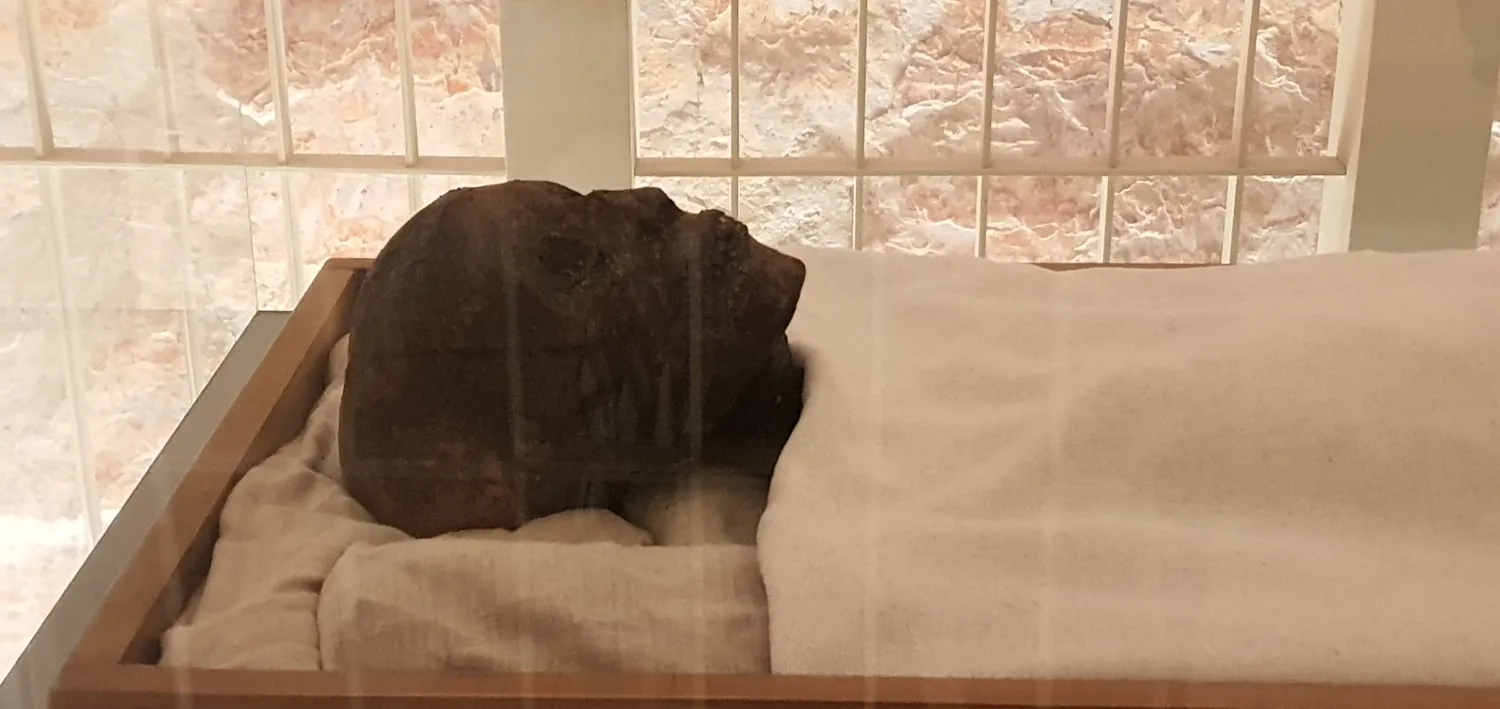
Colossi of Memnon
The two huge statues (each 18 metres tall) stand along the main road that leads to the Valley of the Kings. There is a parking area nearby, and no entrance fee.
The statues are very damaged; however, it is believed that originally they were identical to each other. They depict Amenhotep III with two small figures by his legs – his wife on one side and his mother on the other.
The statues stand at the entrance of the ruined mortuary temple of Amenhotep III – the largest temple complex in Ancient Egypt, covering 35 hectares. (At Amenhotep’s time, Karnak was smaller.)
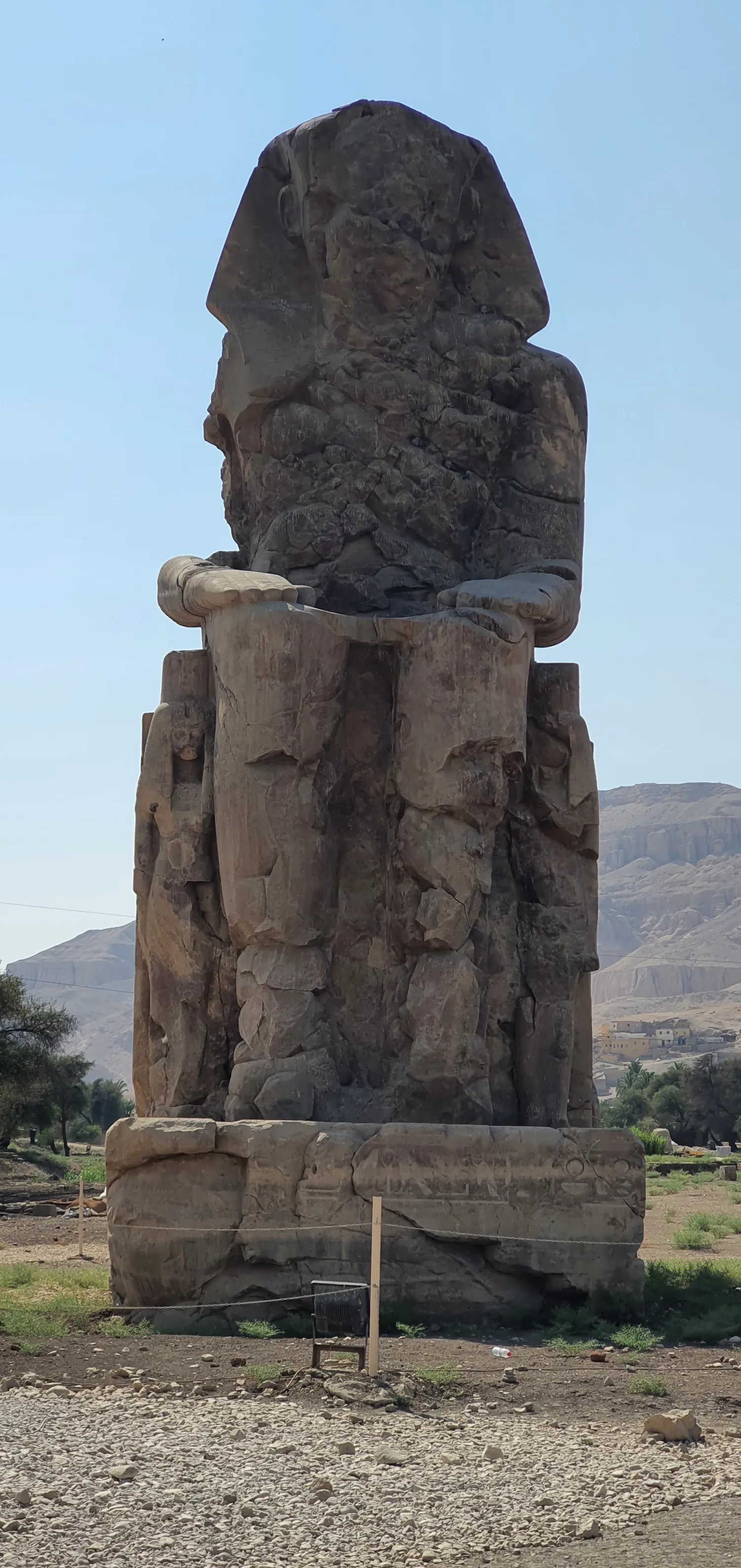
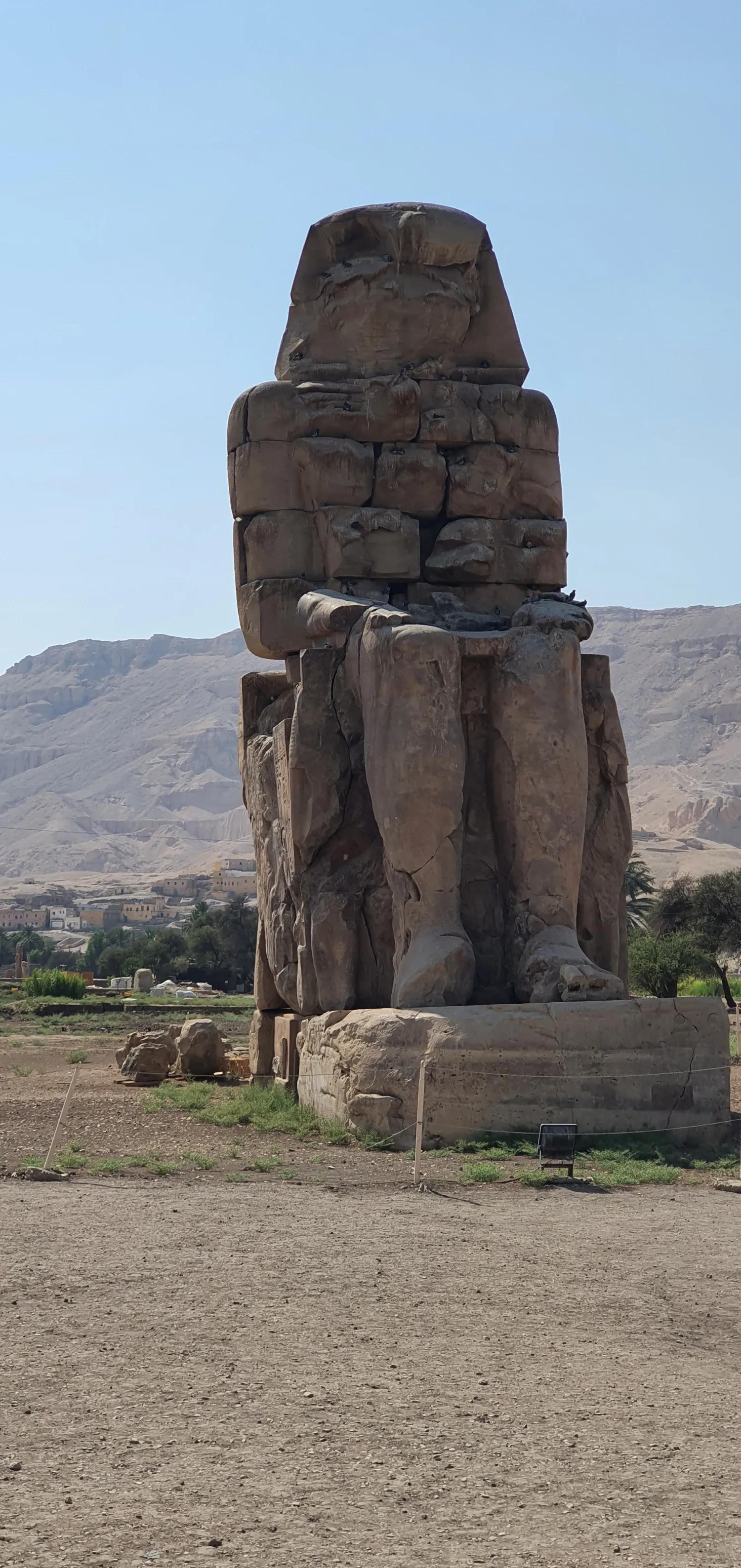
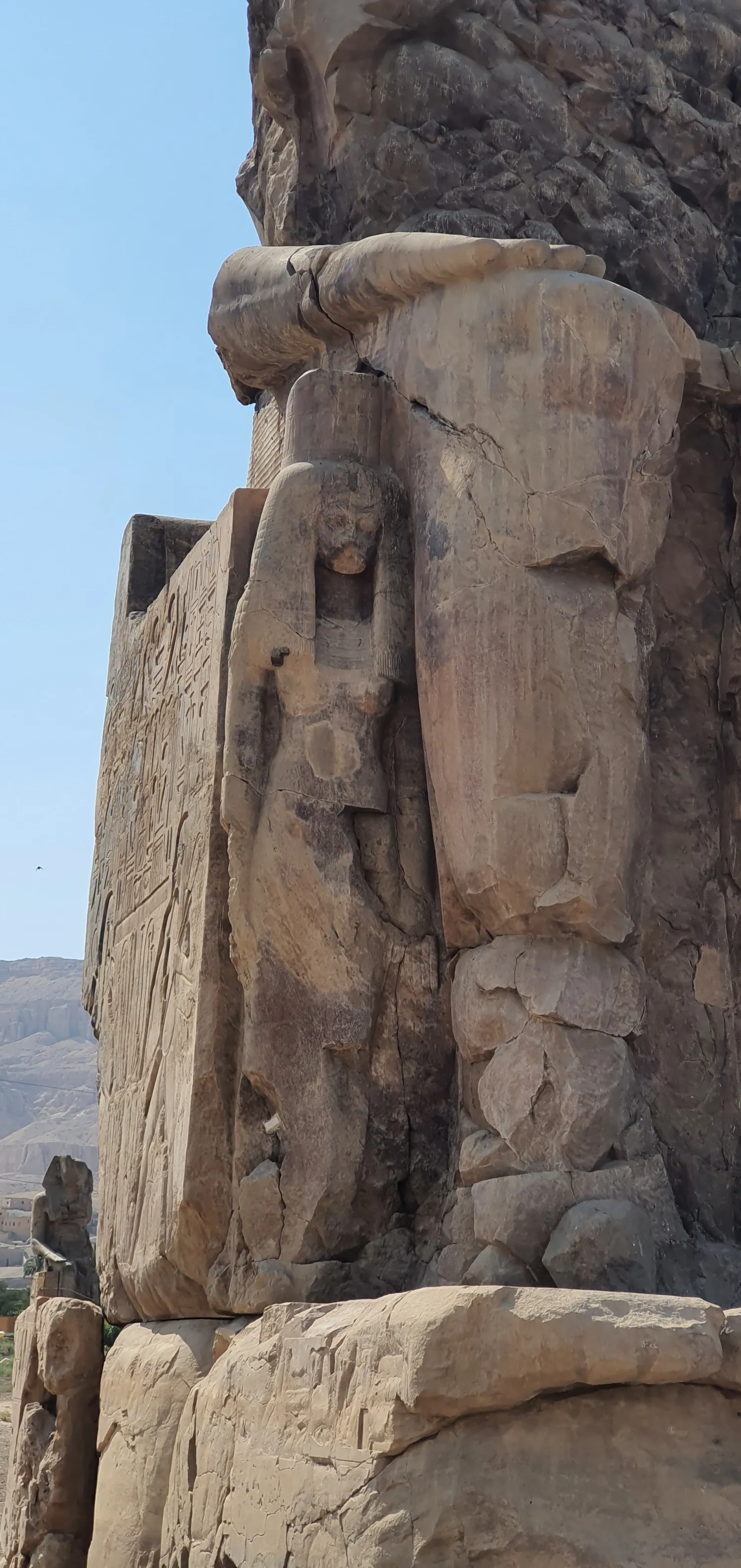
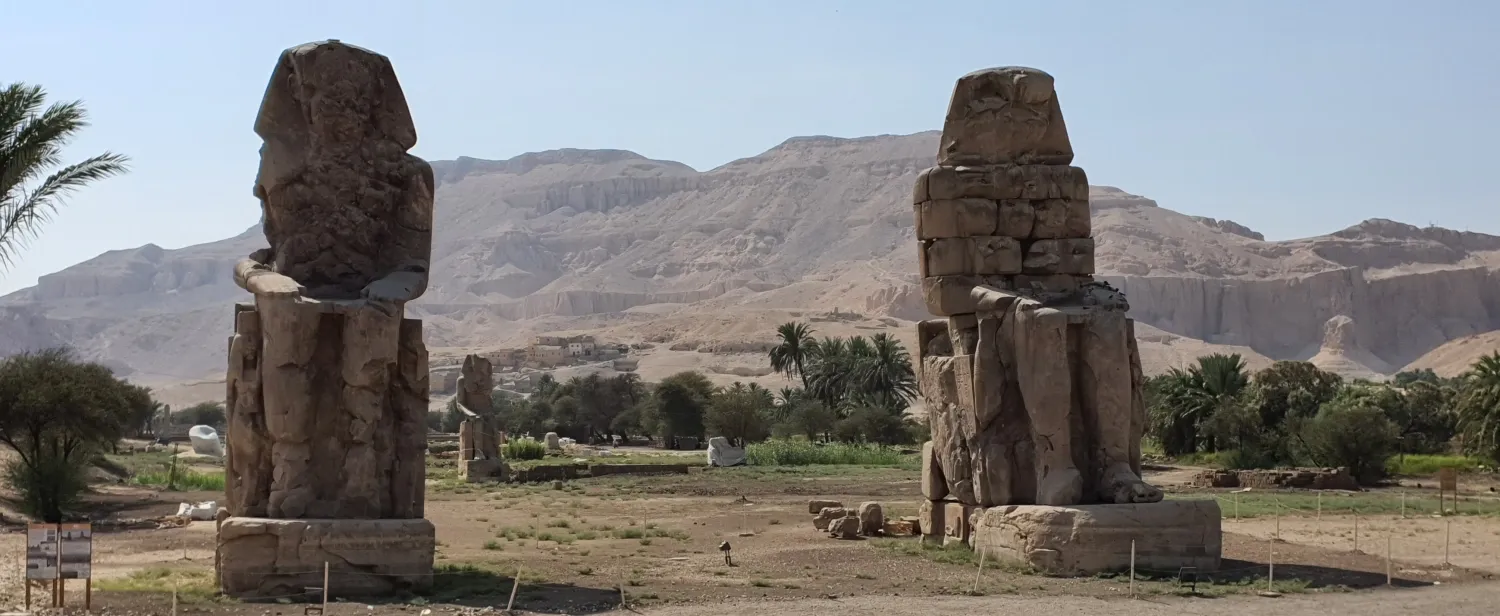
The Egyptian Museum
Obviously, we hoped that the new museum in Giza would be open when we went to Egypt, but it didn’t happen. The museum in Cairo looks really worn out, and you can tell that many things are missing from there. Still, the museum is a historic place in itself and worth visiting while it is still functioning as the main Egyptian Museum in Egypt.
The information is true at the time of writing, and hopefully not for much longer.
The Egyptian Museum in Cairo is the oldest archaeological museum in the Middle East and houses the largest collection of Pharaonic antiquities in the world.

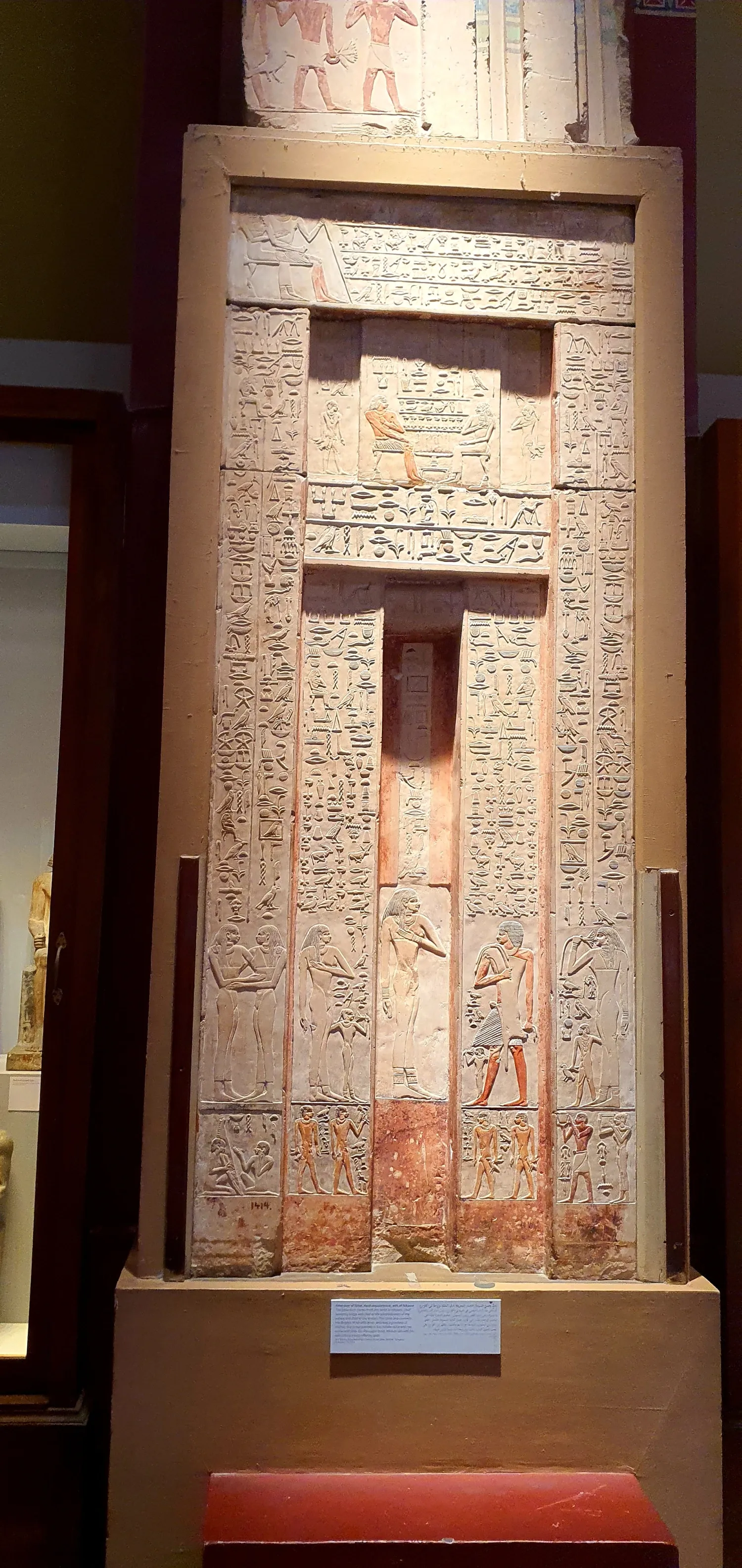
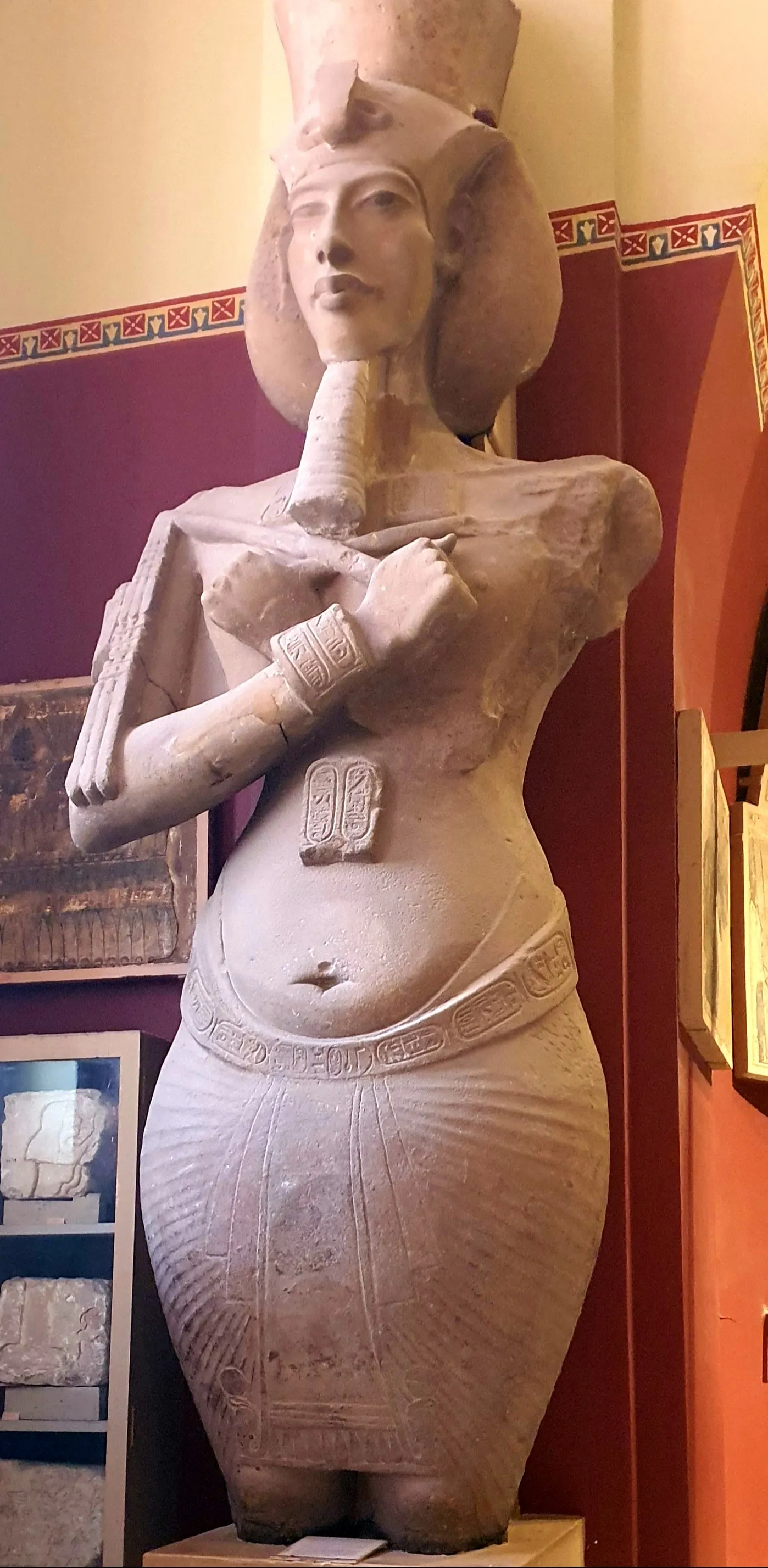
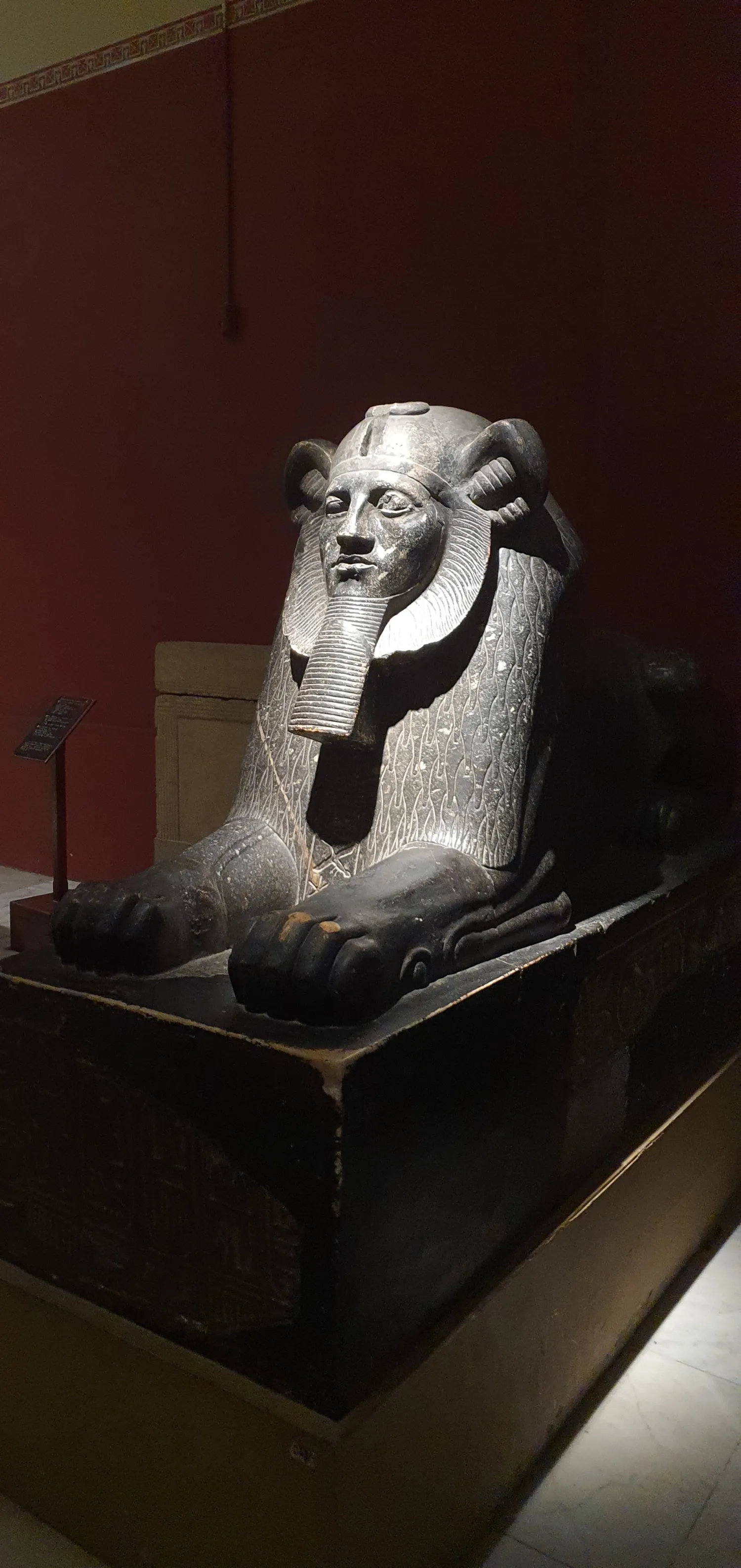
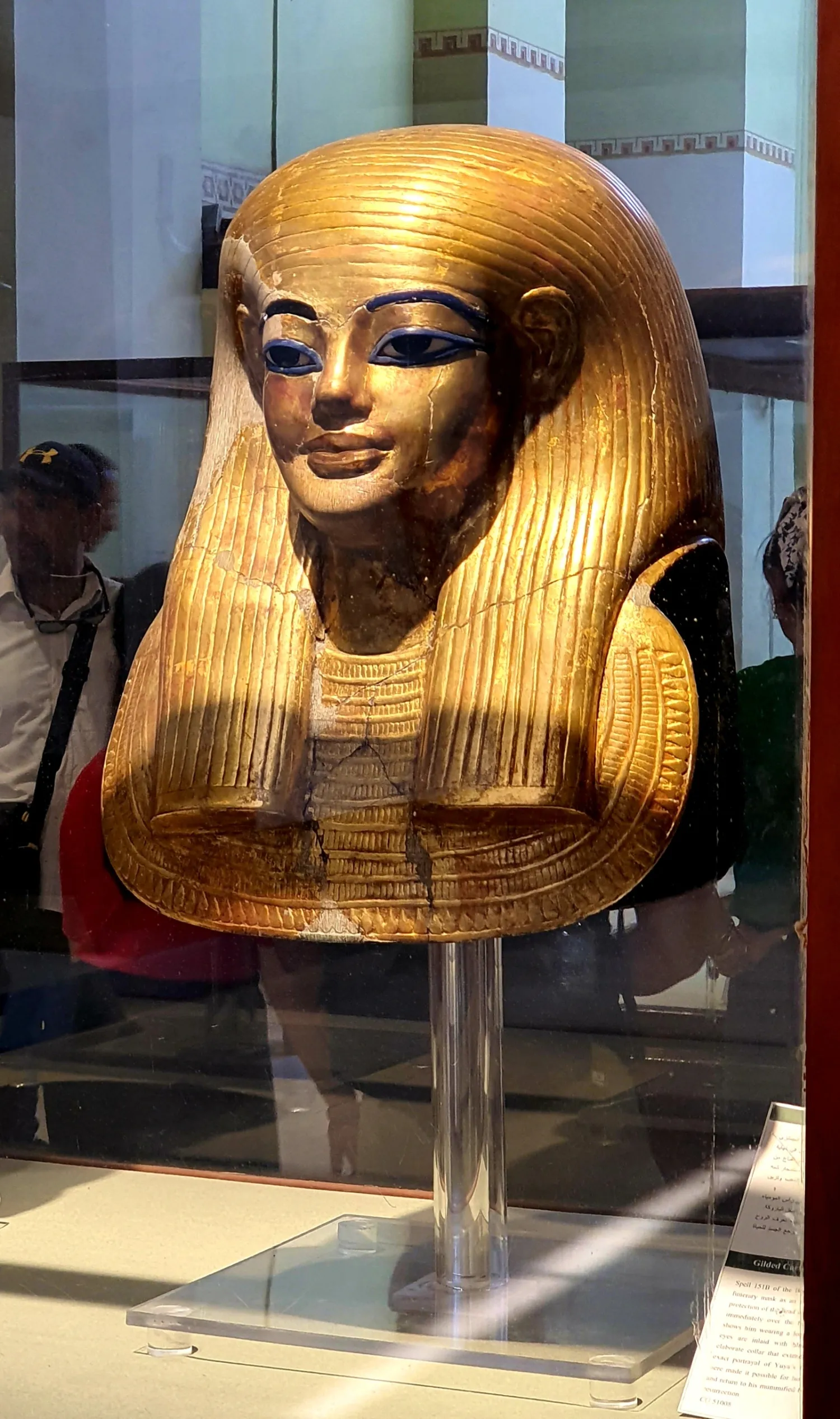
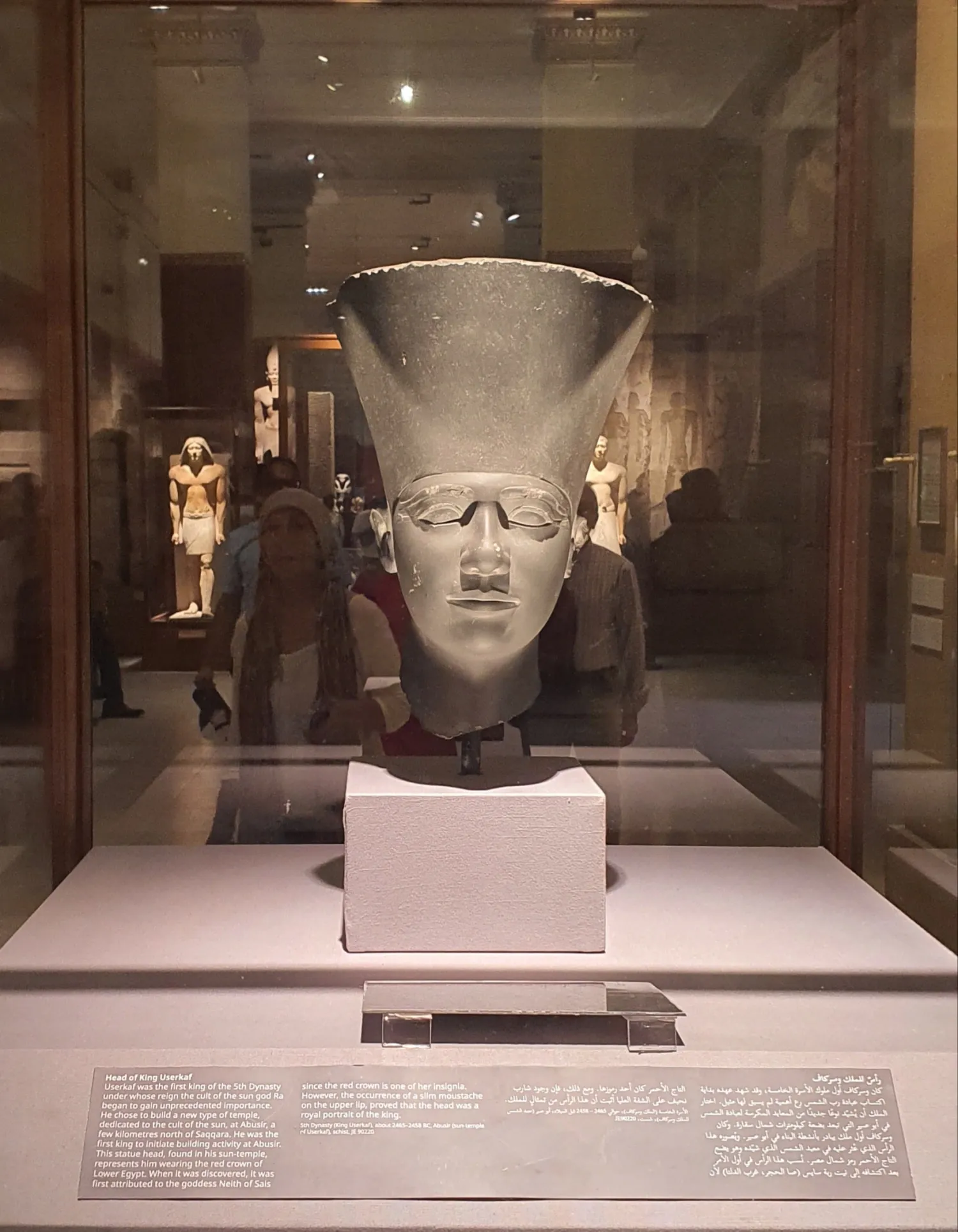
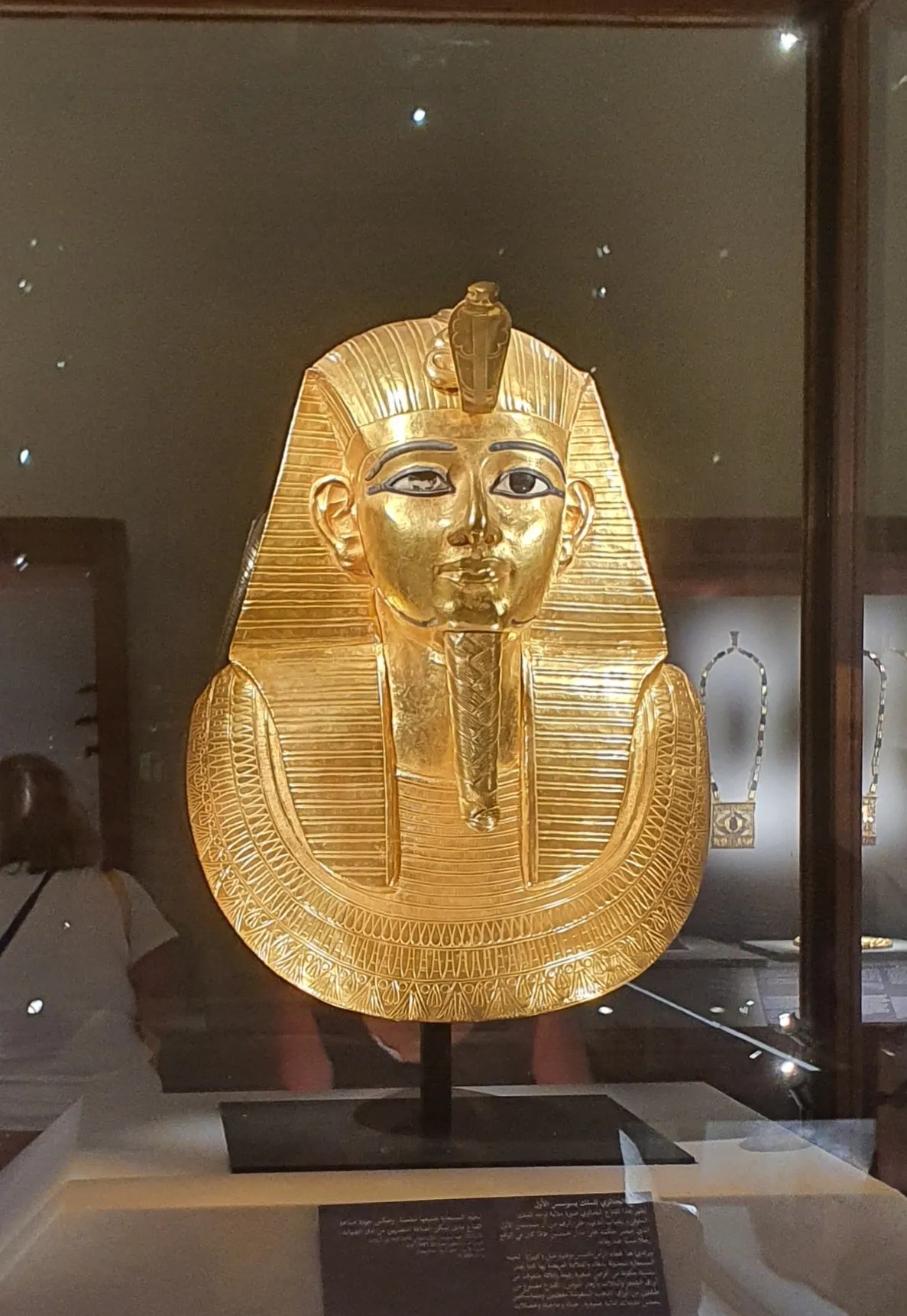
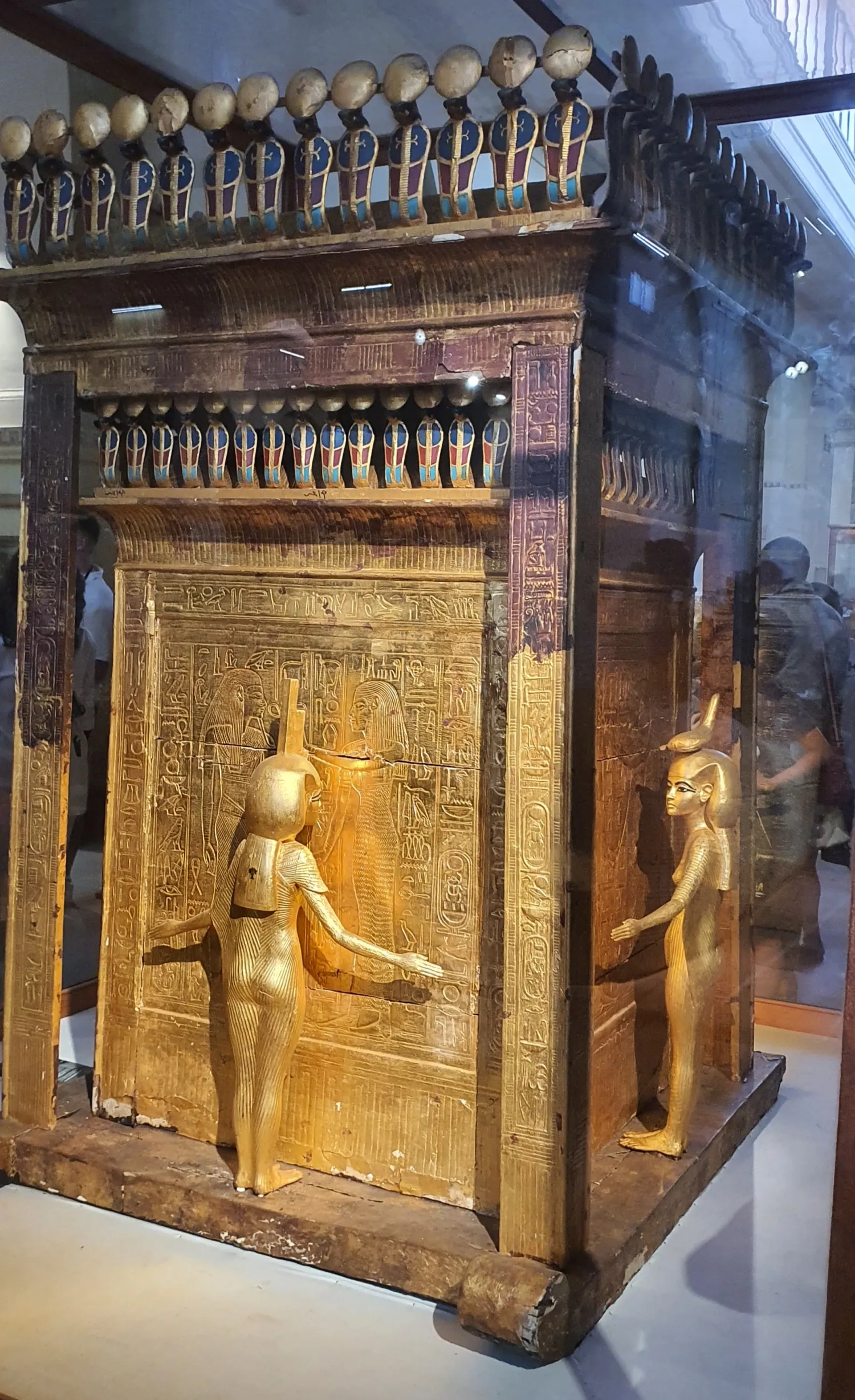
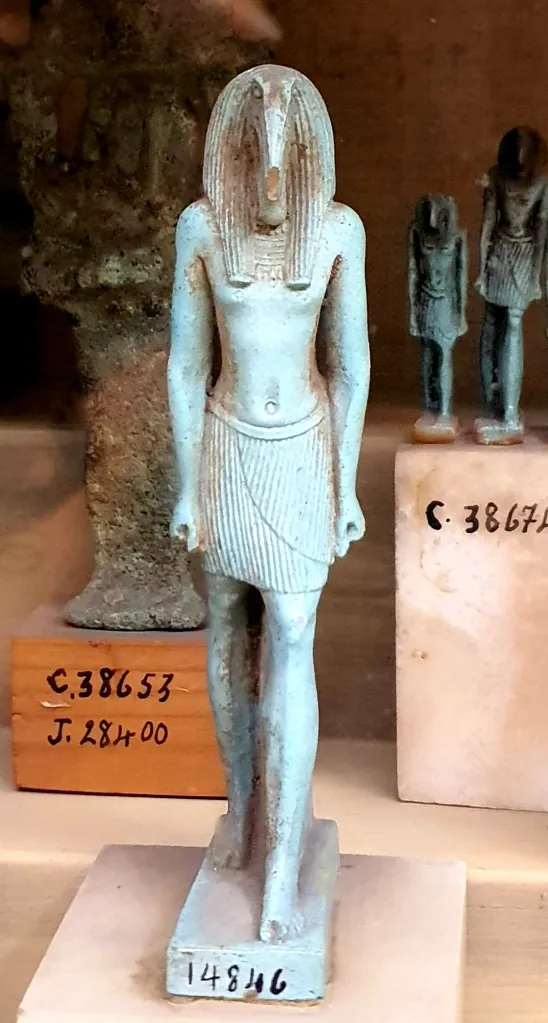
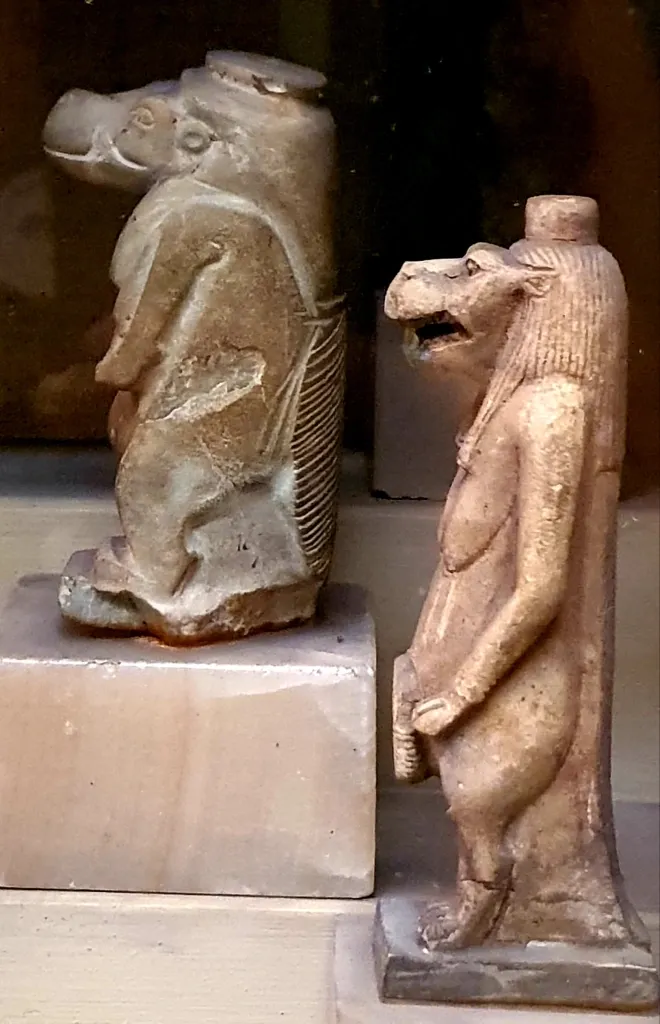
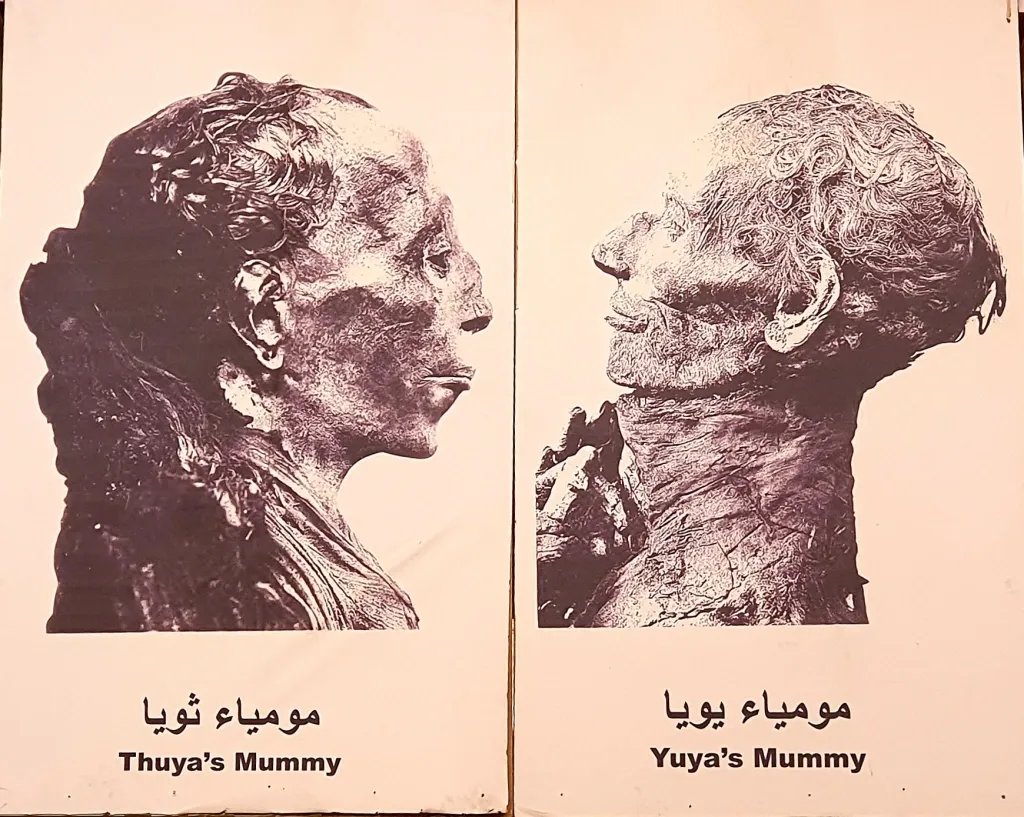
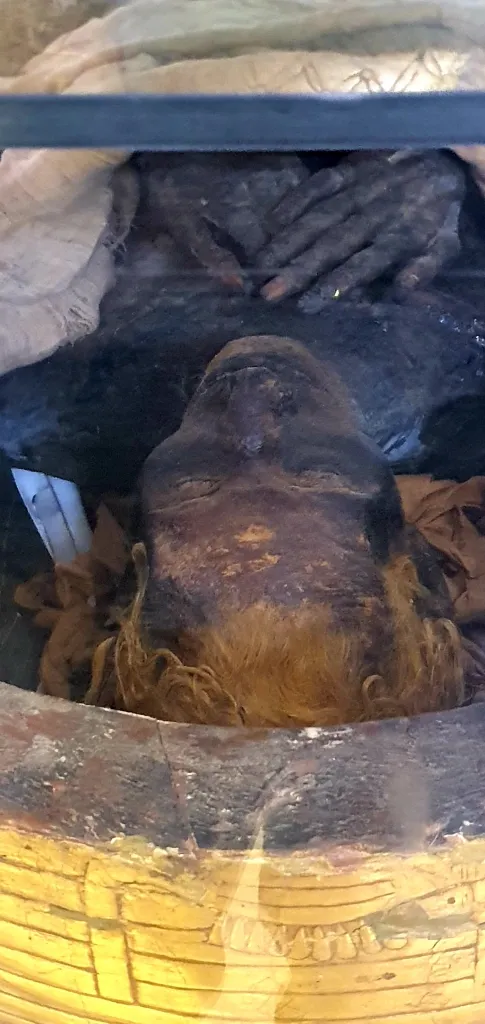
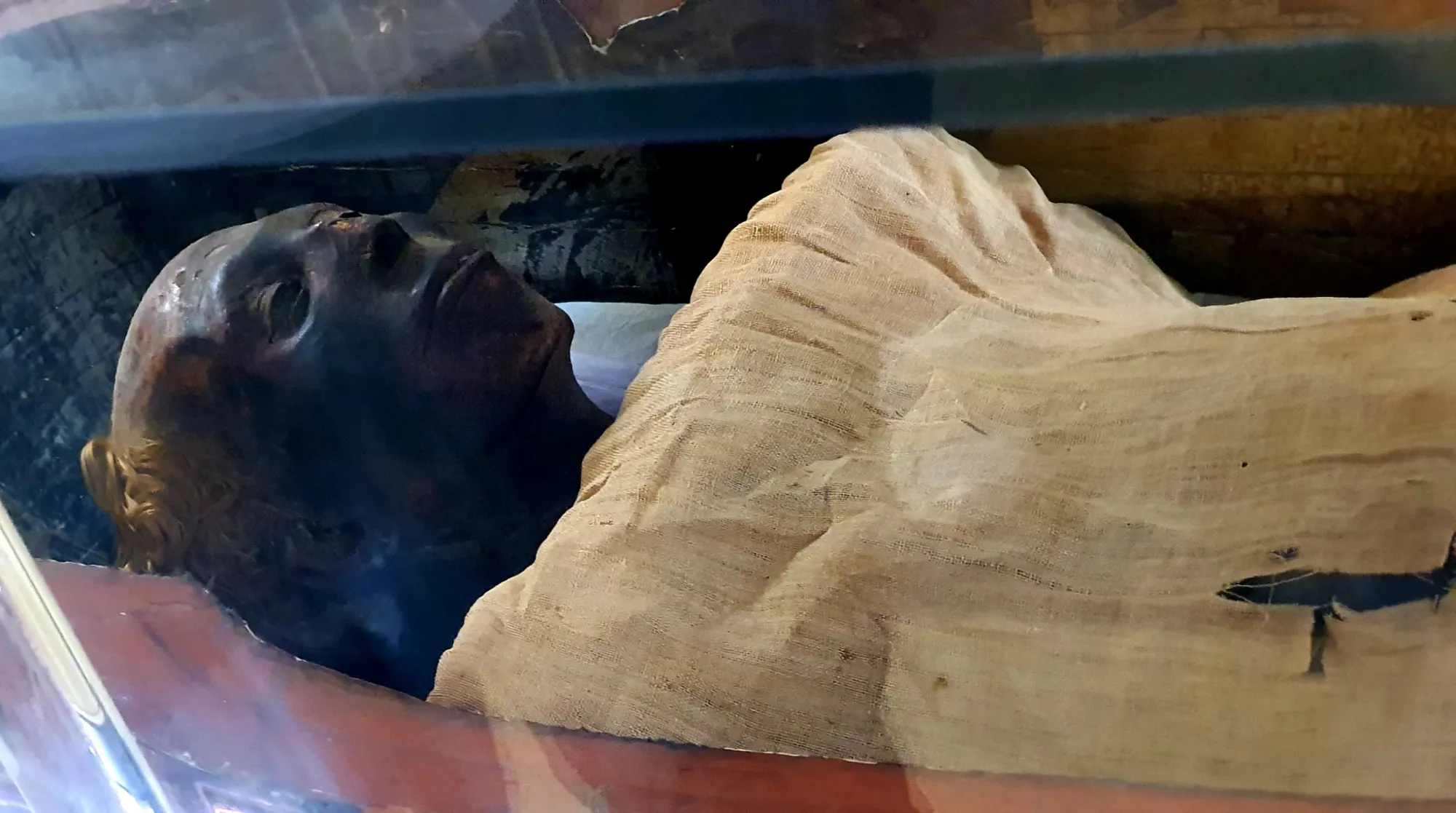
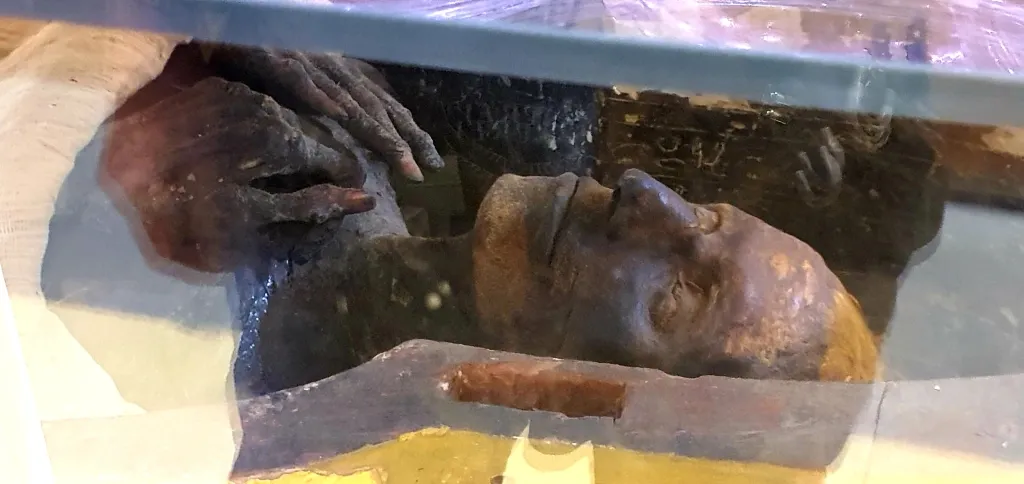
Giza
“Pharaoh Khufu began the first Giza pyramid project, circa 2550 B.C. His Great Pyramid is the largest in Giza and towers some 481 feet (147 meters) above the plateau. Its estimated 2.3 million stone blocks each weigh an average of 2.5 to 15 tons.
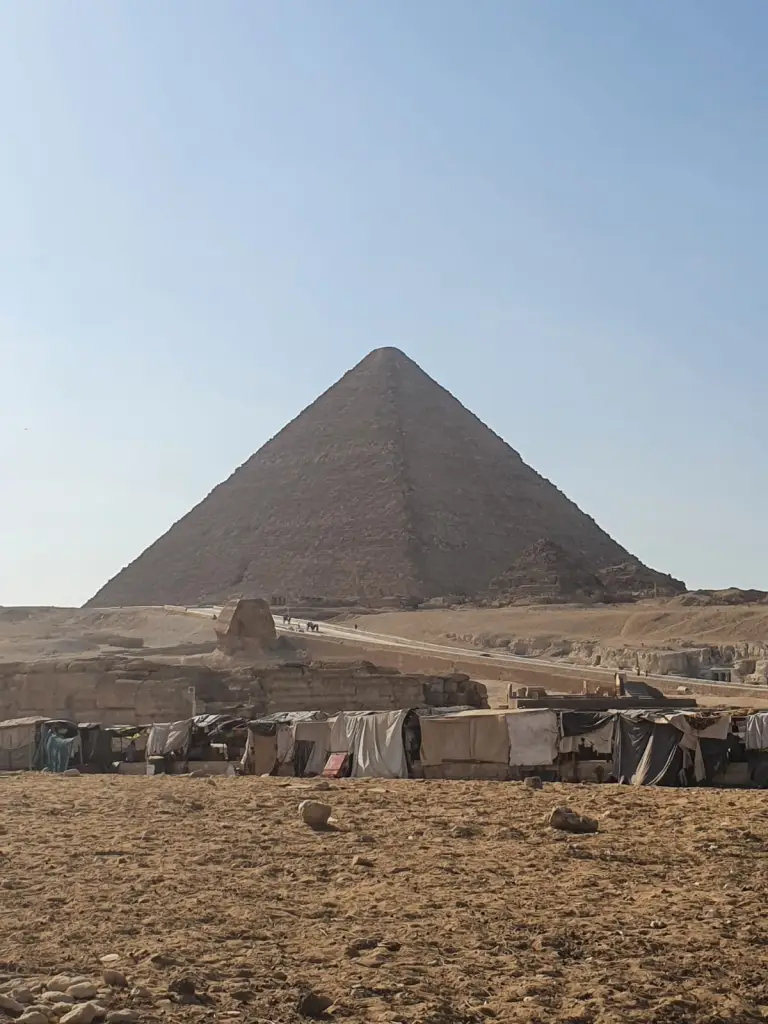
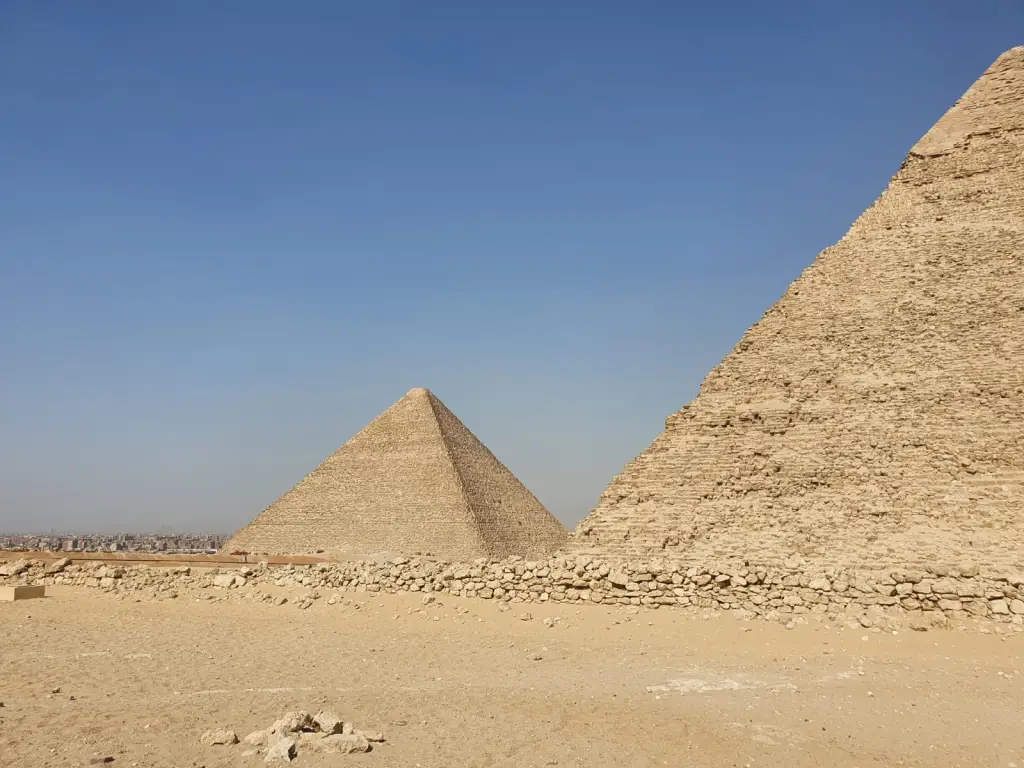
Khufu’s son, Pharaoh Khafre, built the second pyramid at Giza, circa 2520 B.C. His necropolis also included the Sphinx, a mysterious limestone monument with the body of a lion and a pharaoh’s head. The Sphinx may stand sentinel for the pharaoh’s entire tomb complex.
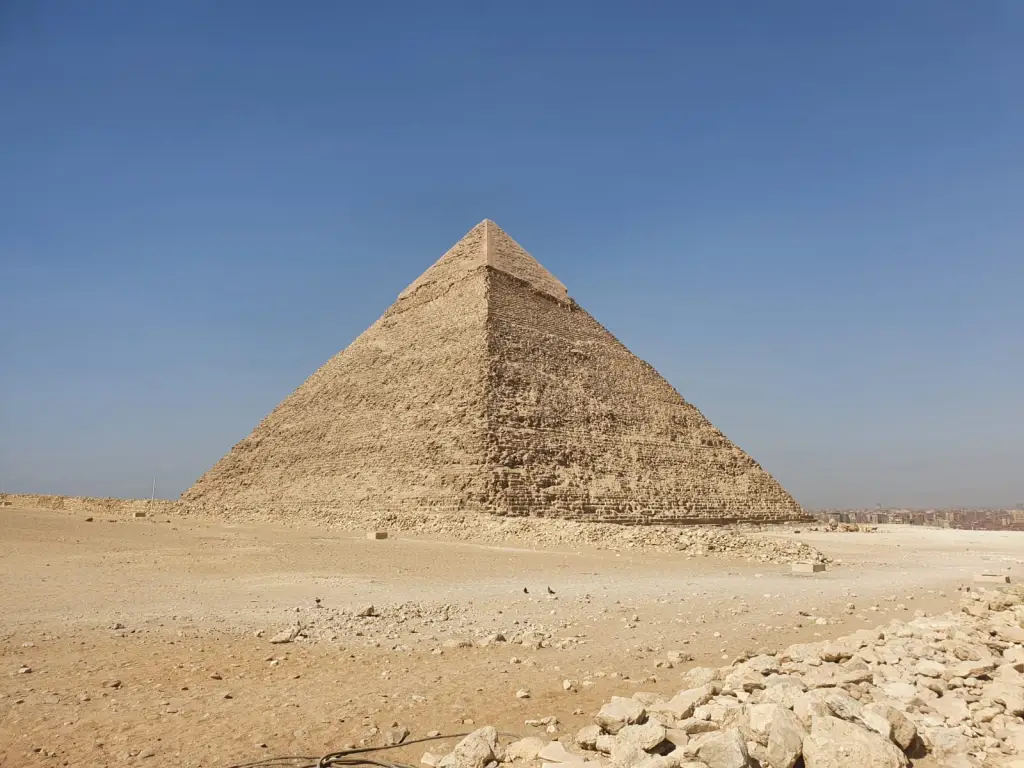

The third of the Giza Pyramids is considerably smaller than the first two. Built by Pharaoh Menkaure circa 2490 B.C., it featured a much more complex mortuary temple.” National Geographic
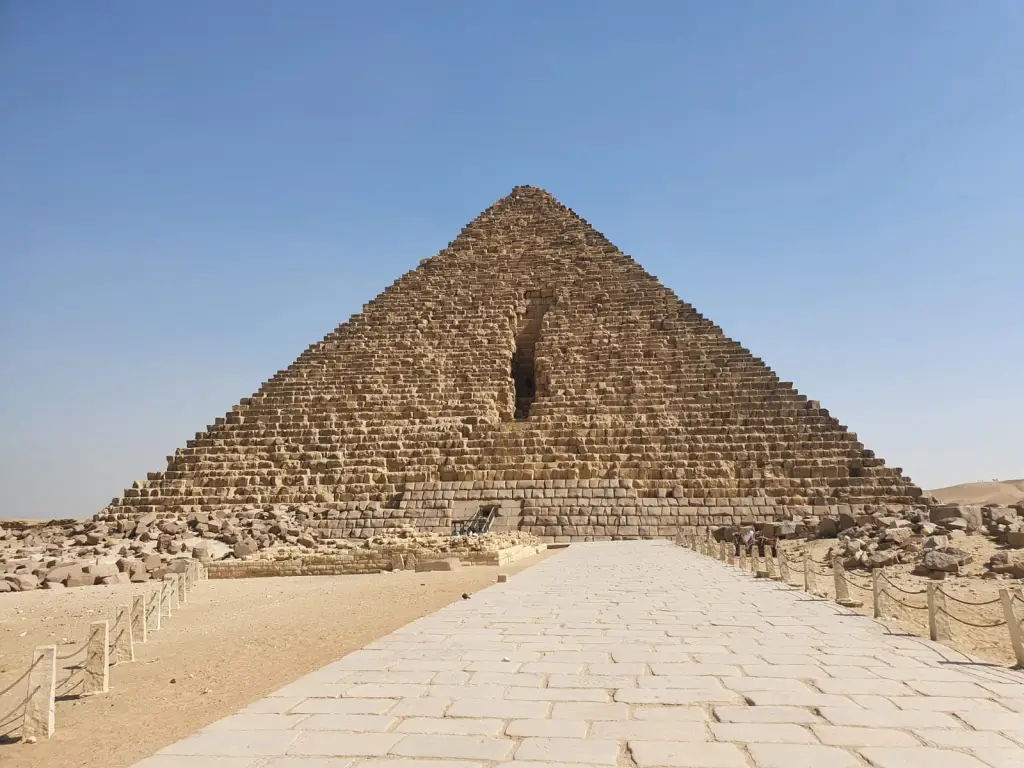
The Giza complex from the front :
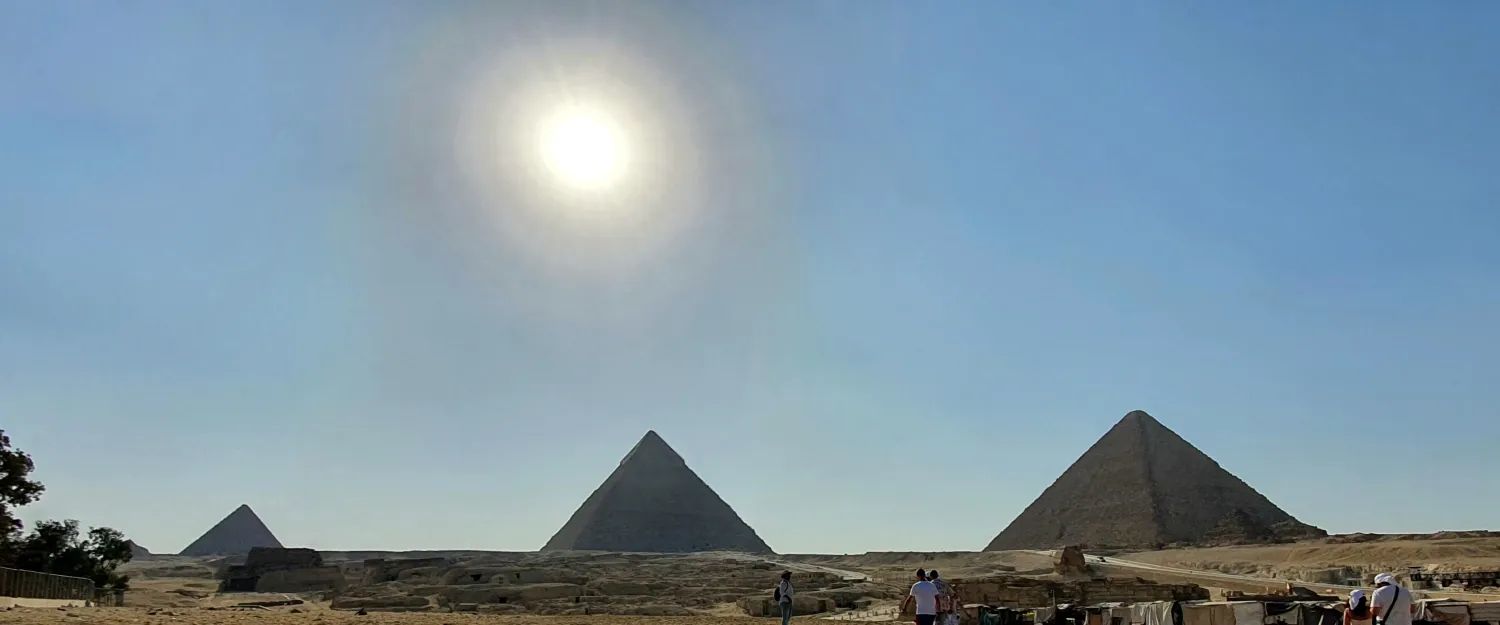
The photo and photos of the pyramids above were taken late in the afternoon – the sun was behind the pyramids, and it was impossible to take a good photo of the complex. My advice is to go there in the morning; the site is open from 7am. The afternoon can be spent in the museum.
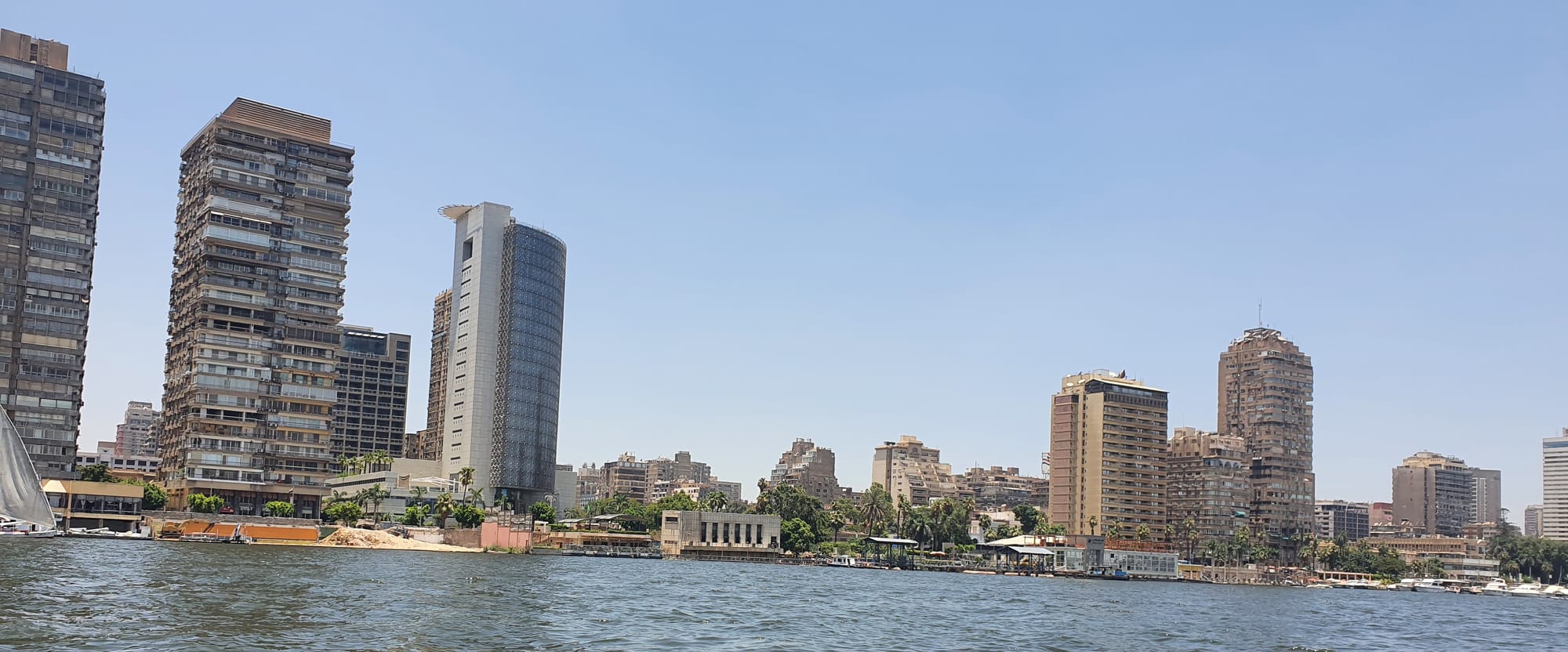
For flight prices, check trip.com, as they have better prices than Booking.com. It’s also worth checking with them for hotel prices.
The best eSIM card:



